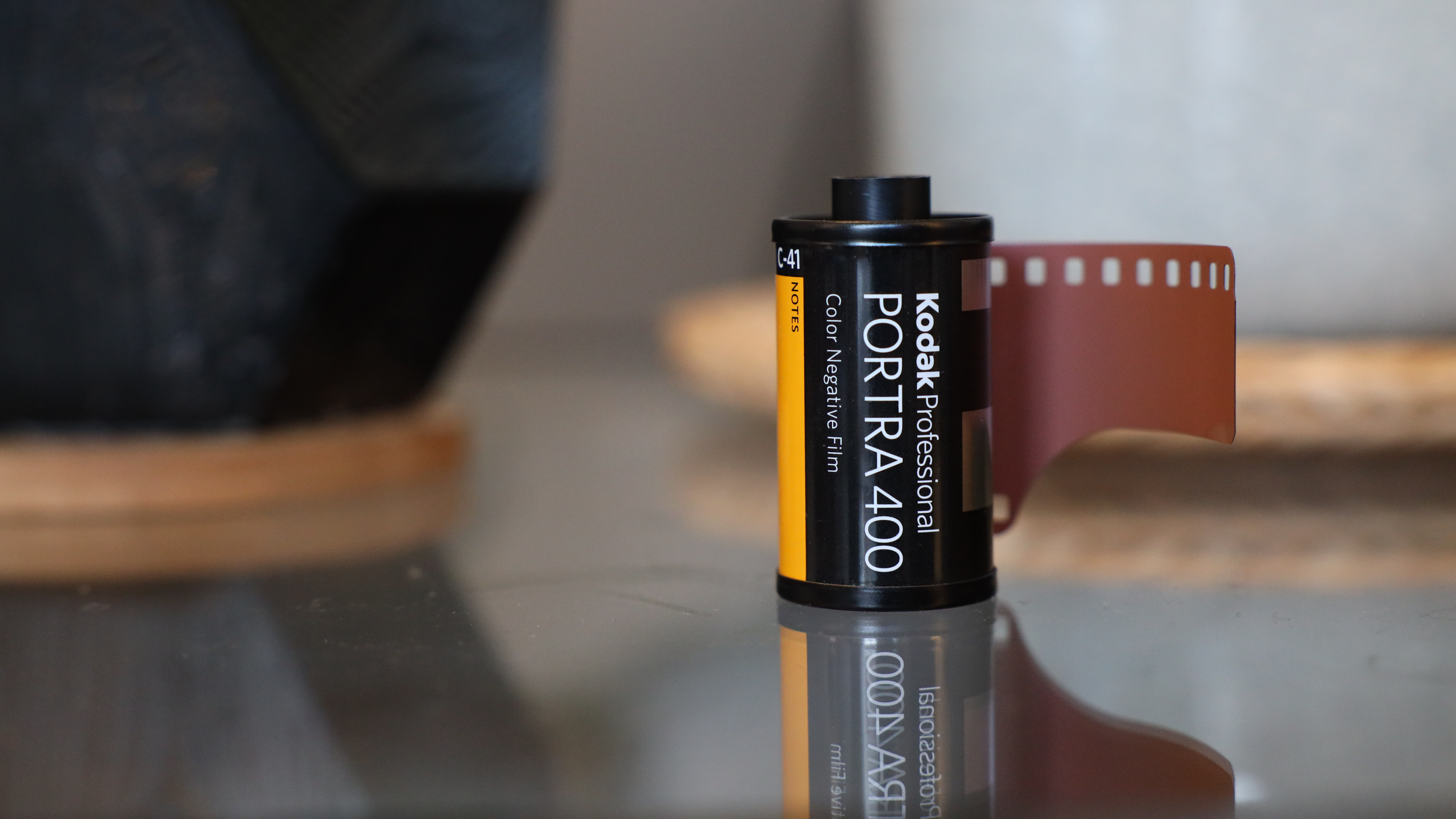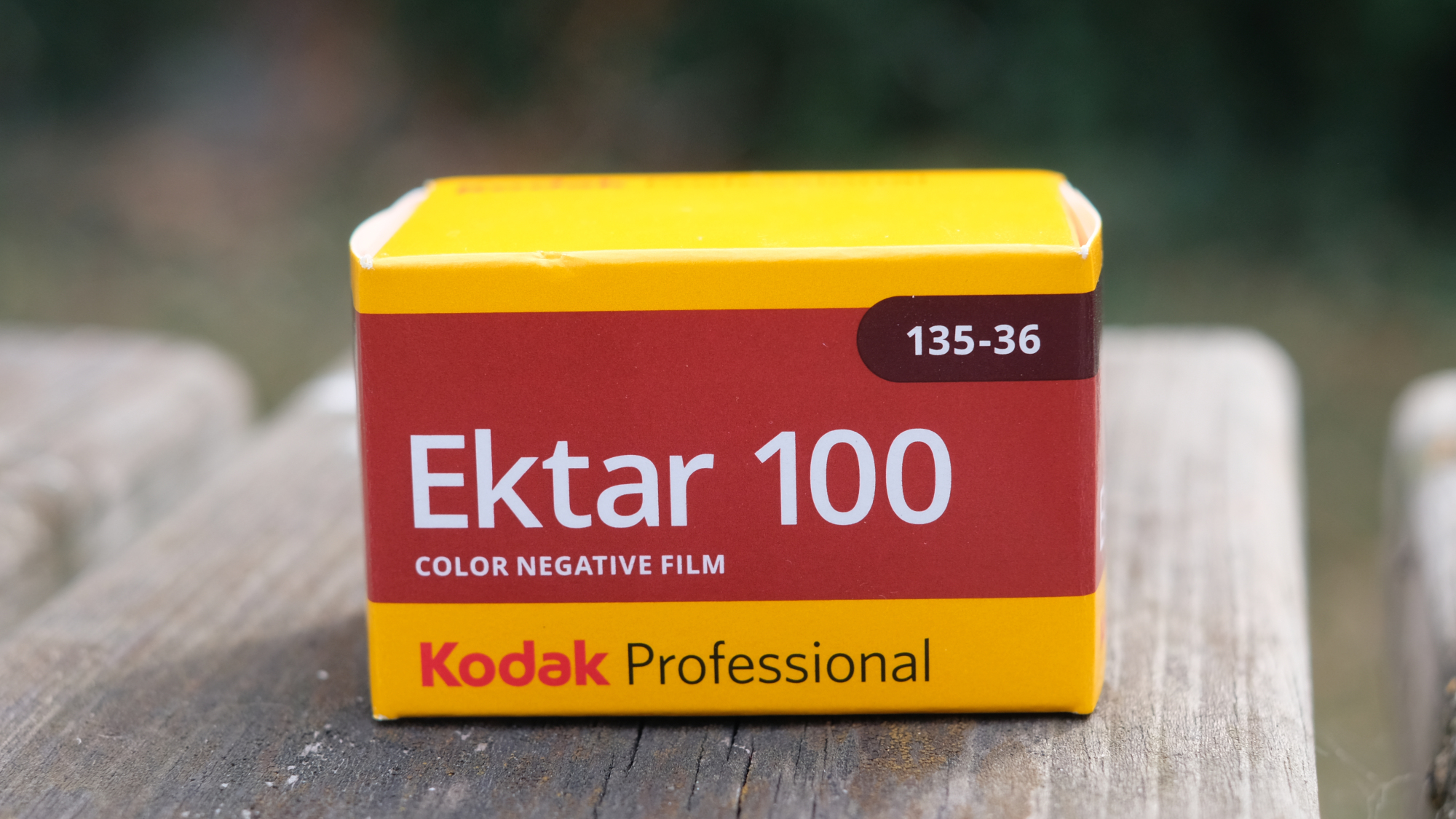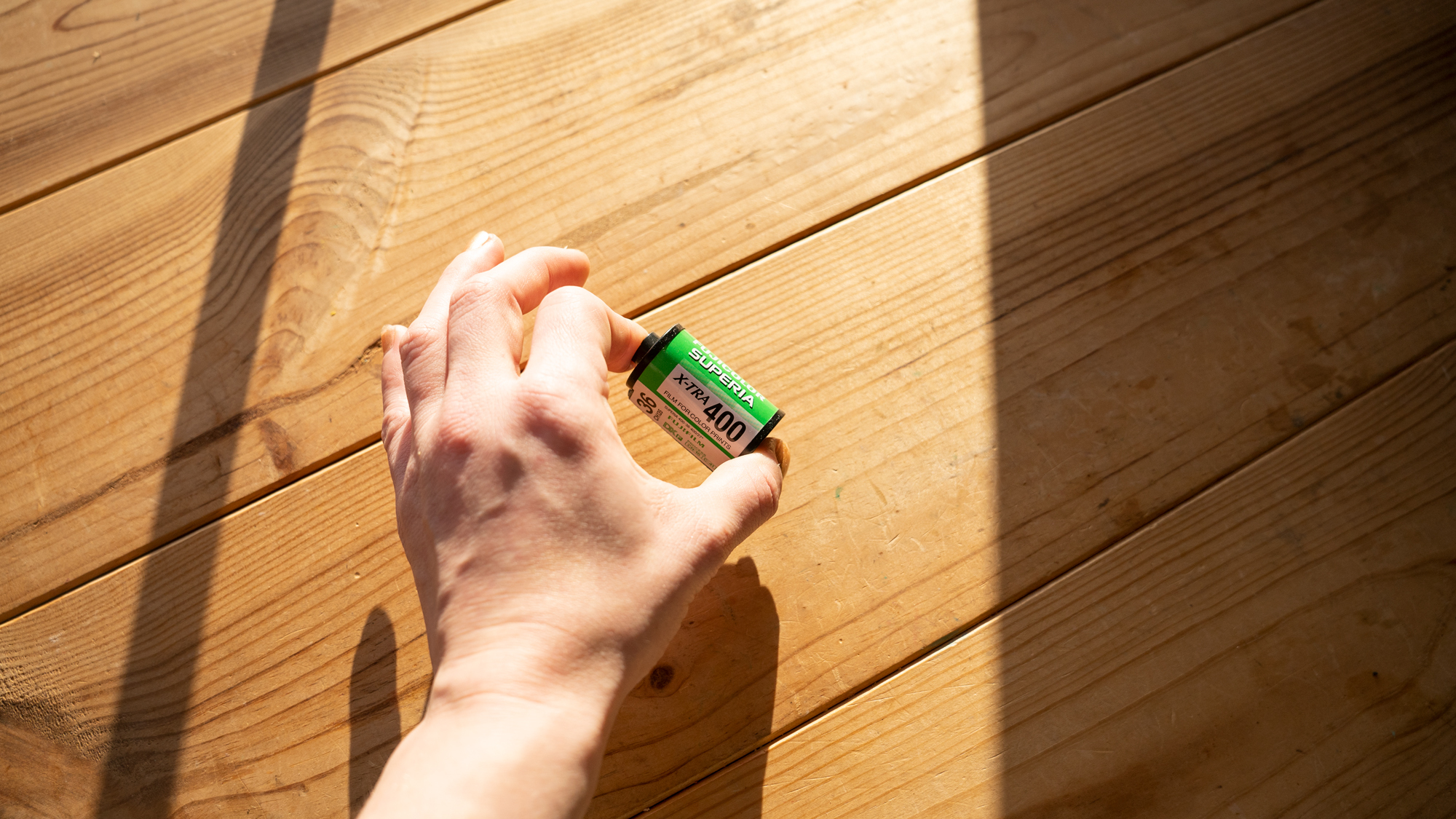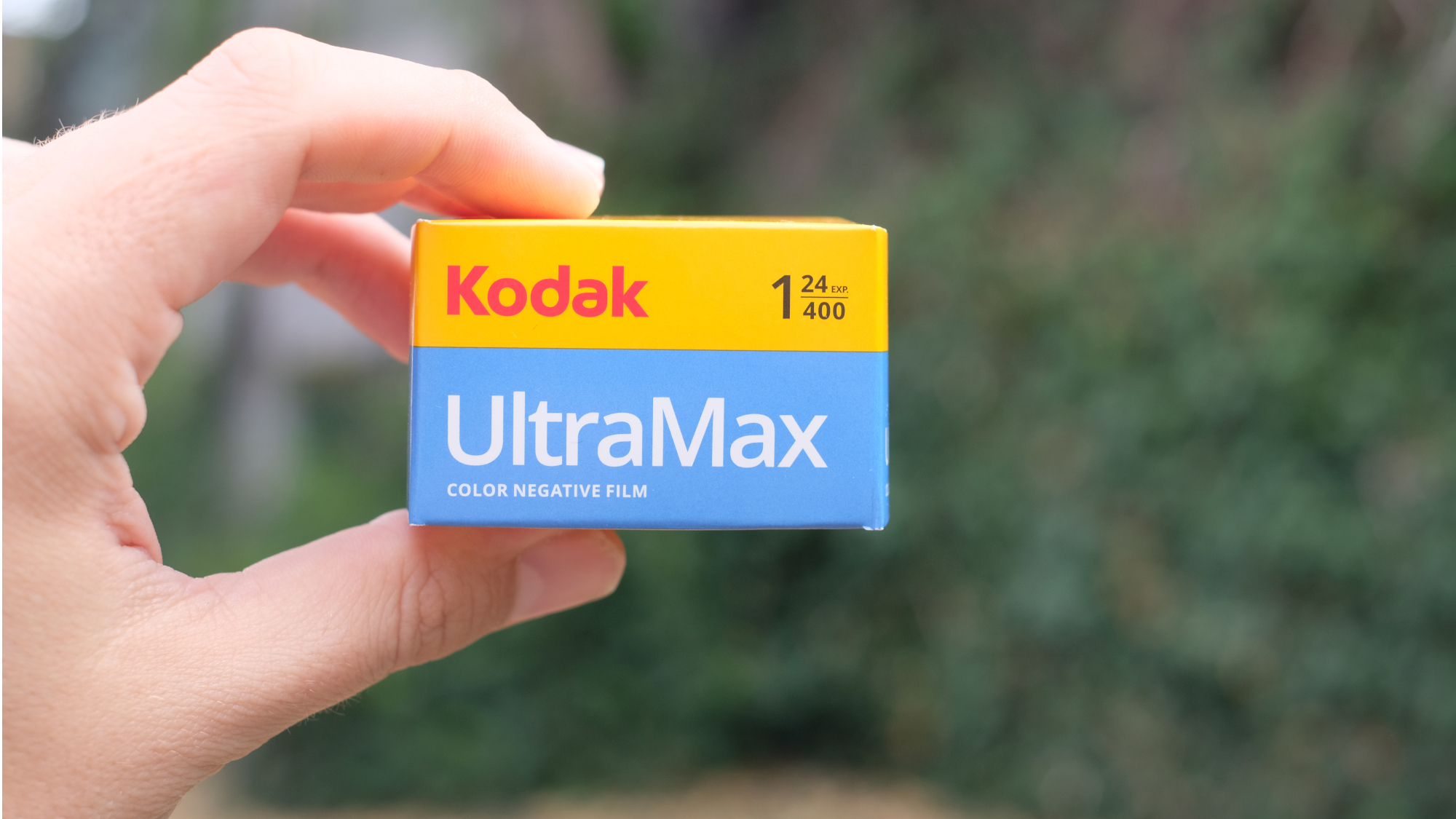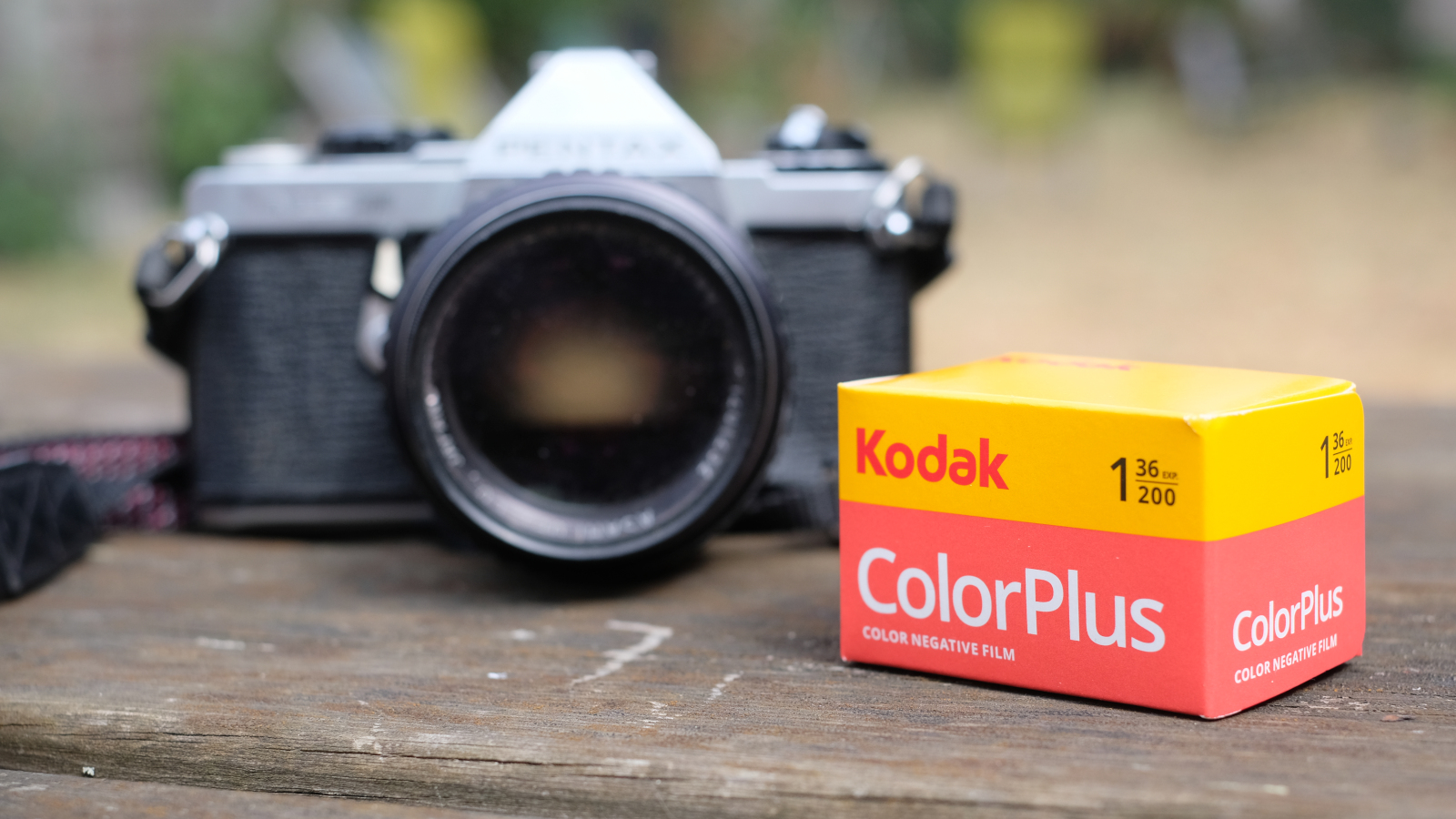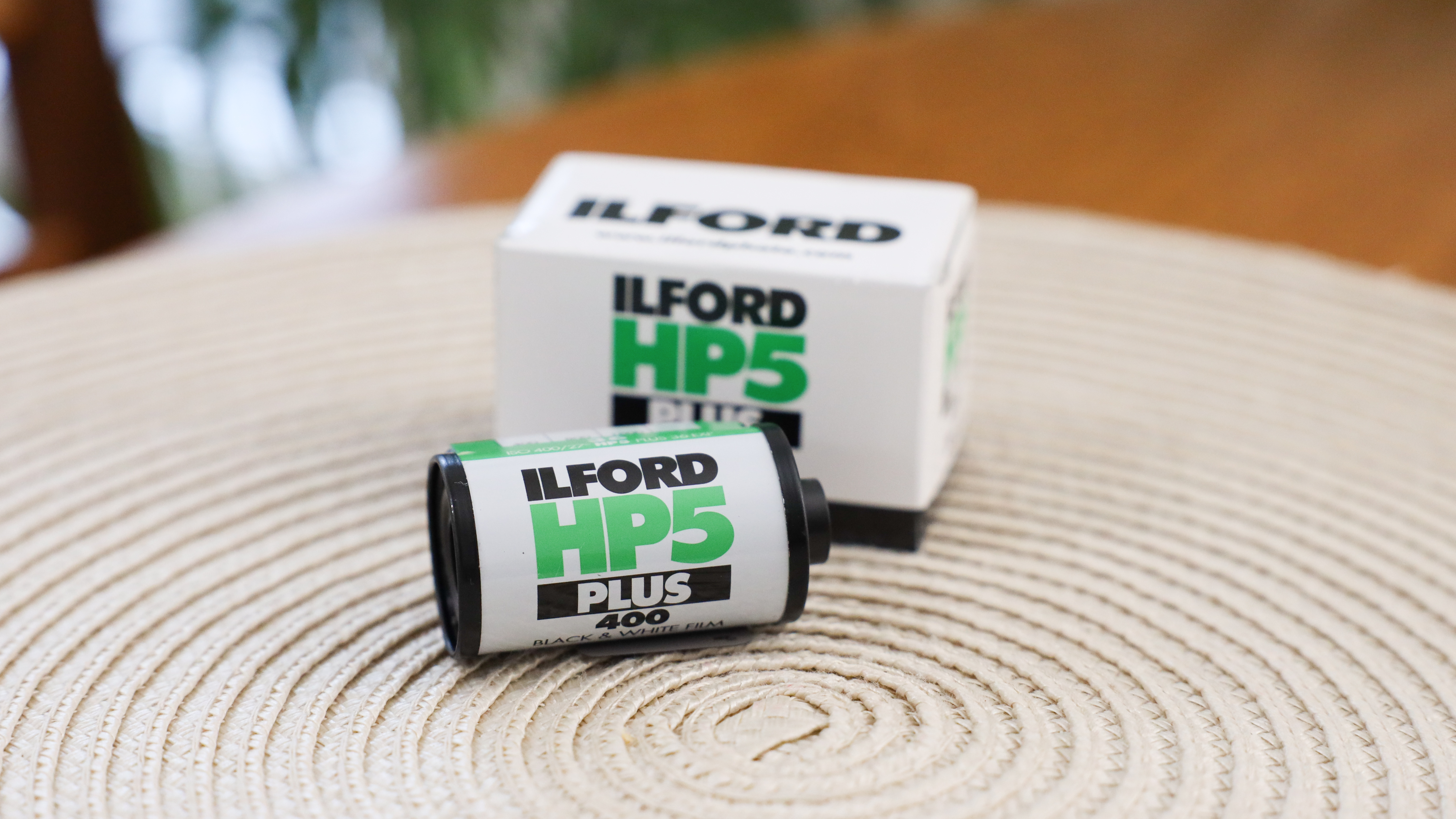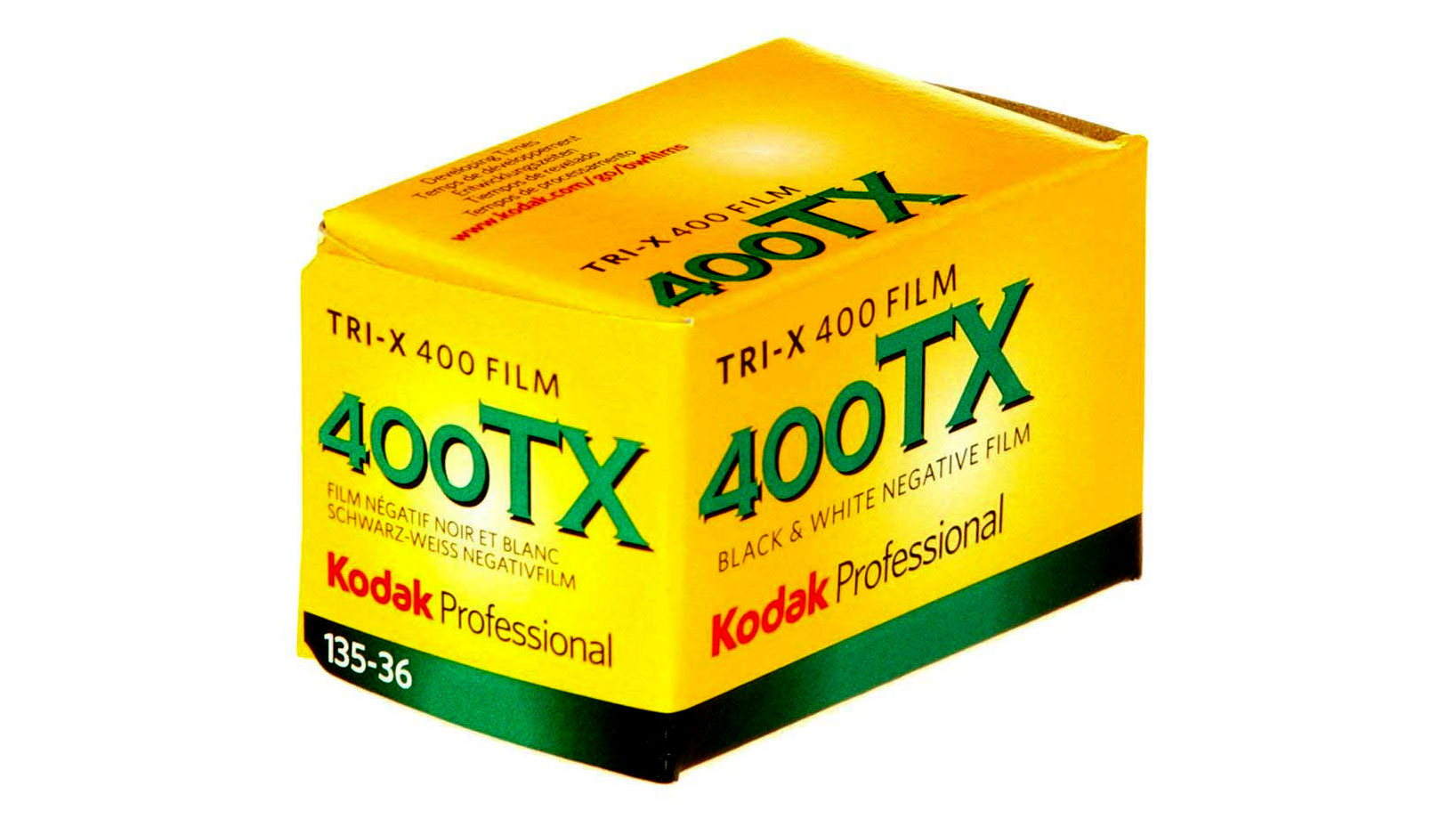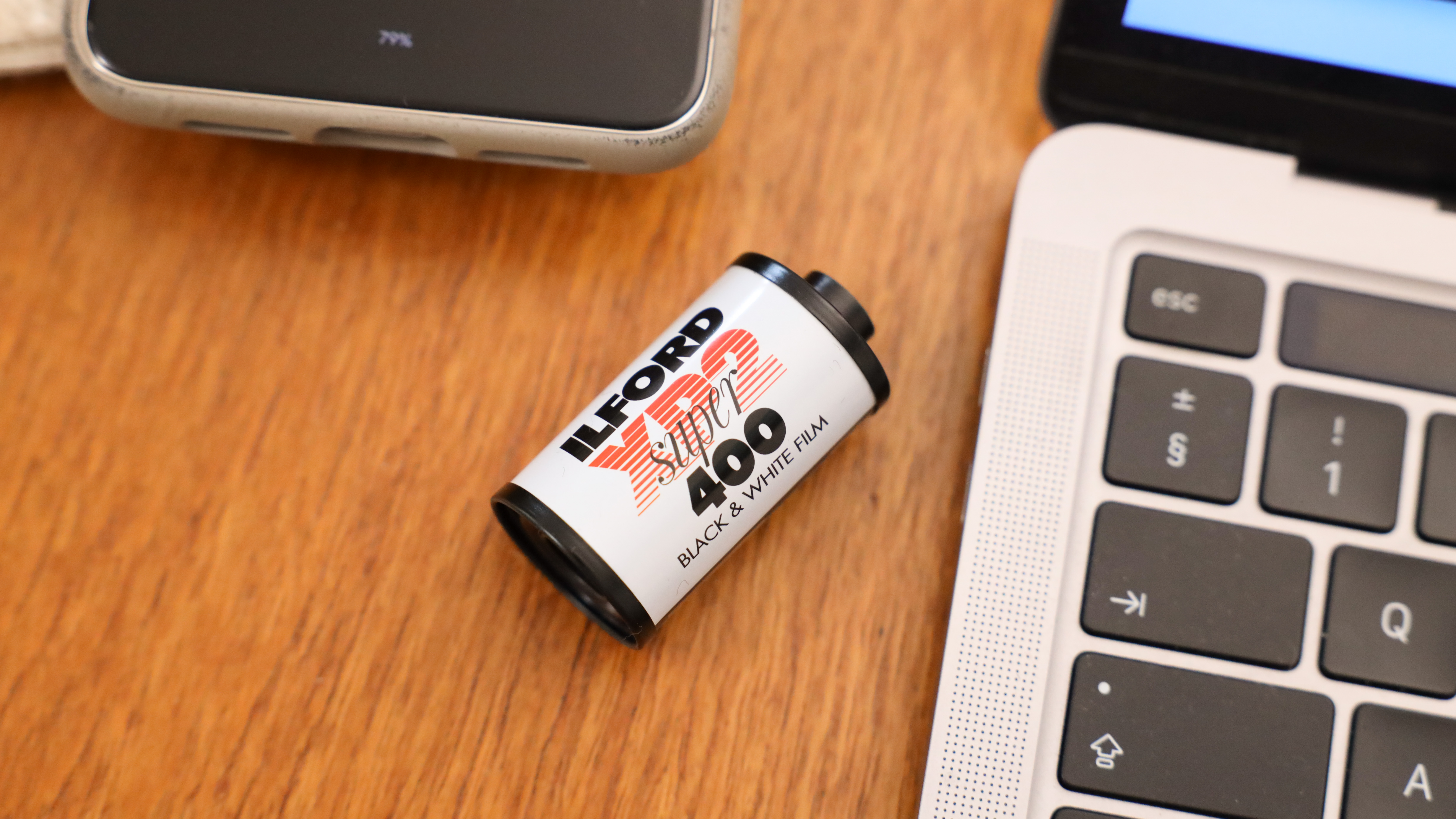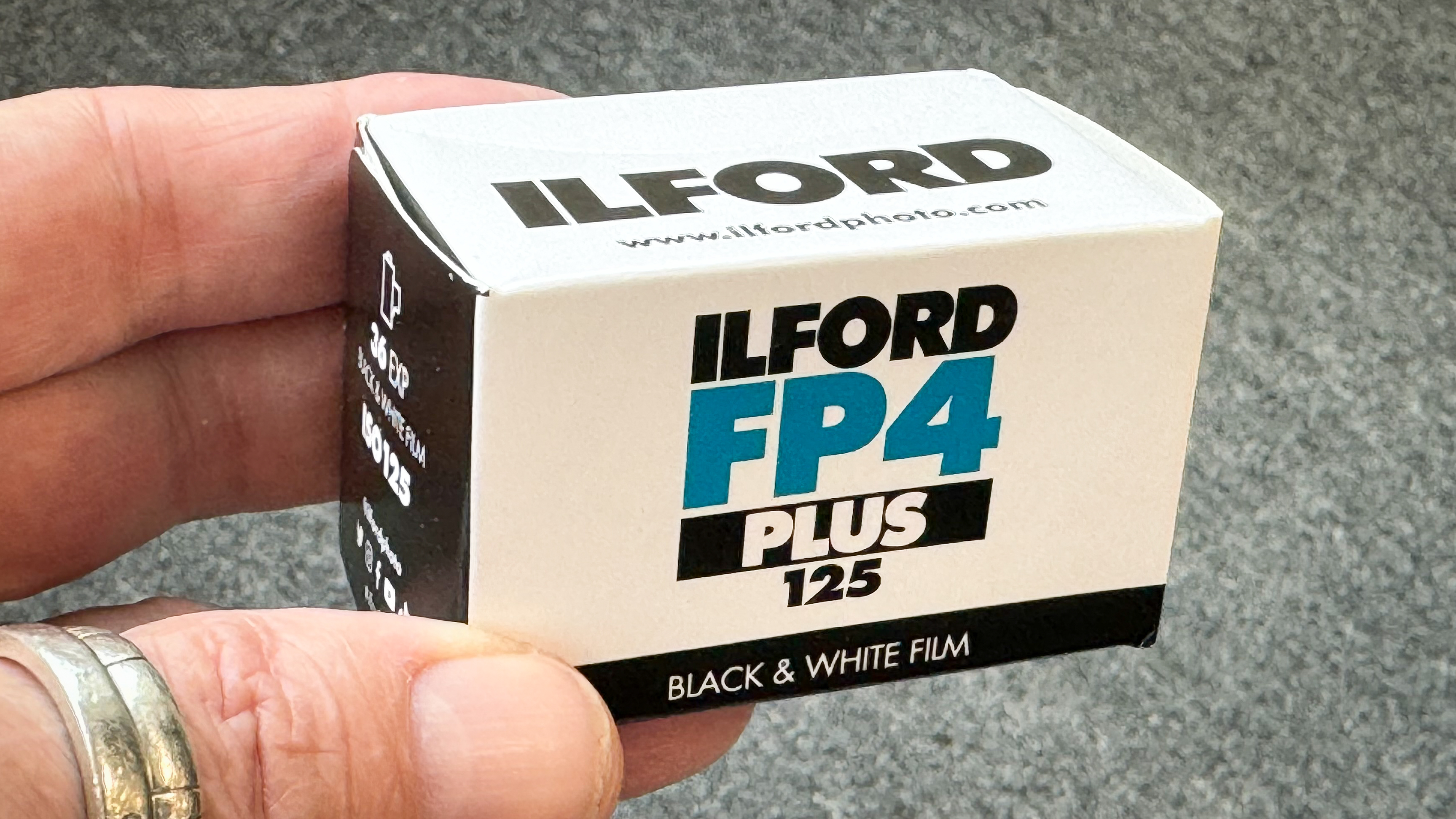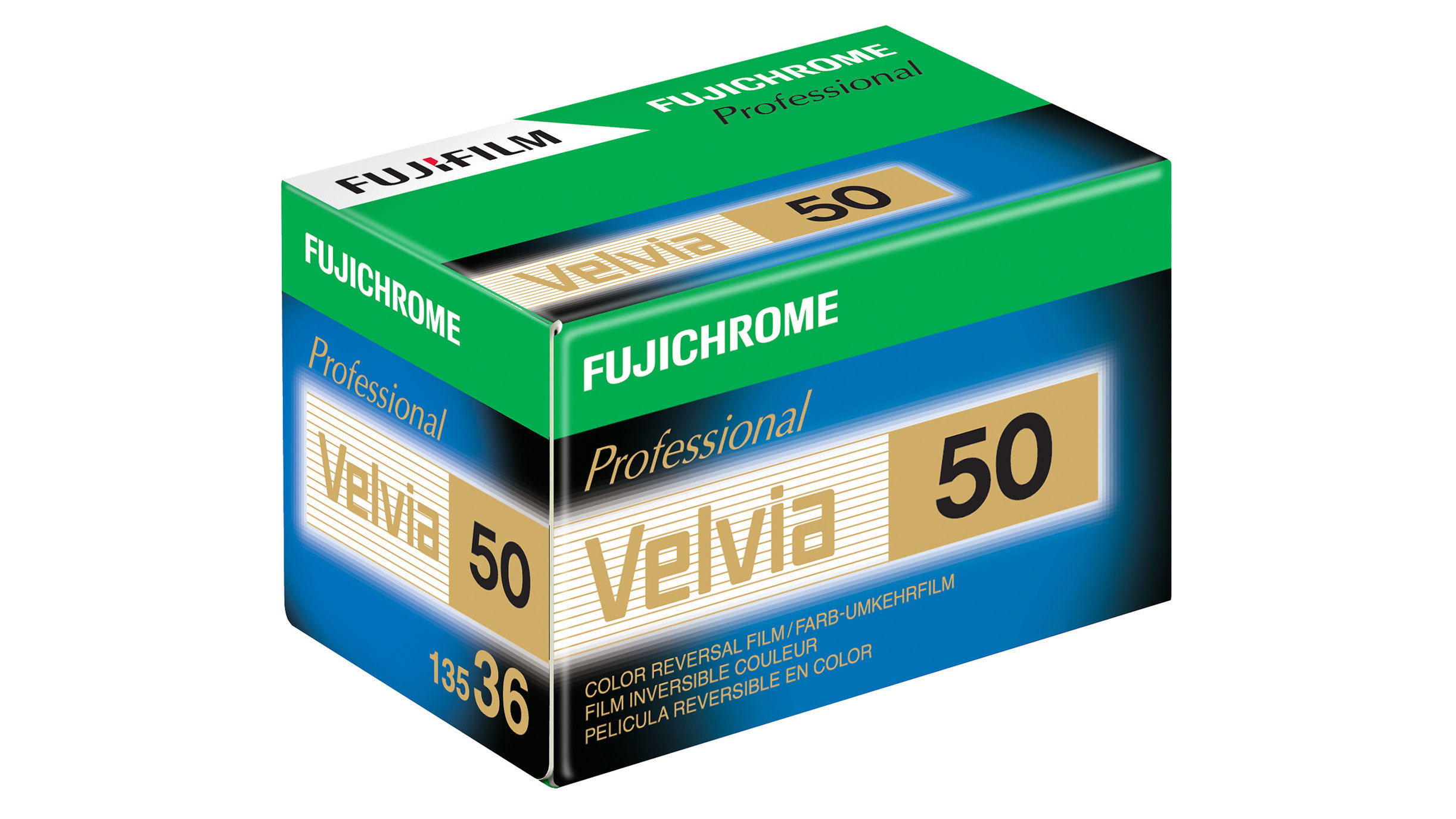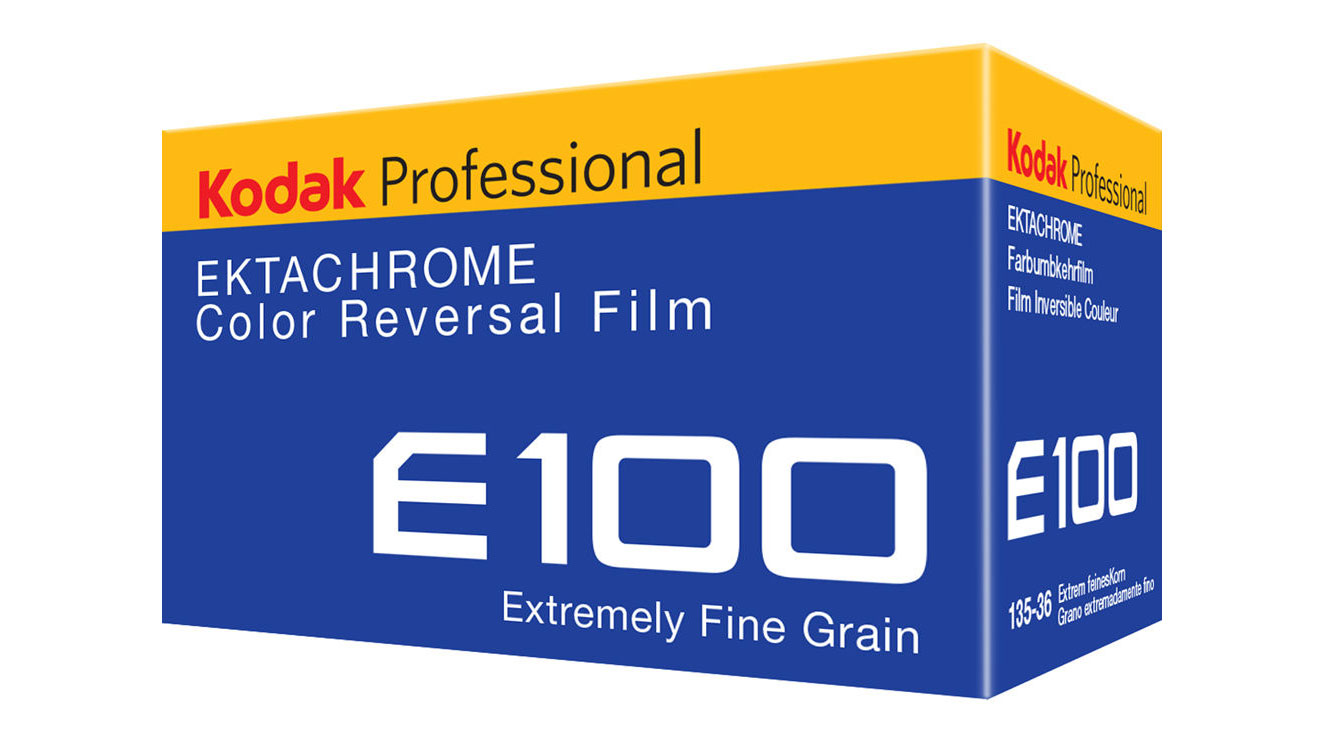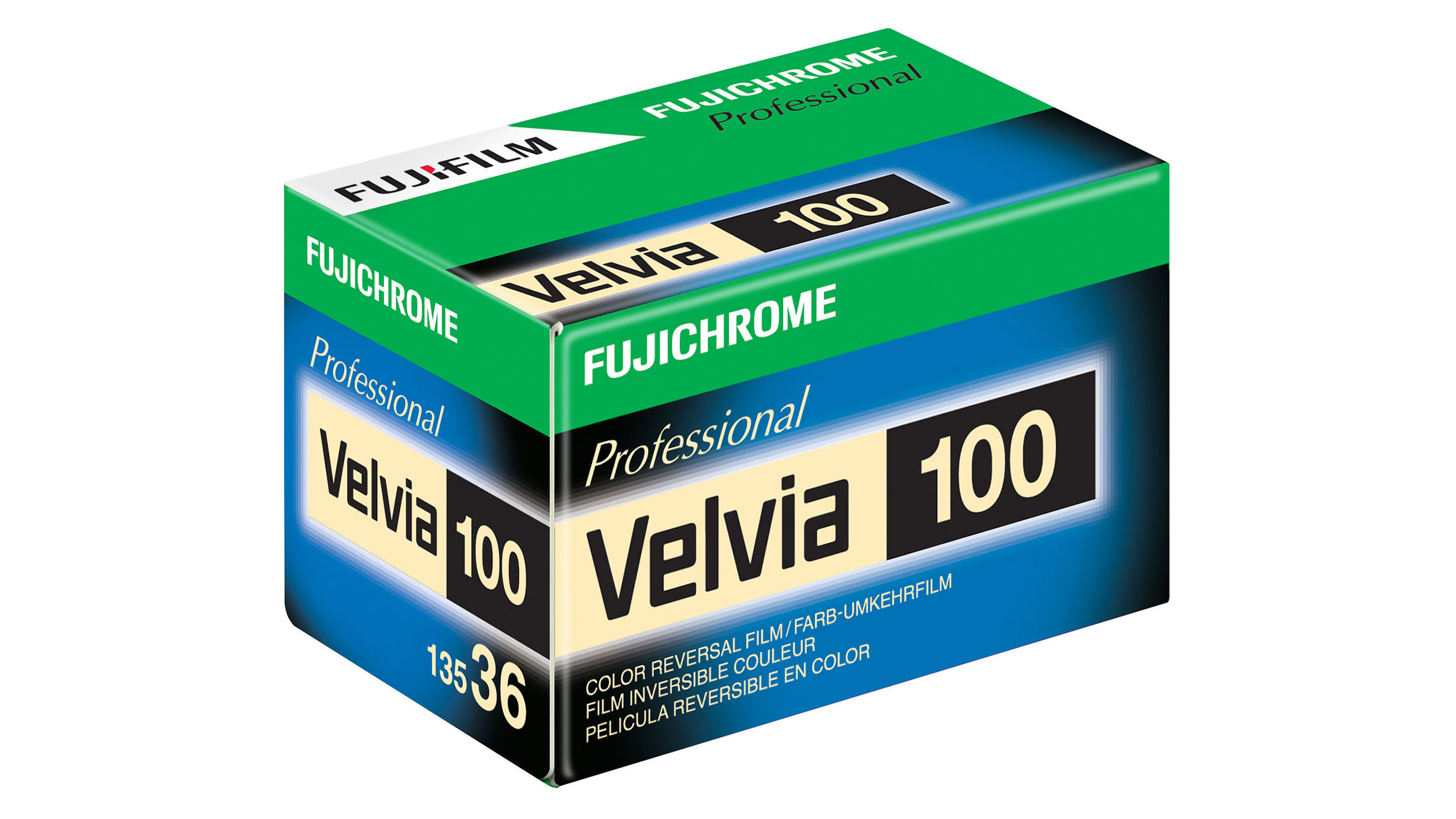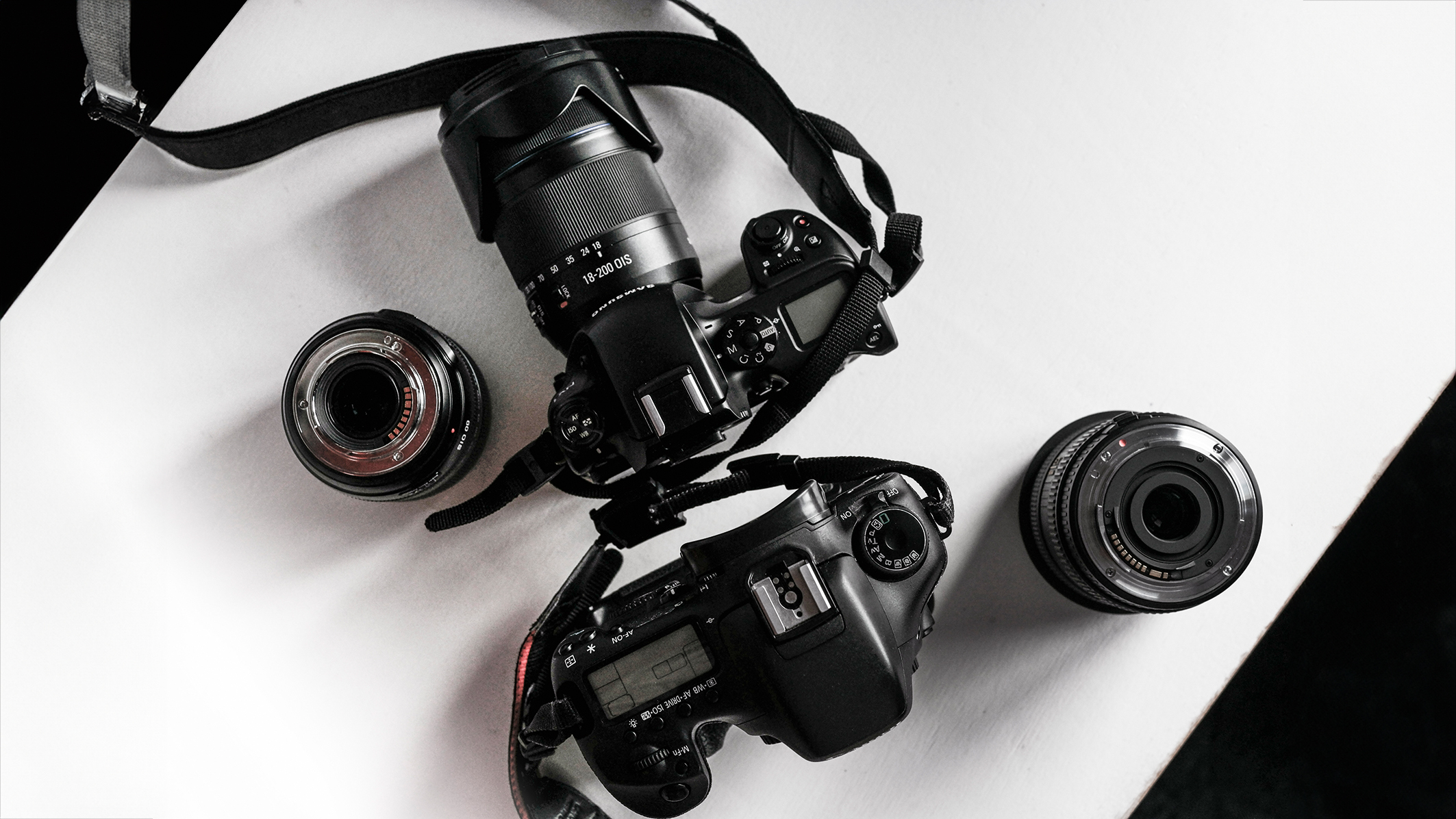Best film in 2025: our picks of the best 35mm film, roll film, and sheet film for your camera
Want to know what the best film you can buy in 35mm, medium format, and large format is? Read on!
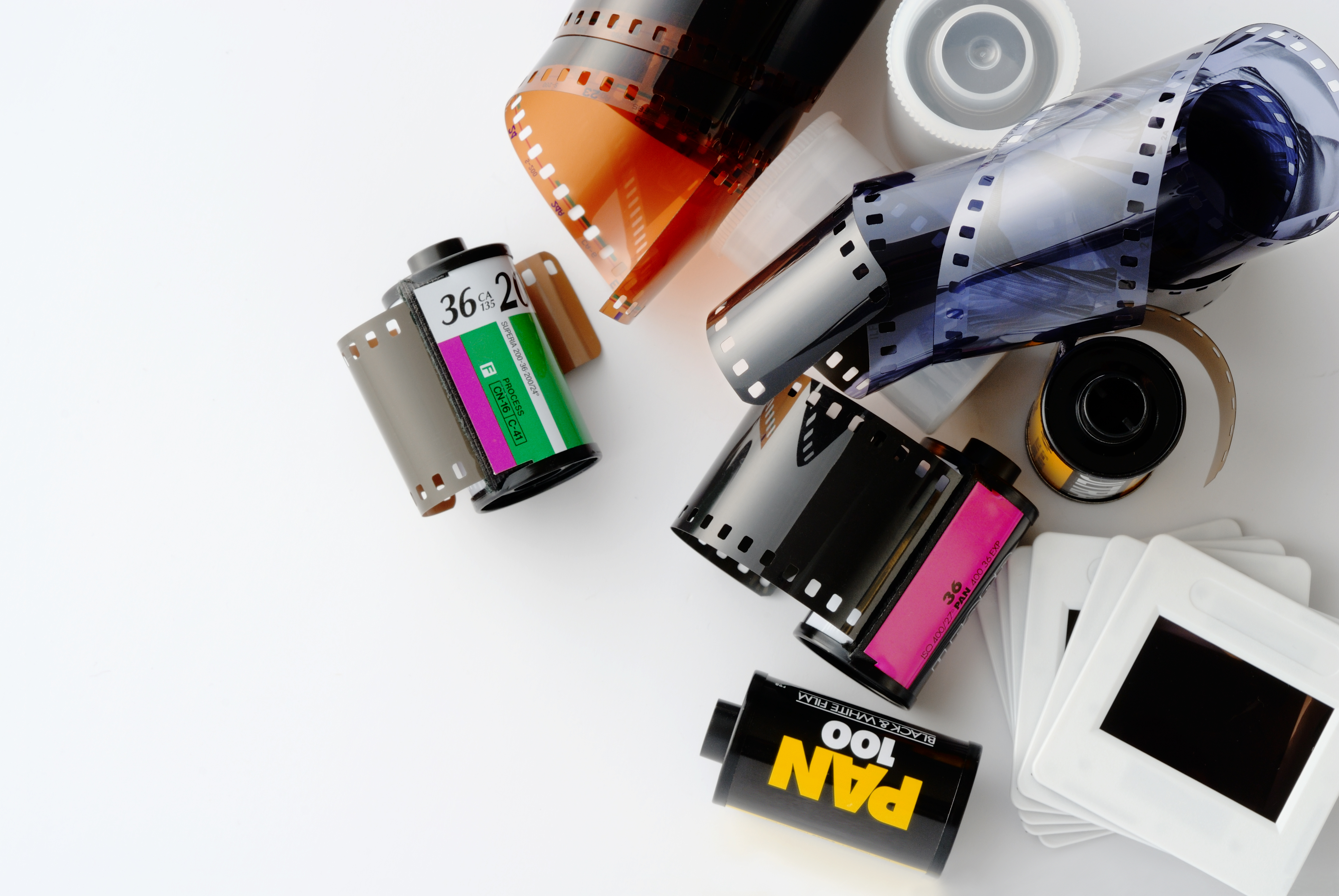
Choosing the right film can feel like stepping into a darkroom without a safelight - especially if you’re new to analog photography. With dozens of emulsions, formats, and speeds on the market, it’s easy to feel overwhelmed.
But at its core, the decision comes down to three things: what camera you’re using, how you want your images to look, and the kind of experience you’re after. Whether you’re loading up a classic 35mm compact, exploring the expansive depth of medium format, or working slowly and deliberately with large format sheets, the film you shoot plays a defining role in your results.
You won’t find instant options like the best Polaroid or Instax here - this guide focuses purely on traditional film stocks. If that’s what you’re after, there’s a separate resource for instant cameras and film.
I’ve pulled together a curated list of some of the finest films available today - from timeless classics with decades of heritage to bold, experimental newcomers pushing the boundaries of analog imaging. It’s a personal take, built on experience and real-world shooting, not just technical specs or lab tests.
The best film in 2025
Why you can trust Digital Camera World
Best color negative film
Specifications
Reasons to buy
Reasons to avoid
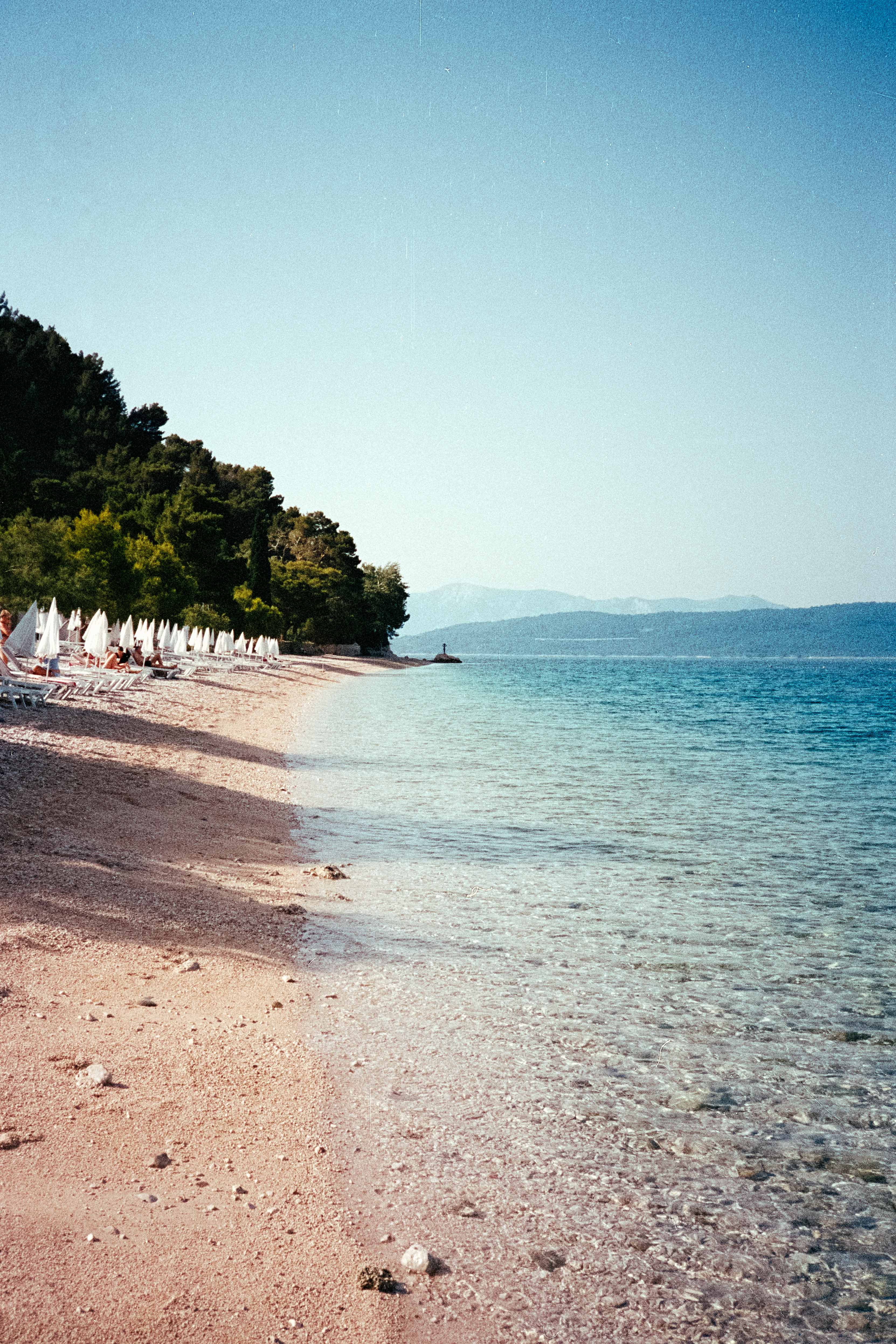
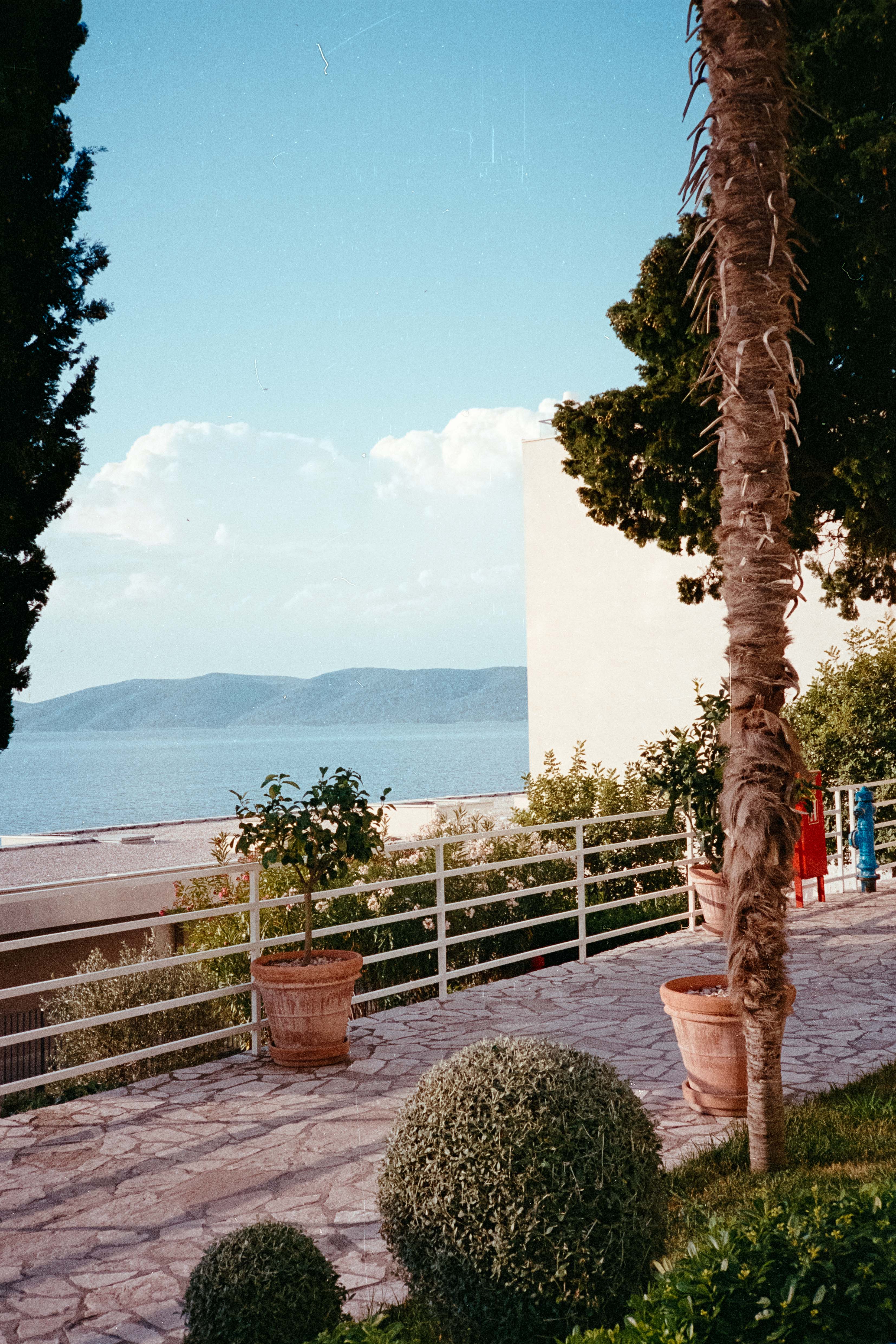
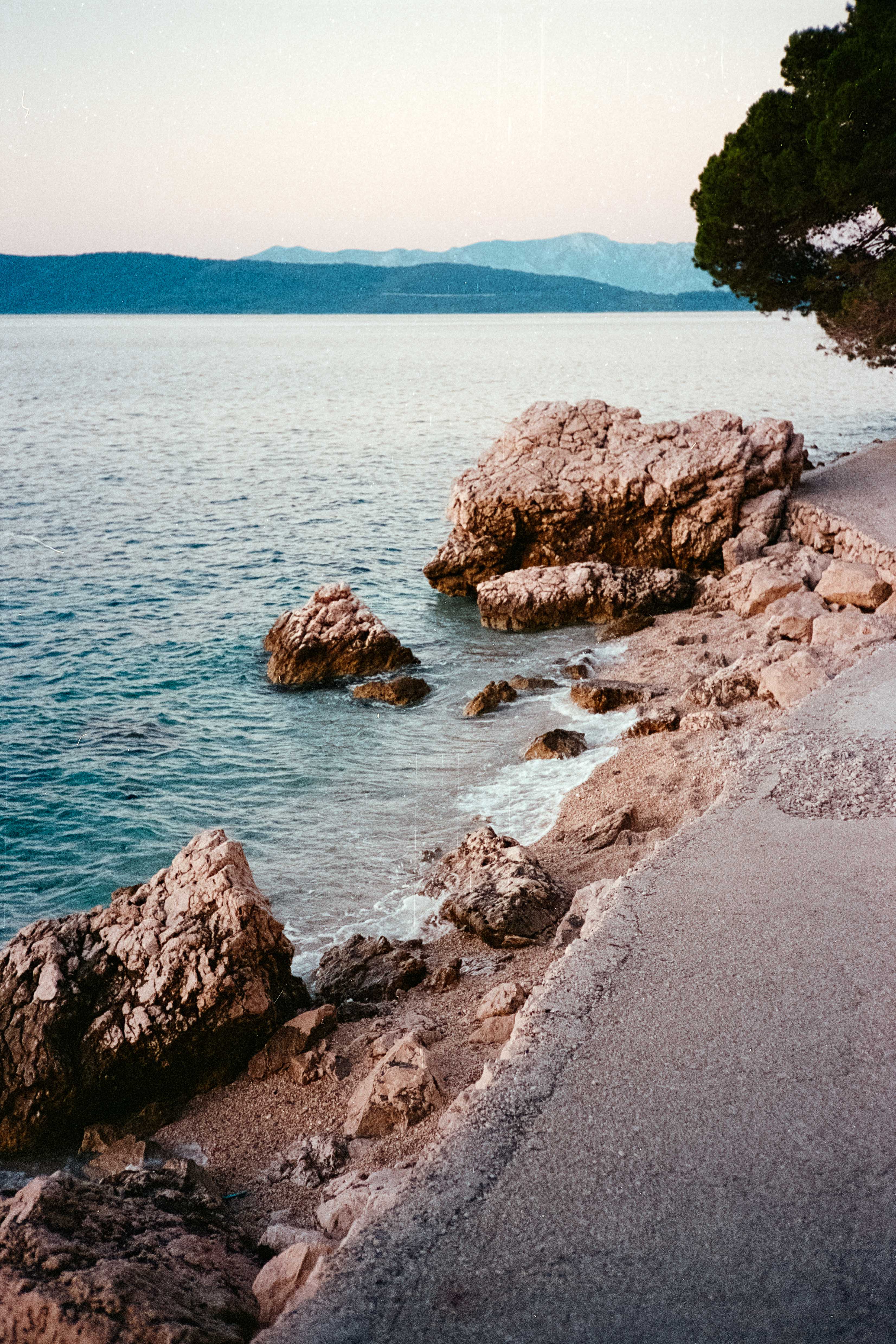
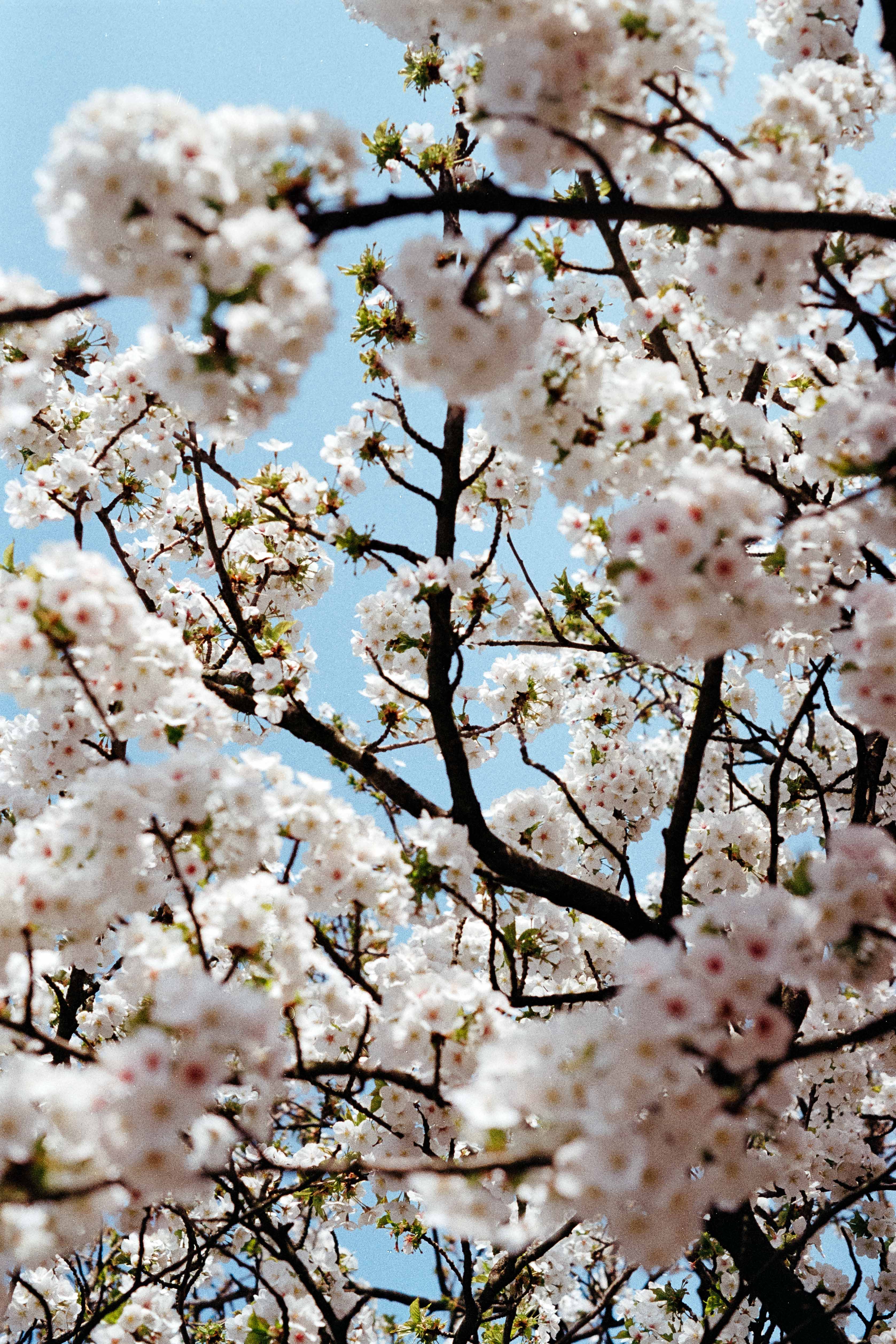
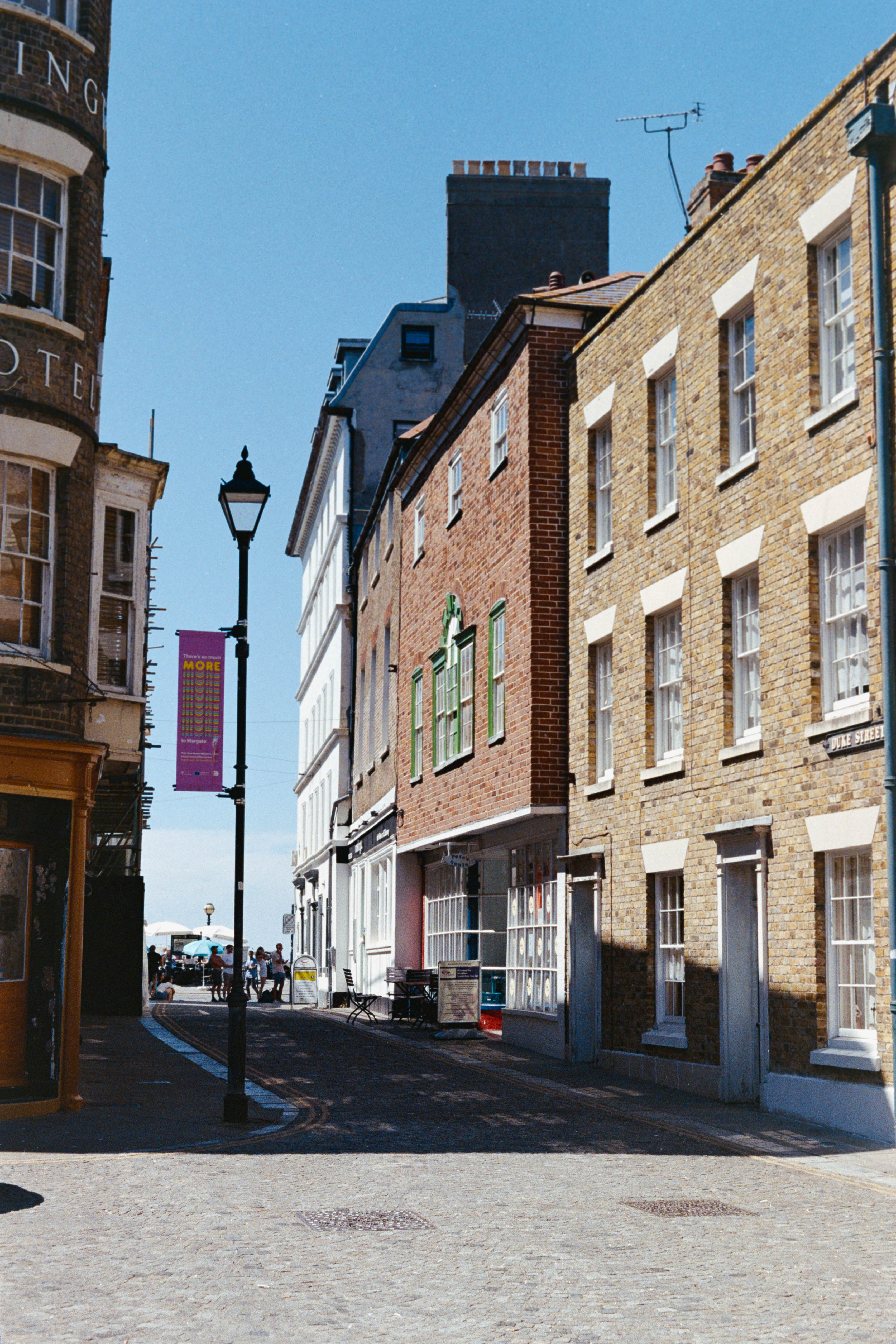
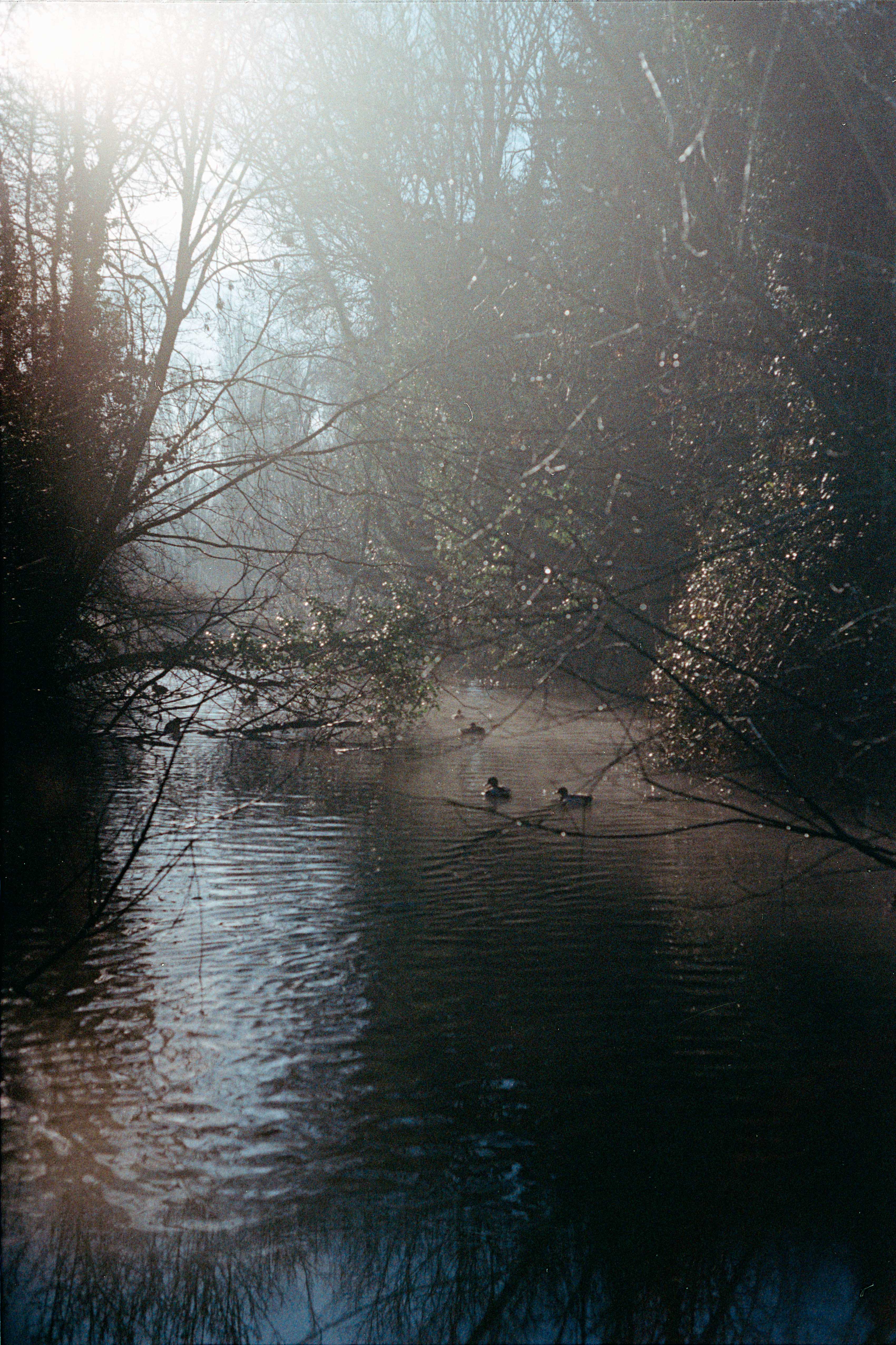
Portra 400 film has gained a passionate following amongst the film community thanks to its flexibility when shooting in different lighting conditions and its beautifully rendered grain and colors. The only downside with Kodak Portra 400 is that it's only sold in packs of three or five, so you can't officially buy a single roll to experiment with (while you might be able to find single rolls on eBay, be warned that they will have been taken out of their official packaging). However, it's such a good quality film that we can almost guarantee you won't be disappointed.
See our full Kodak Portra 400 review
Specifications
Reasons to buy
Reasons to avoid


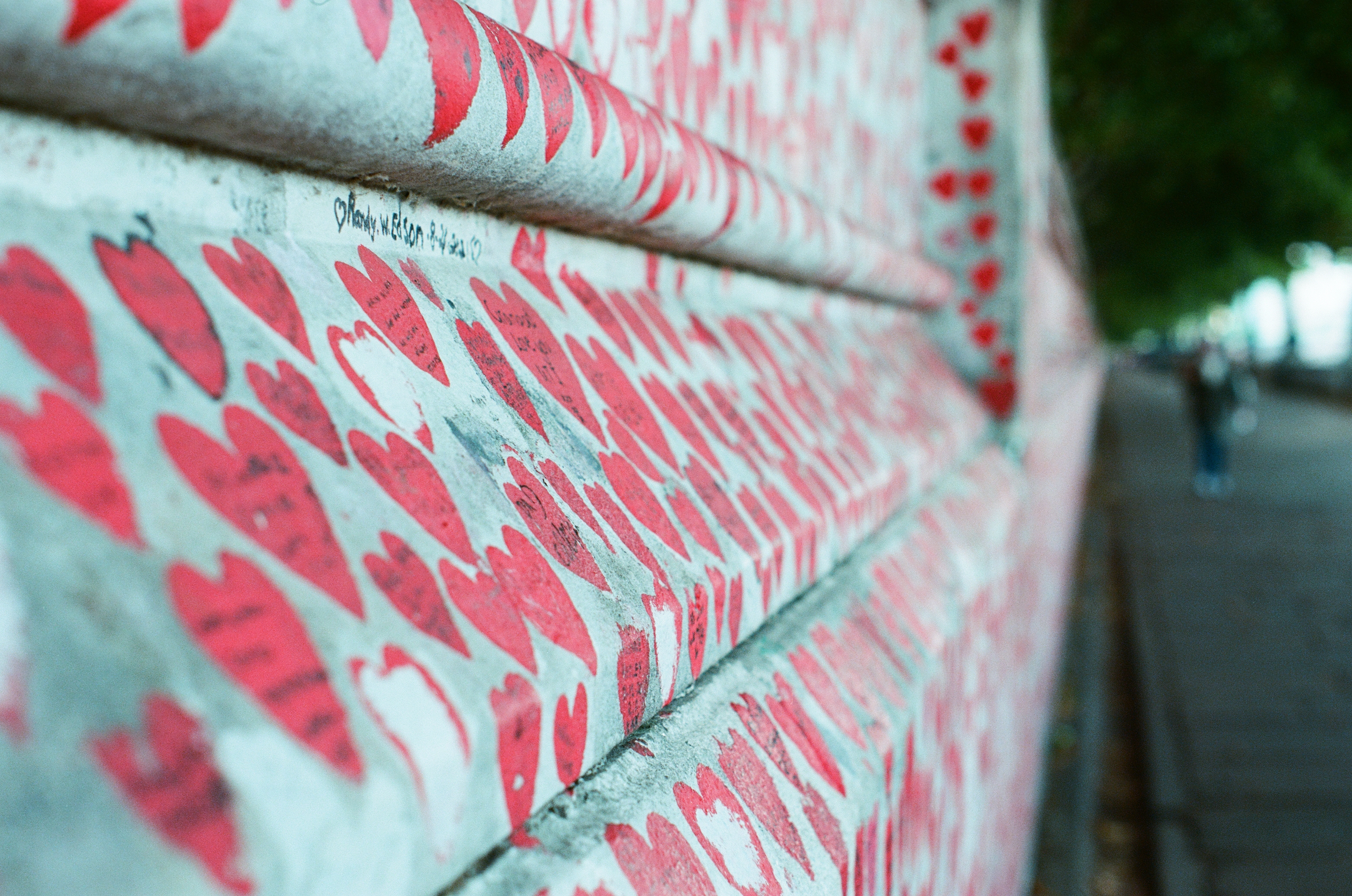
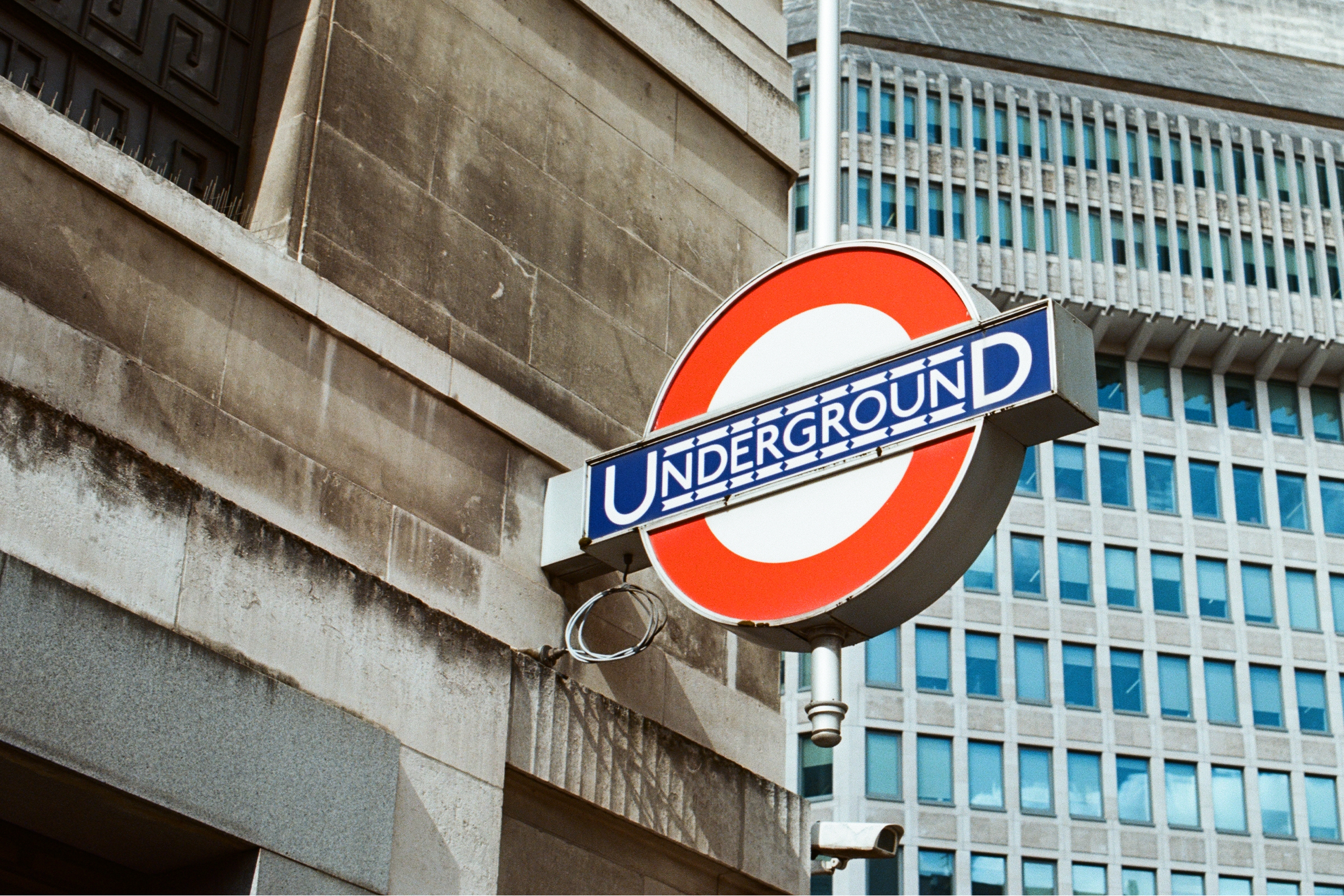
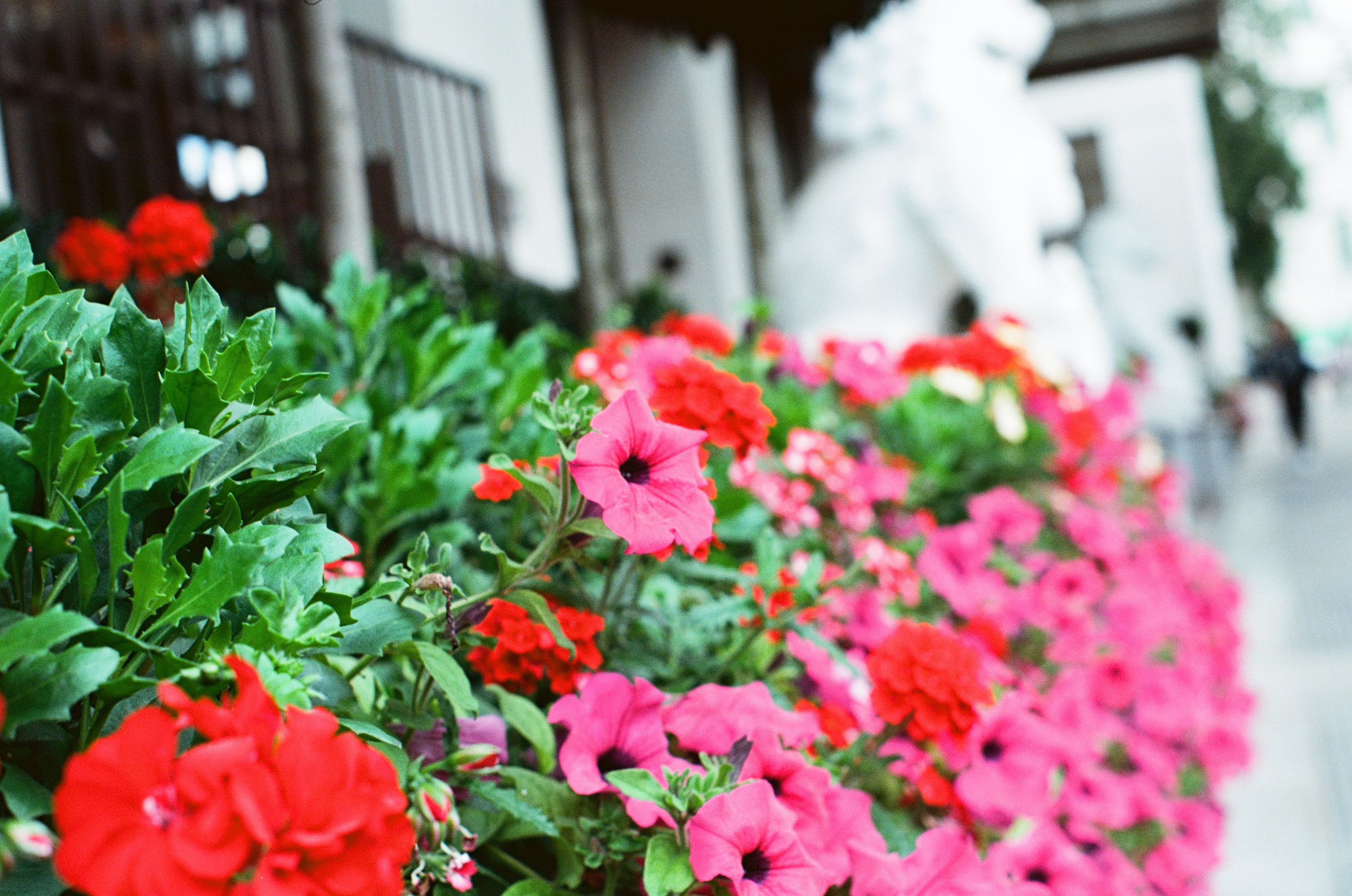

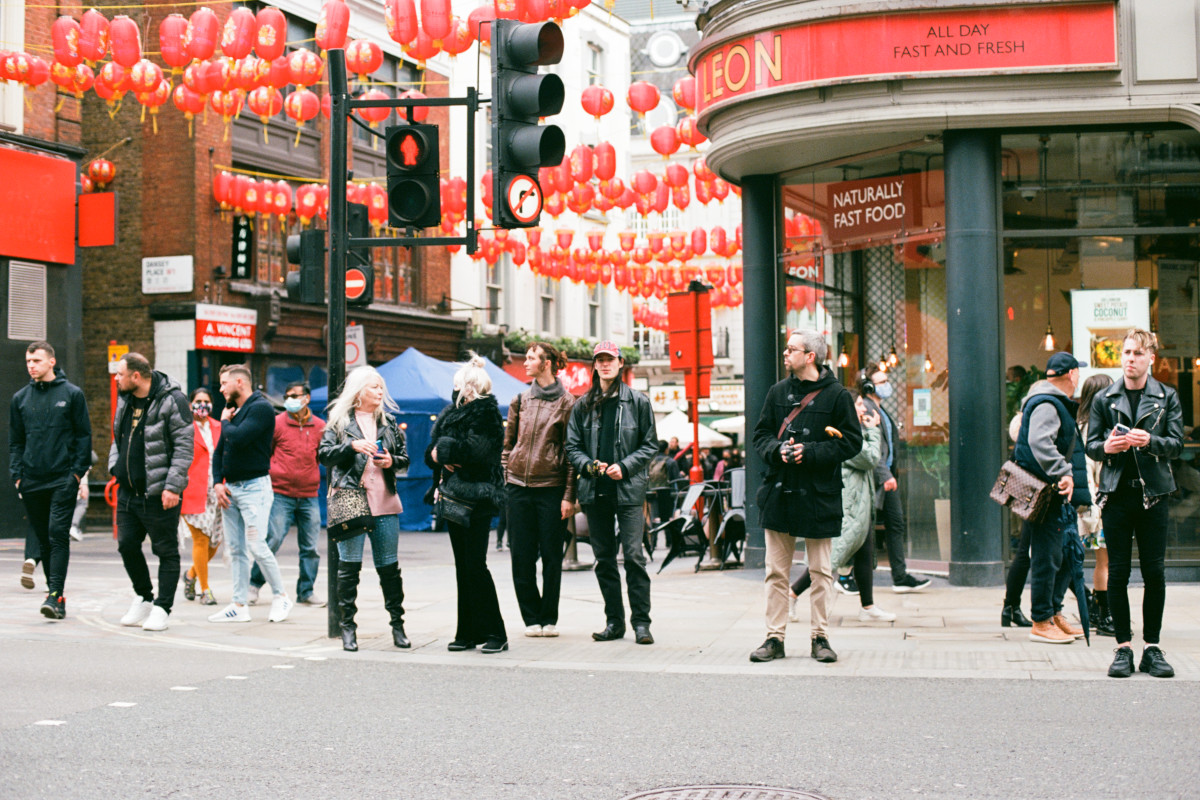
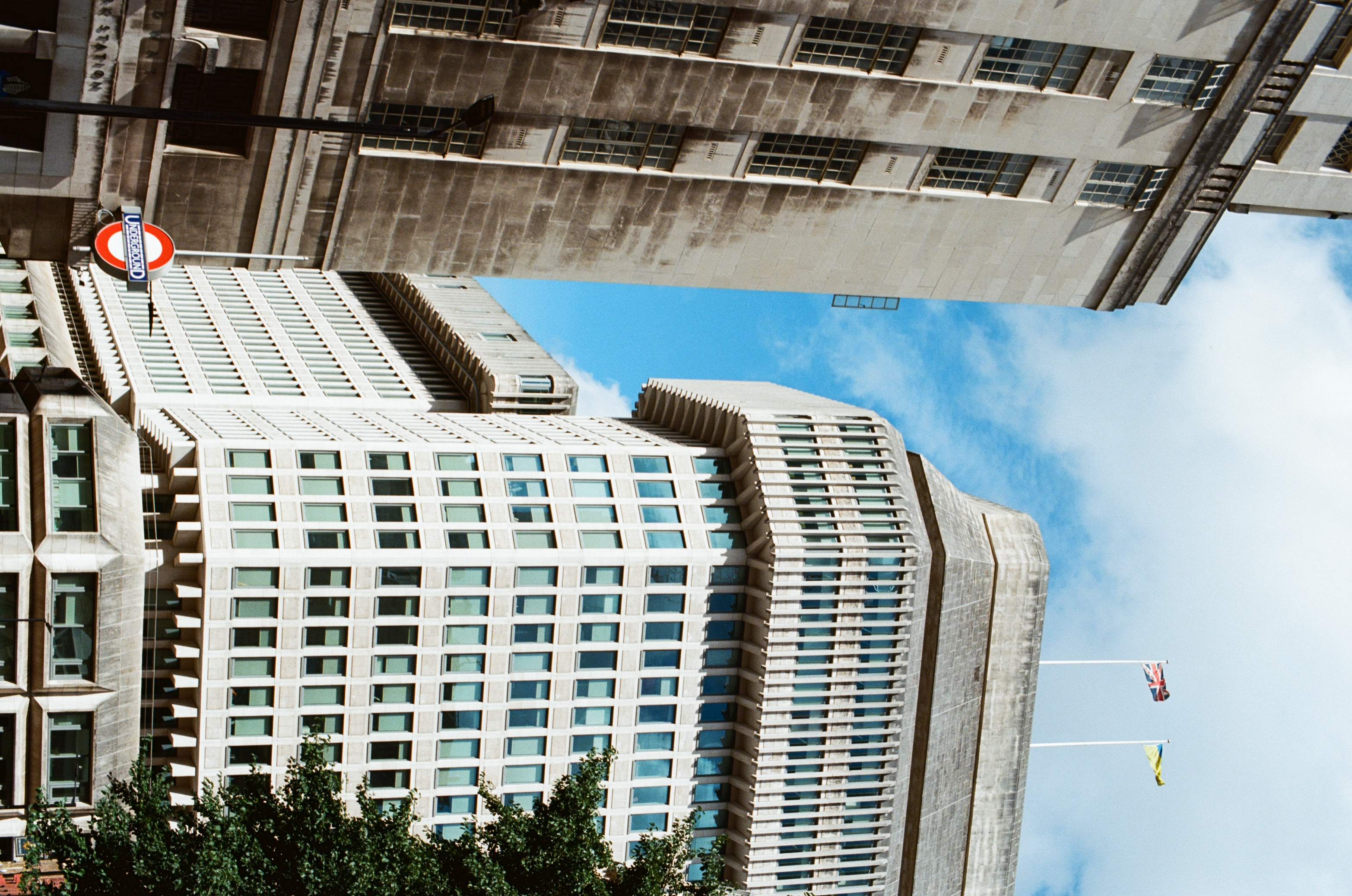
Kodak claims the world's finest grain for a color-negative film, thanks to its T-Grain technology. This film also boasts high saturation and sharpness, and Kodak says it's ideal for scanning and enlarging. Its rendition looks ideal for commercial and landscape photography, and it's cheaper than shooting transparency film.
Read more: Kodak Ektar 100 review
Specifications
Reasons to buy
Reasons to avoid
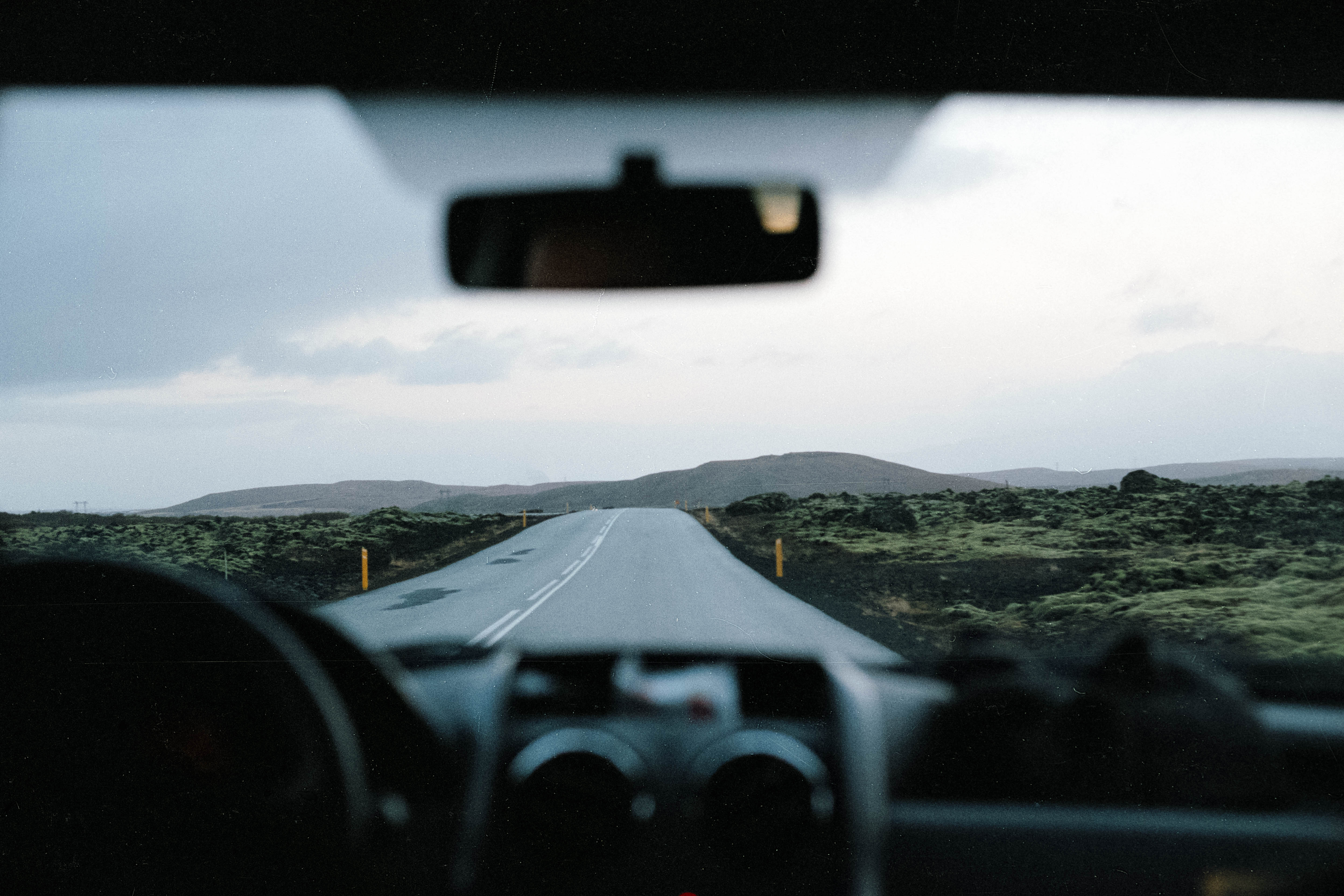
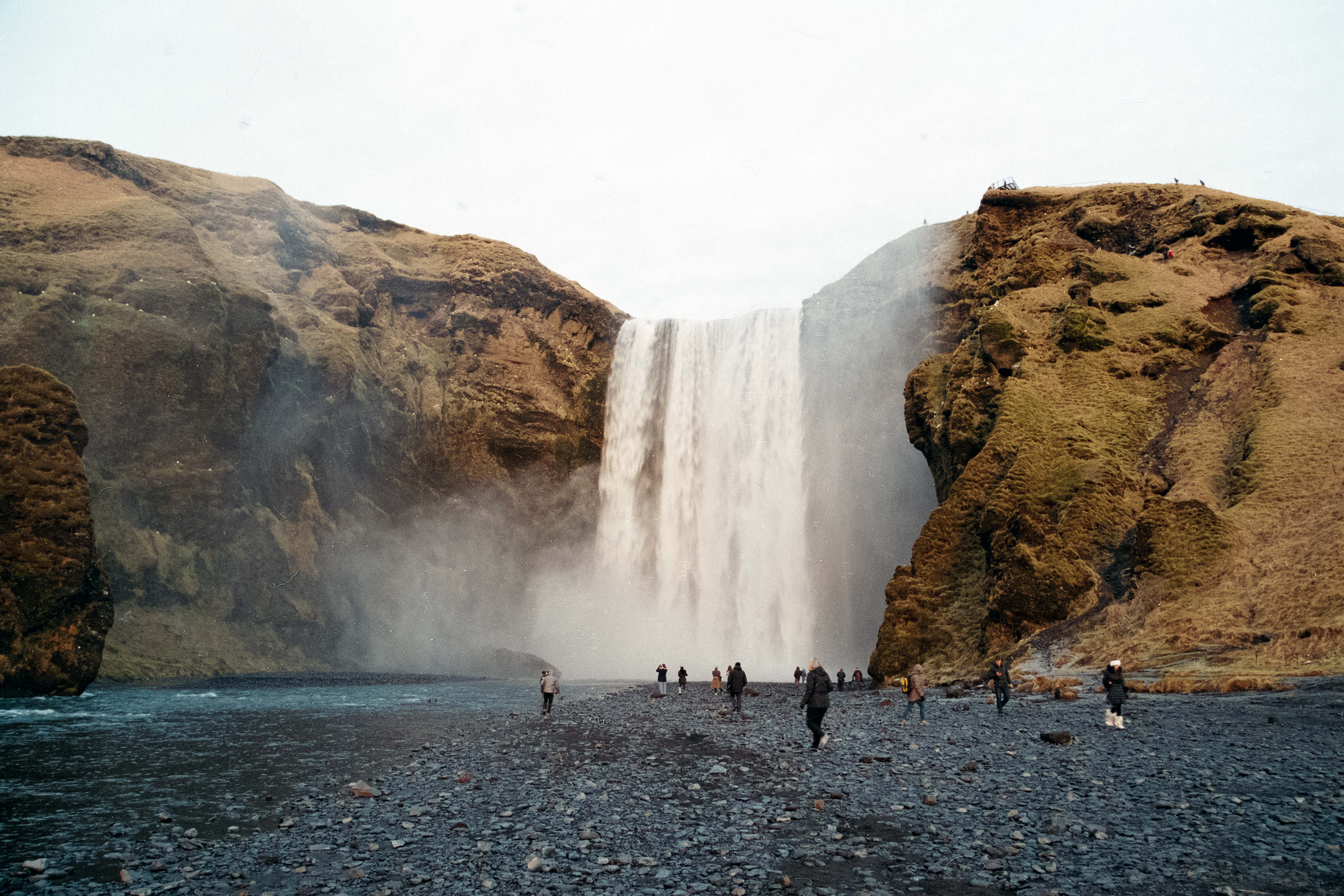
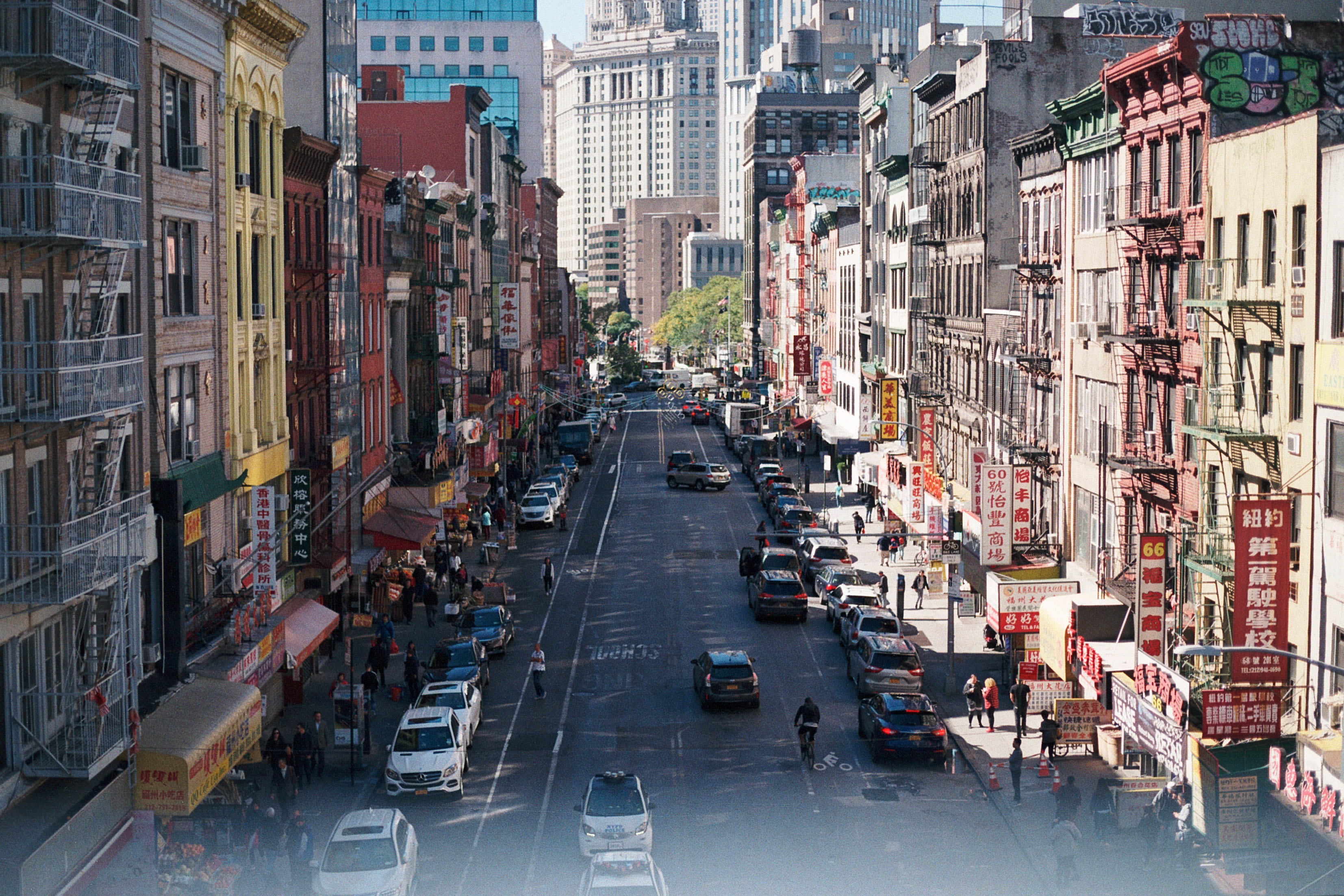
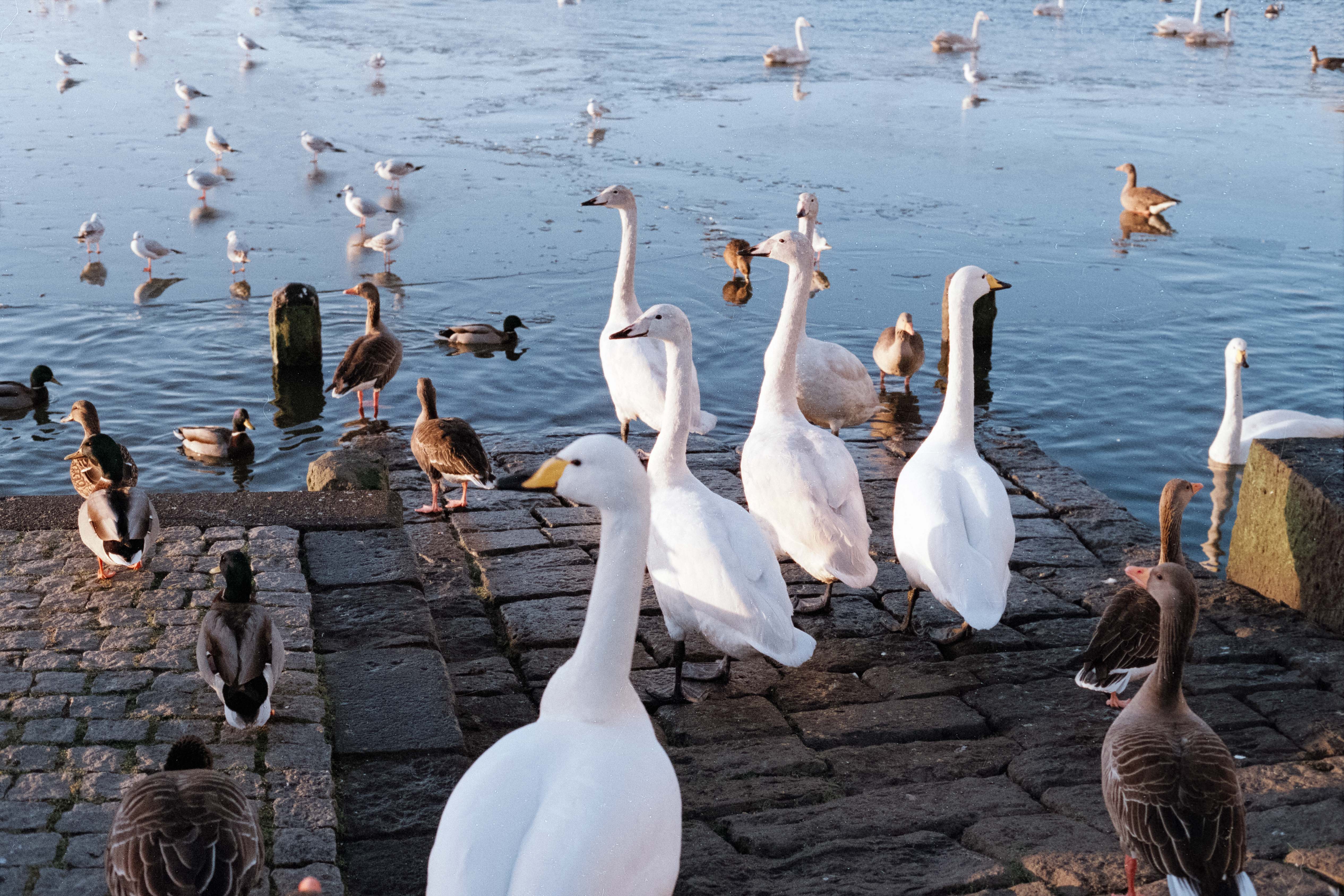
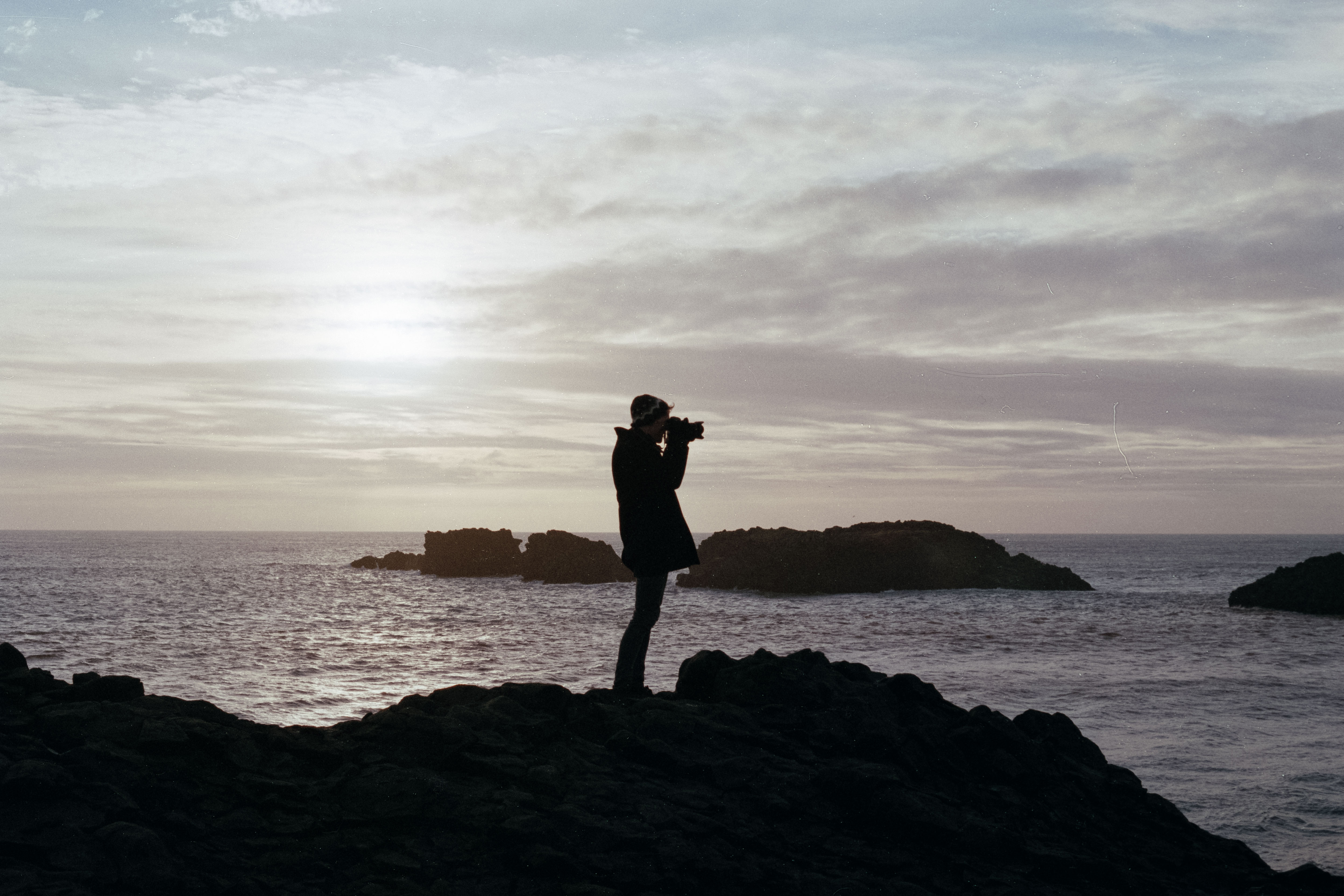
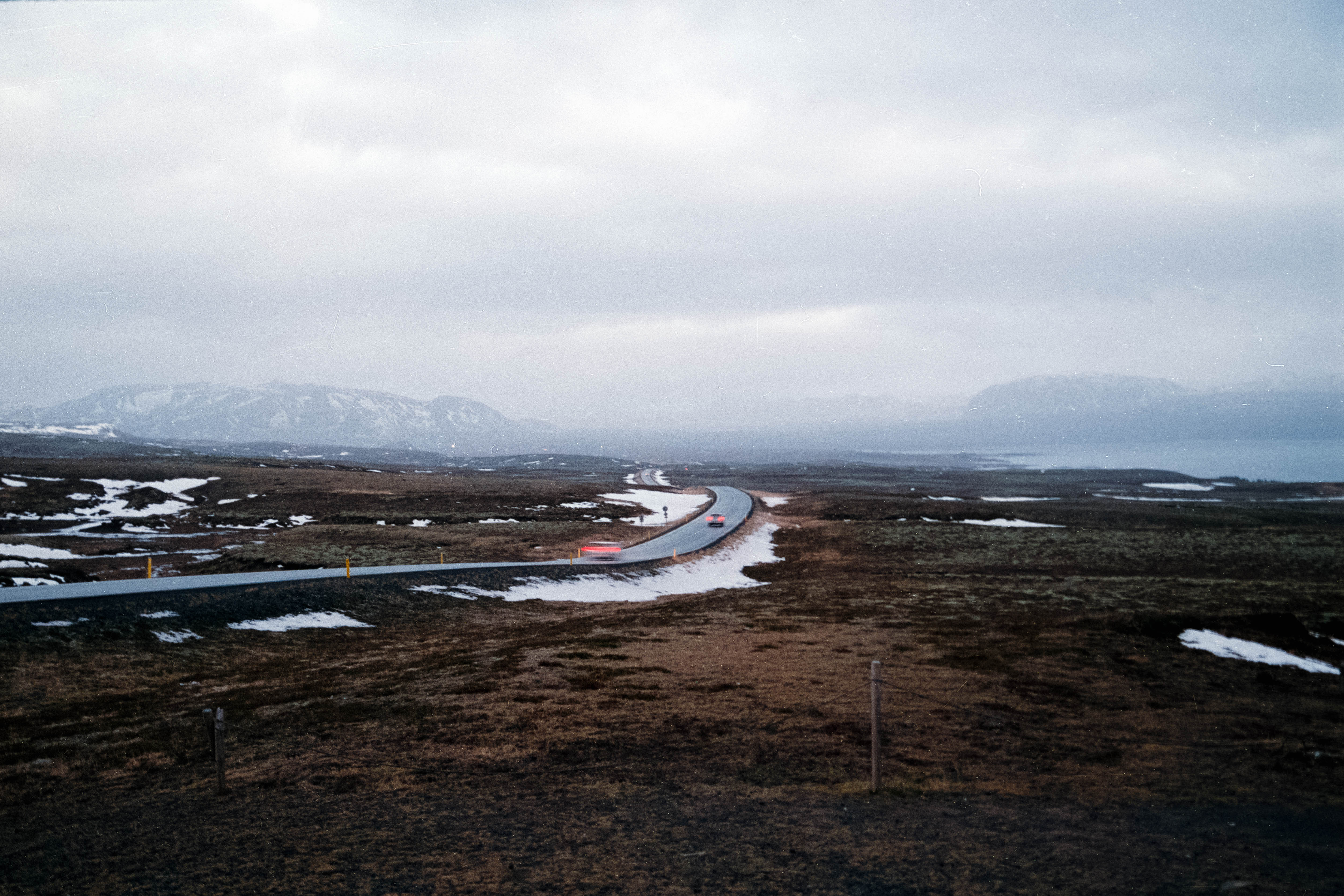
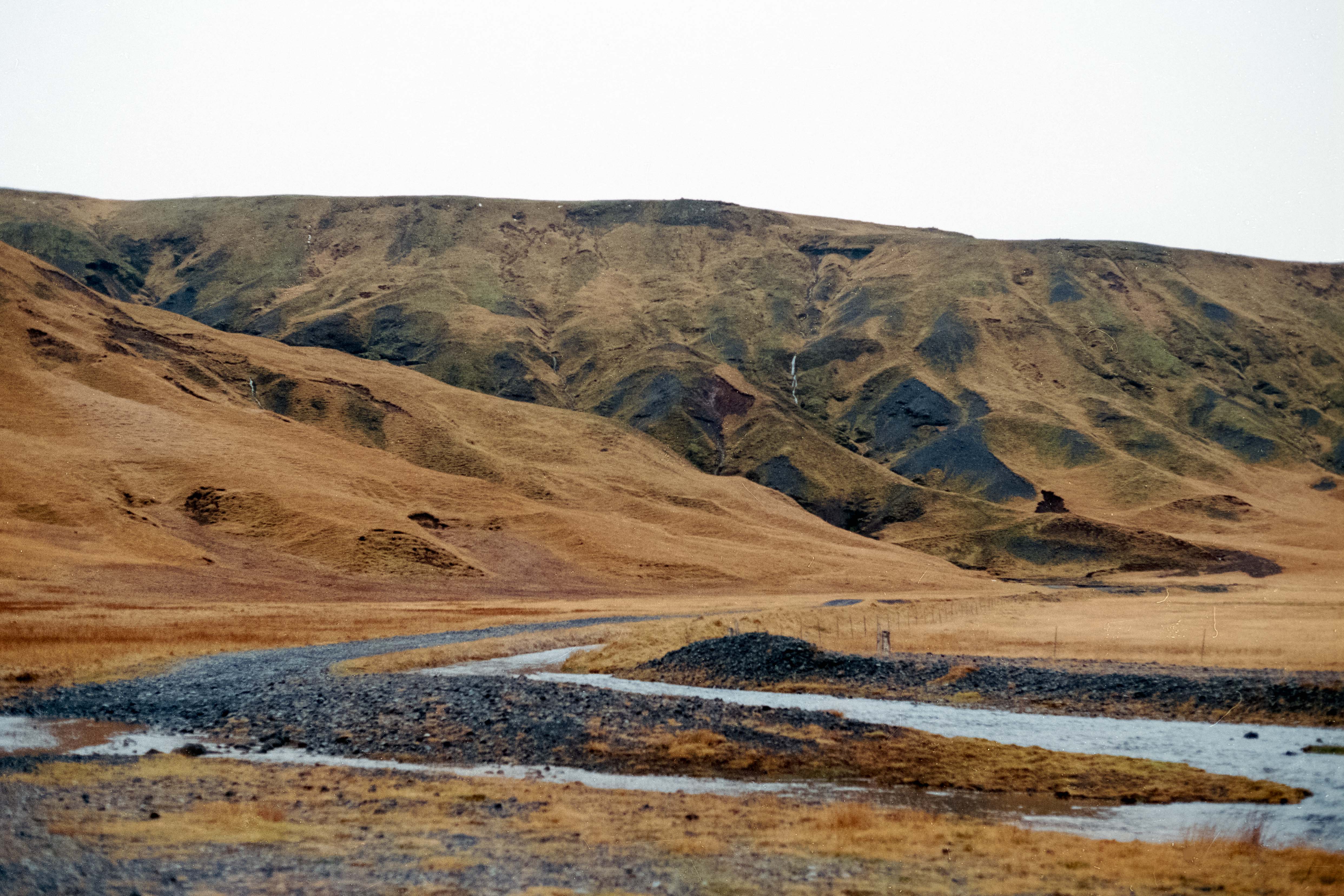
Fujifilm Superia X-TRA 400 is one of the most readily available films and is one of the few remaining in Fujifilm's very diminished options. It has been significantly affected by recent price gouges, but is it still worth it though? The answer would be yes.
Very versatile, the film handles indoor and outdoor lighting admirably, and when properly exposed exhibits very minimal and smooth grain. The colors are muted compared to other films, but with a heavy magenta tint and a much cooler palette that might not be to everyone's liking.
Read more: Fujifilm Superia X-TRA 400 review
Specifications
Reasons to buy
Reasons to avoid
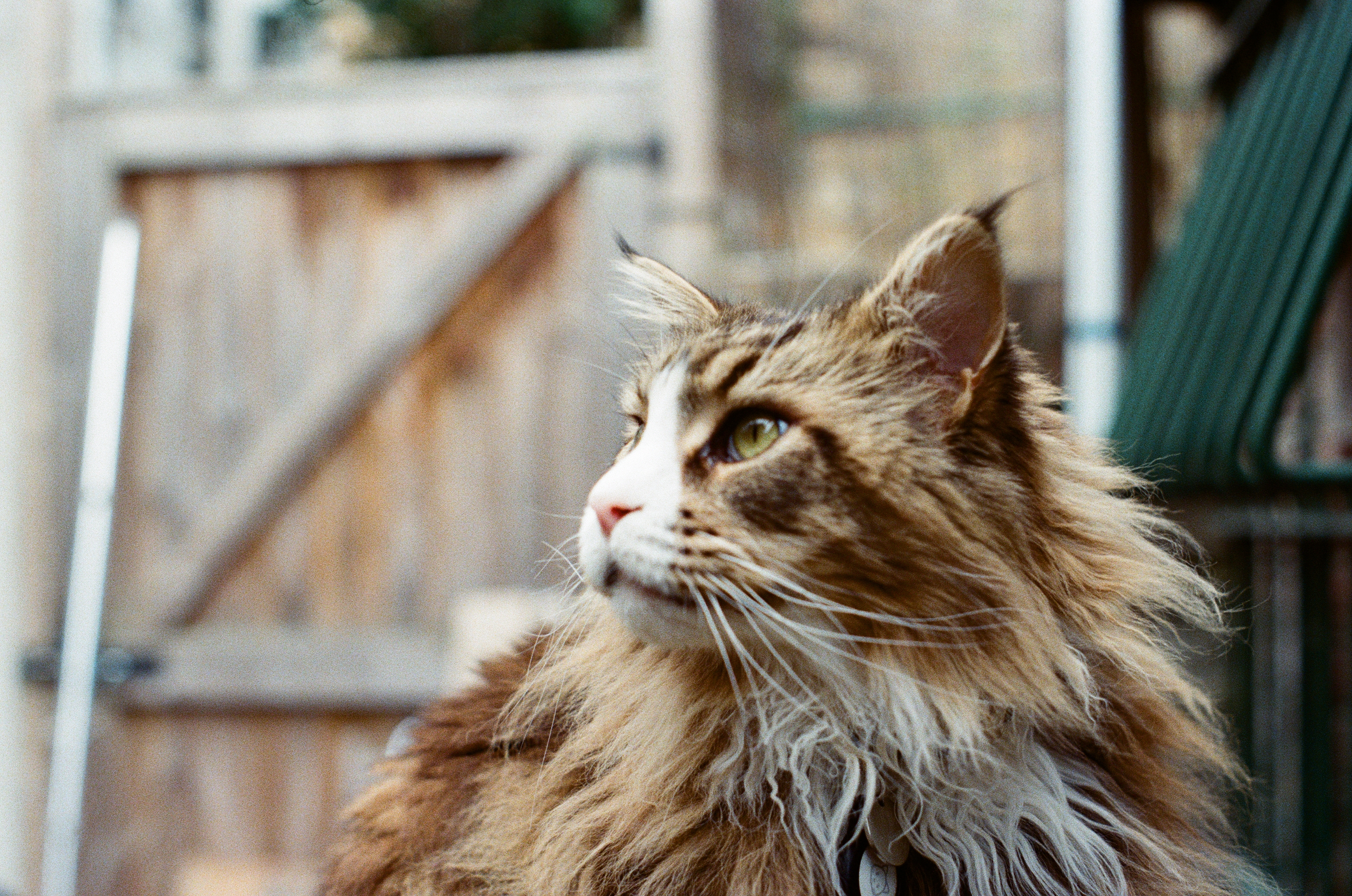
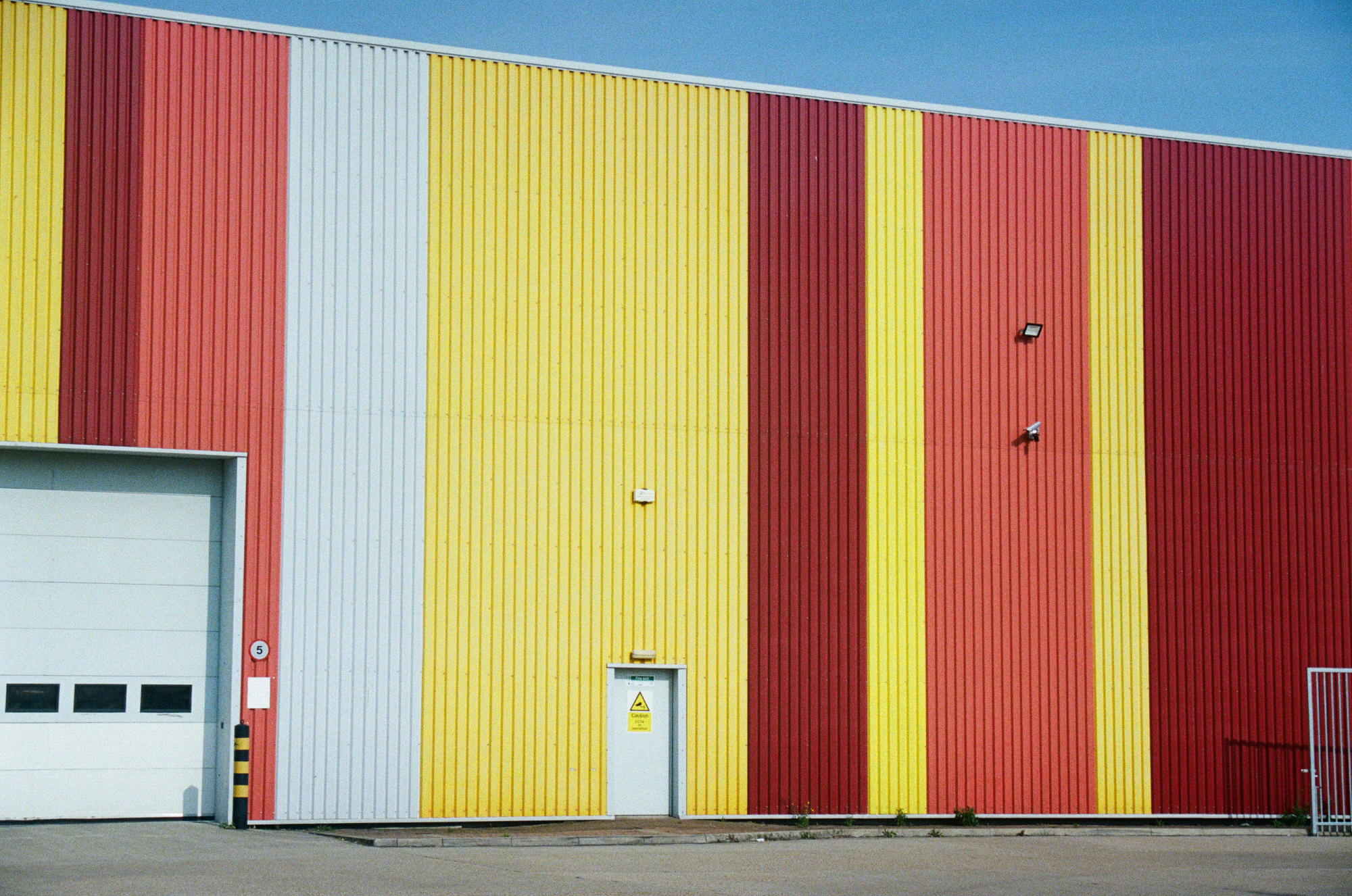
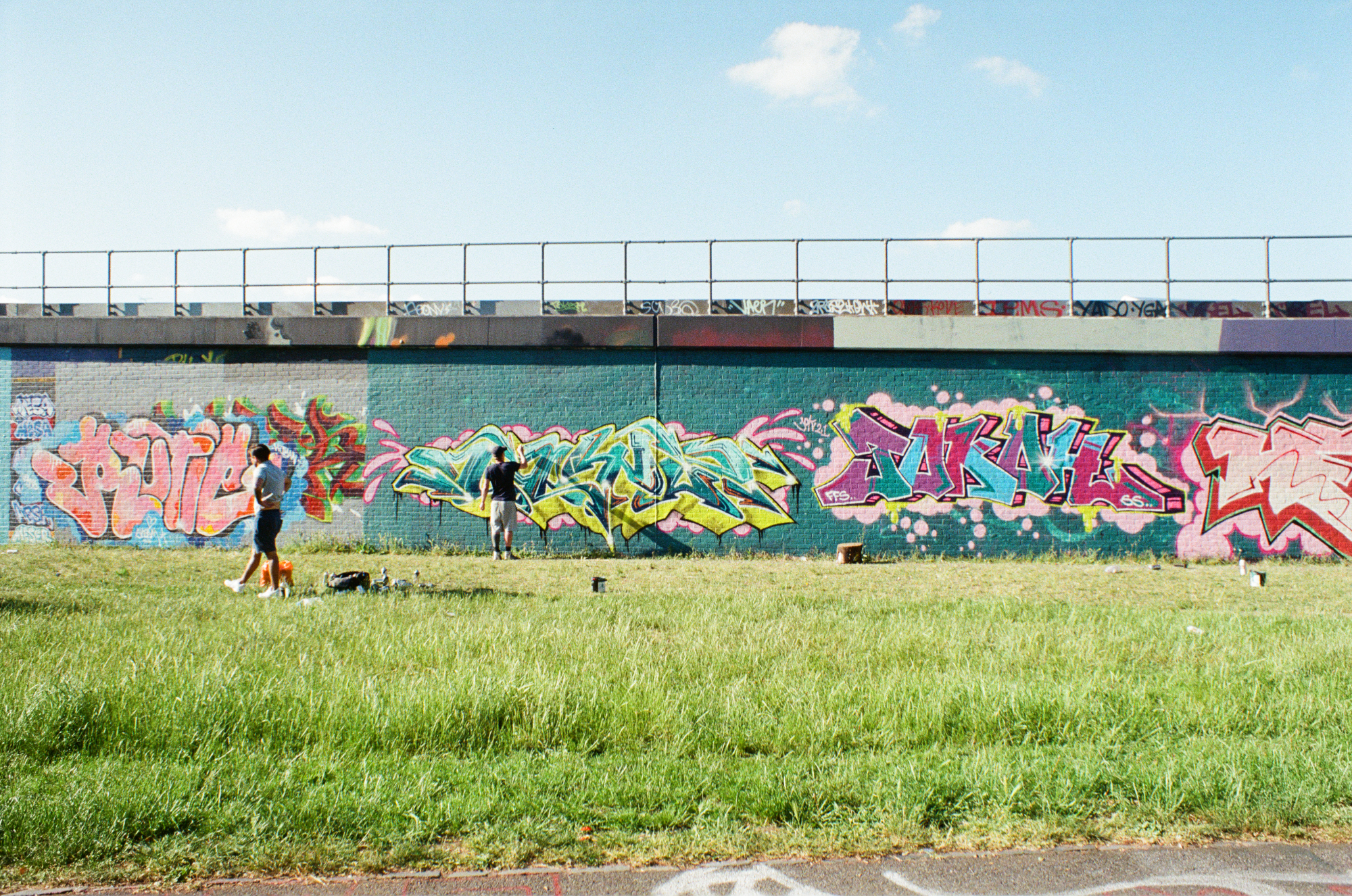
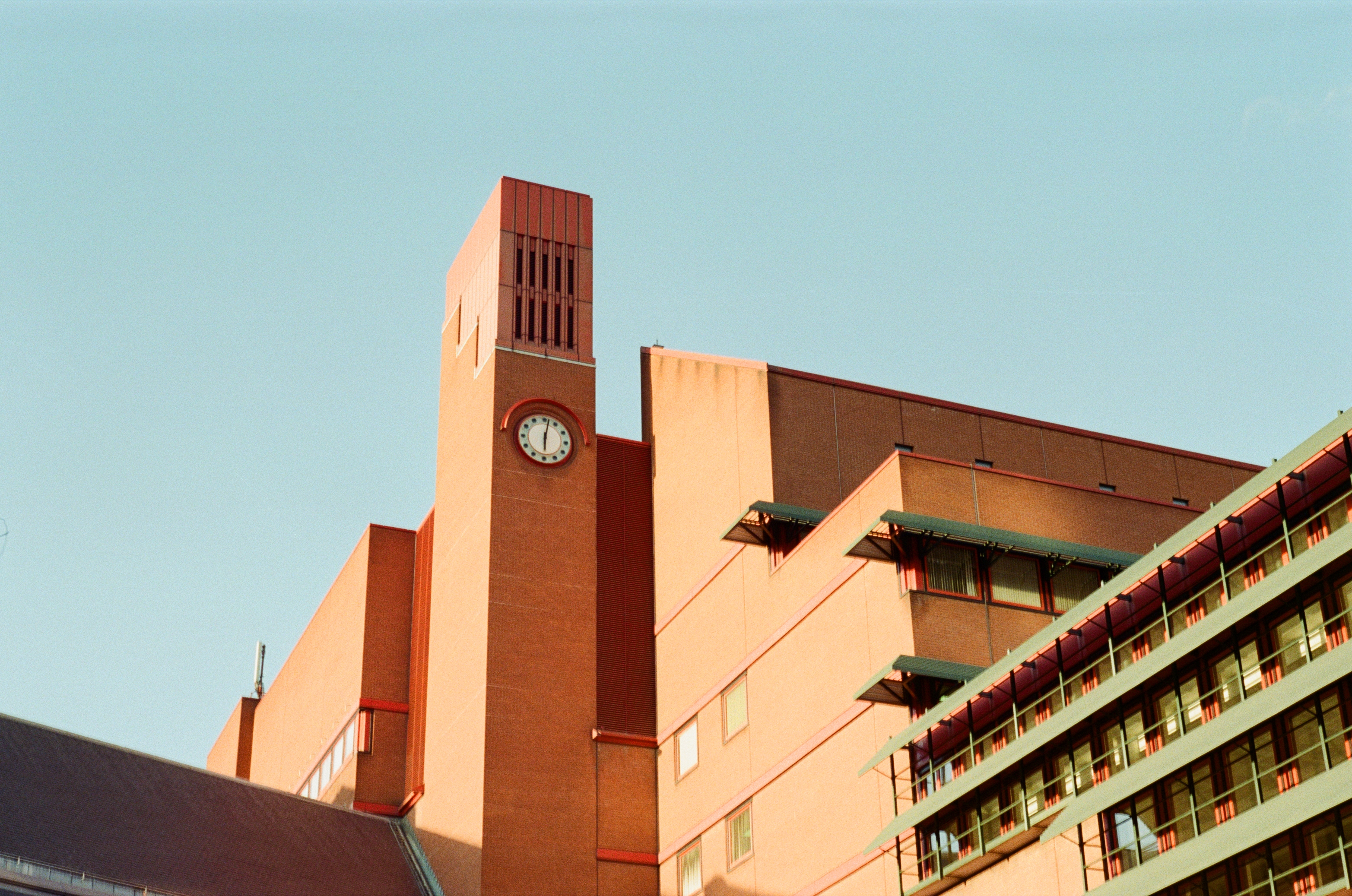
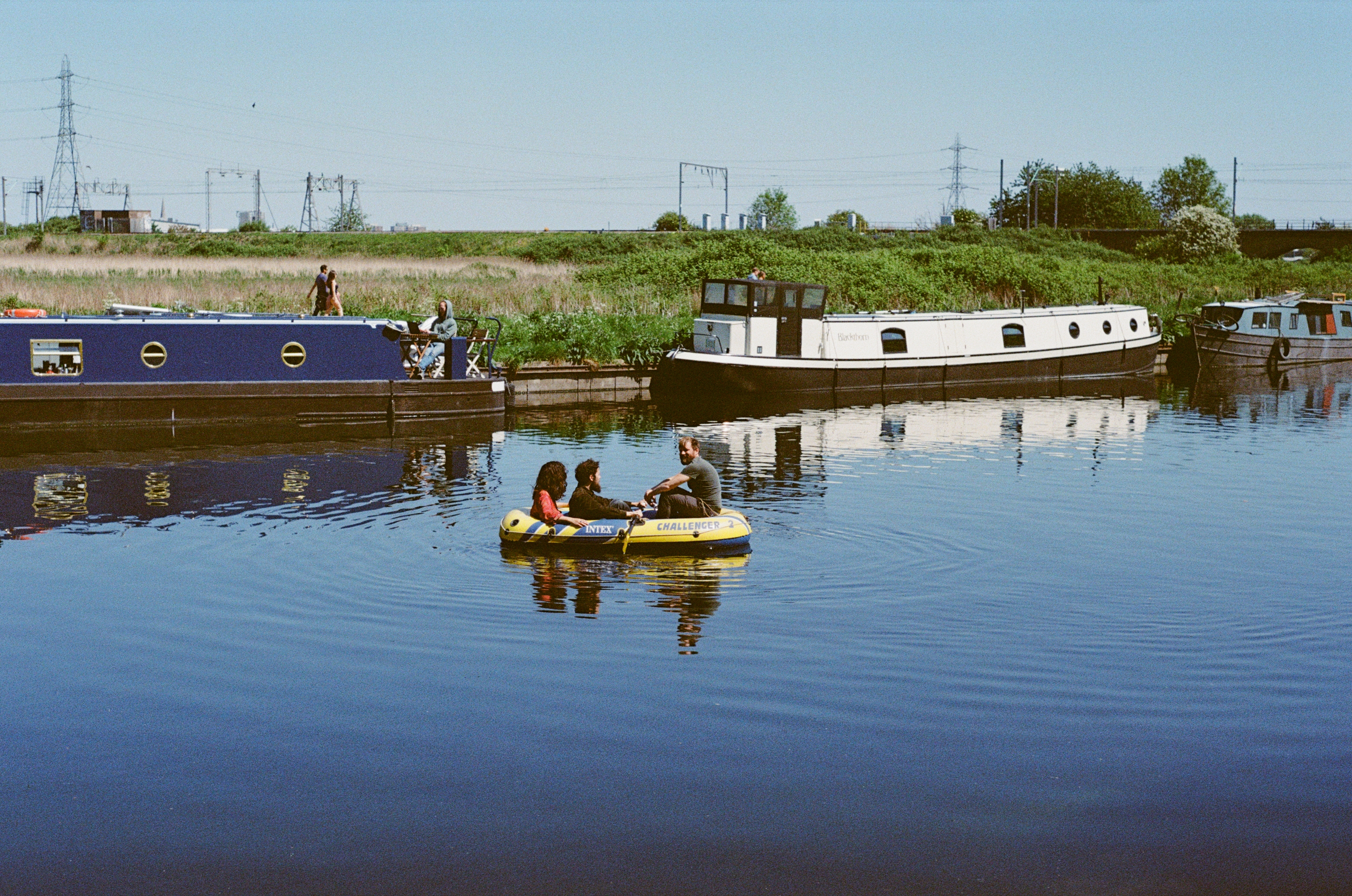

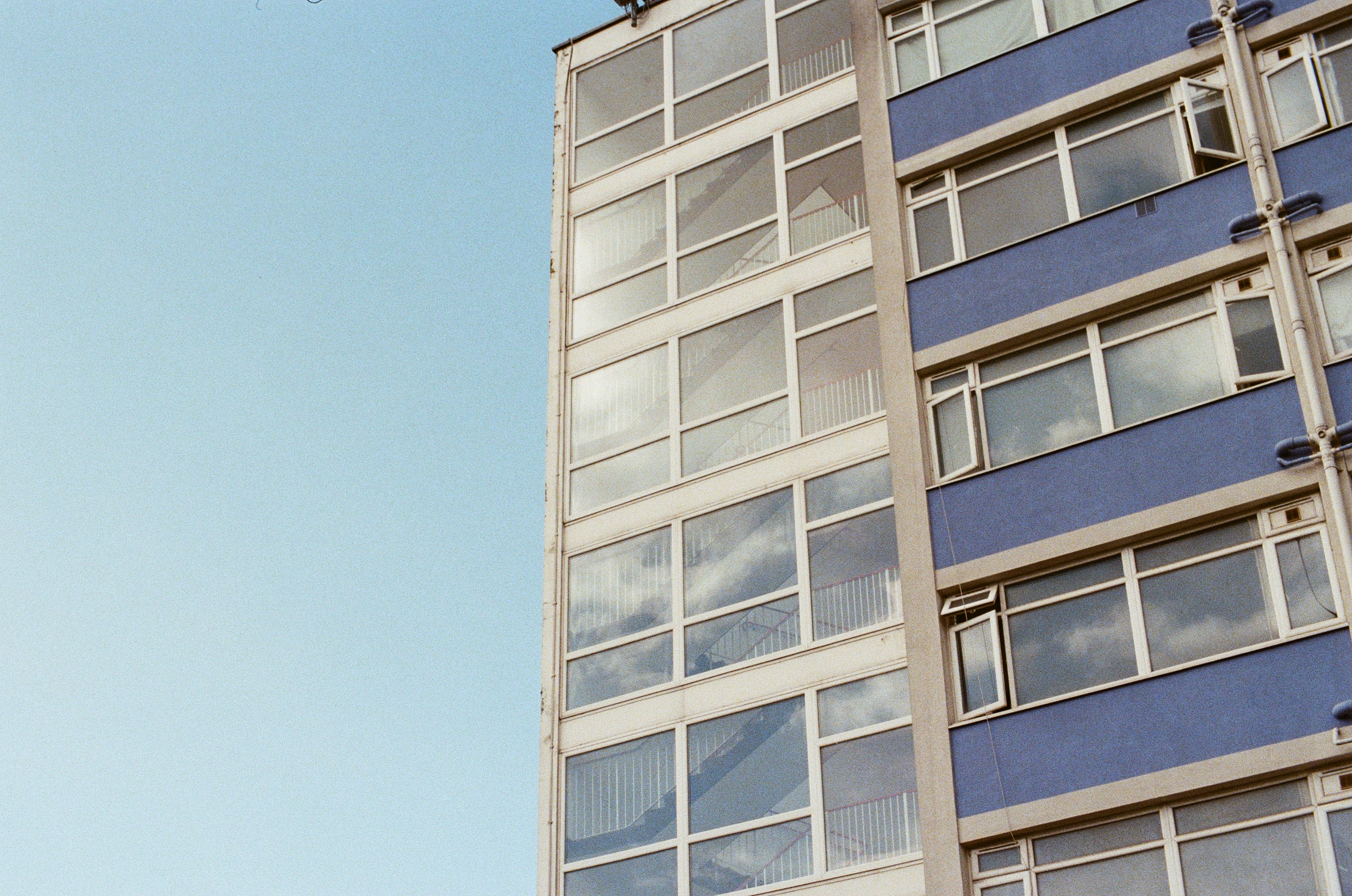
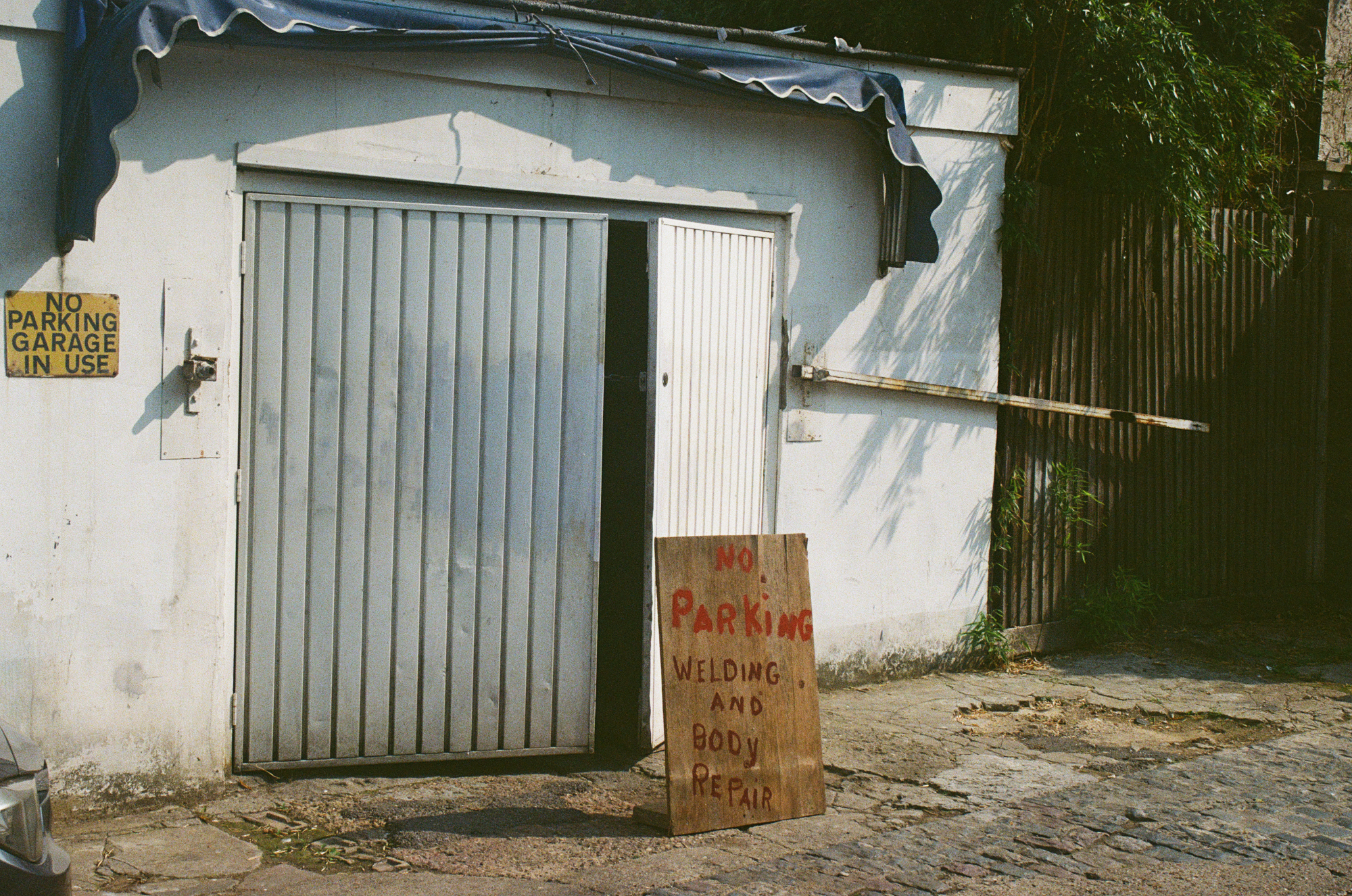
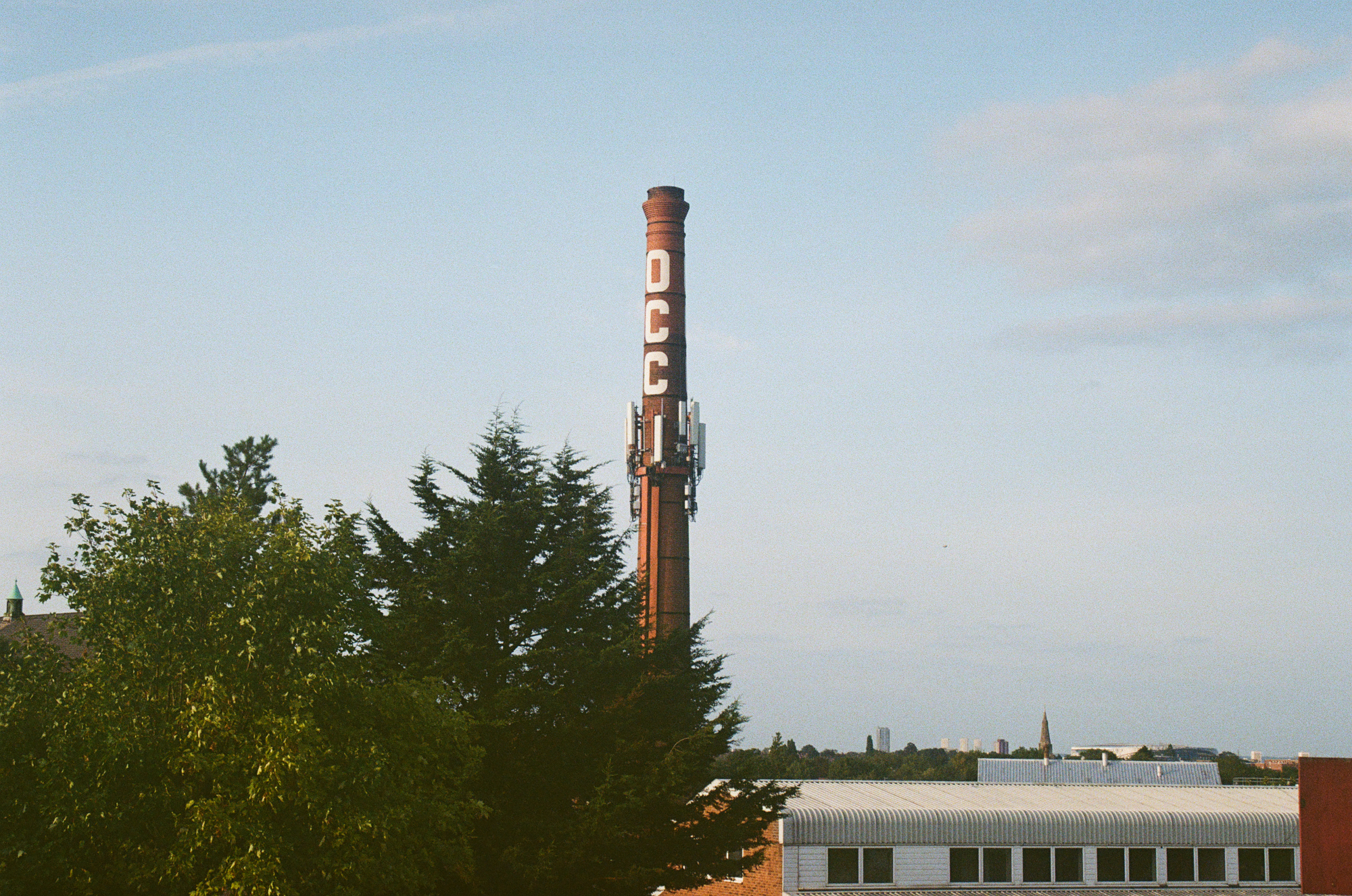
This is one of the most widely-available color print films available today - with an ISO400 speed that makes it a sensible choice for a wide variety of subjects. The film has a wide exposure latitude; this is particularly useful when using this with old cameras where you can't guarantee the metering - or with basic models that have no built-in metering at all. As we have come to expect from Kodak mass-market films, Ultramax offers rich colors and punch contrast that many photographers love.
Read more: Kodak Ultramax 400 review
Specifications
Reasons to buy
Reasons to avoid
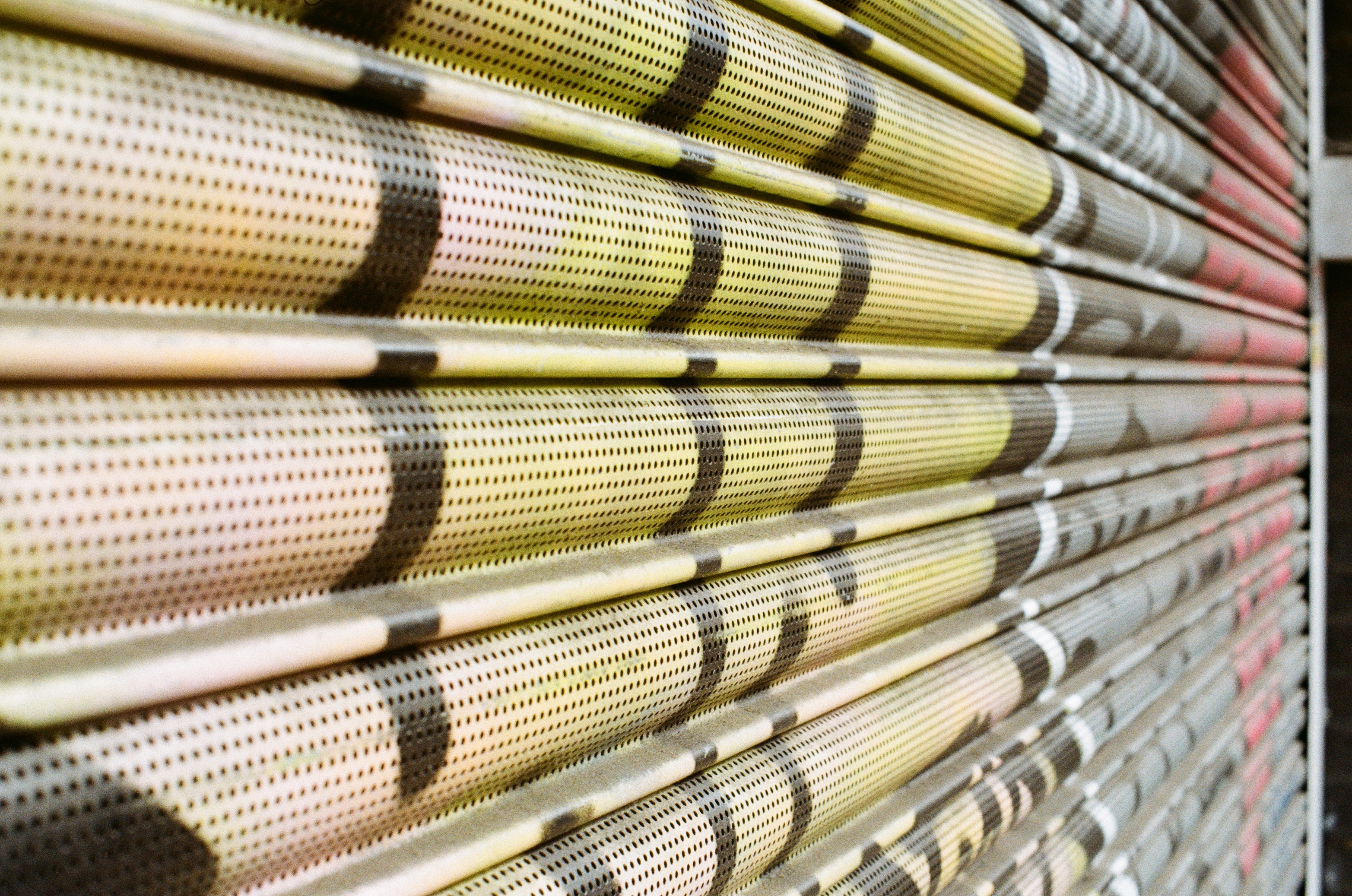
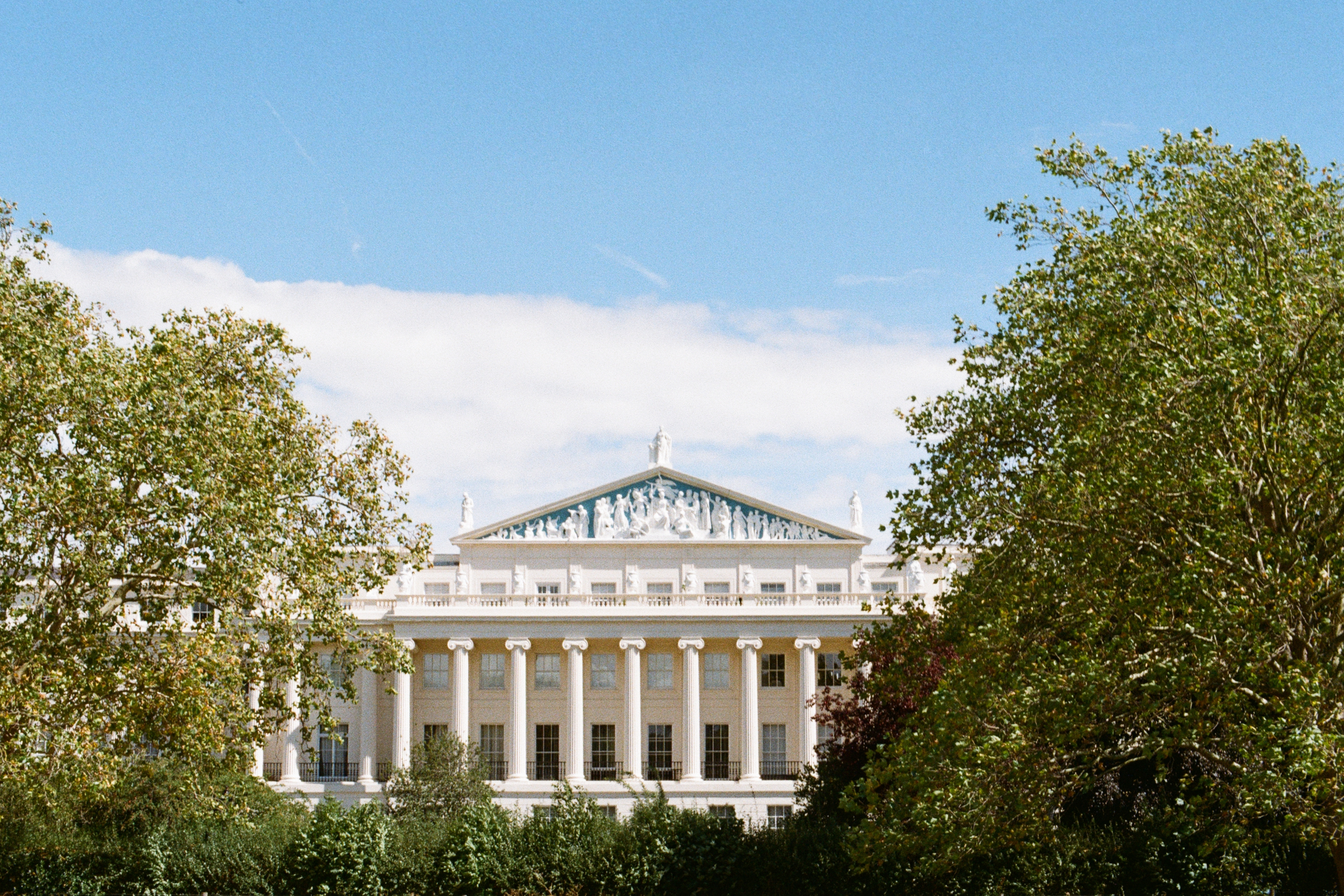
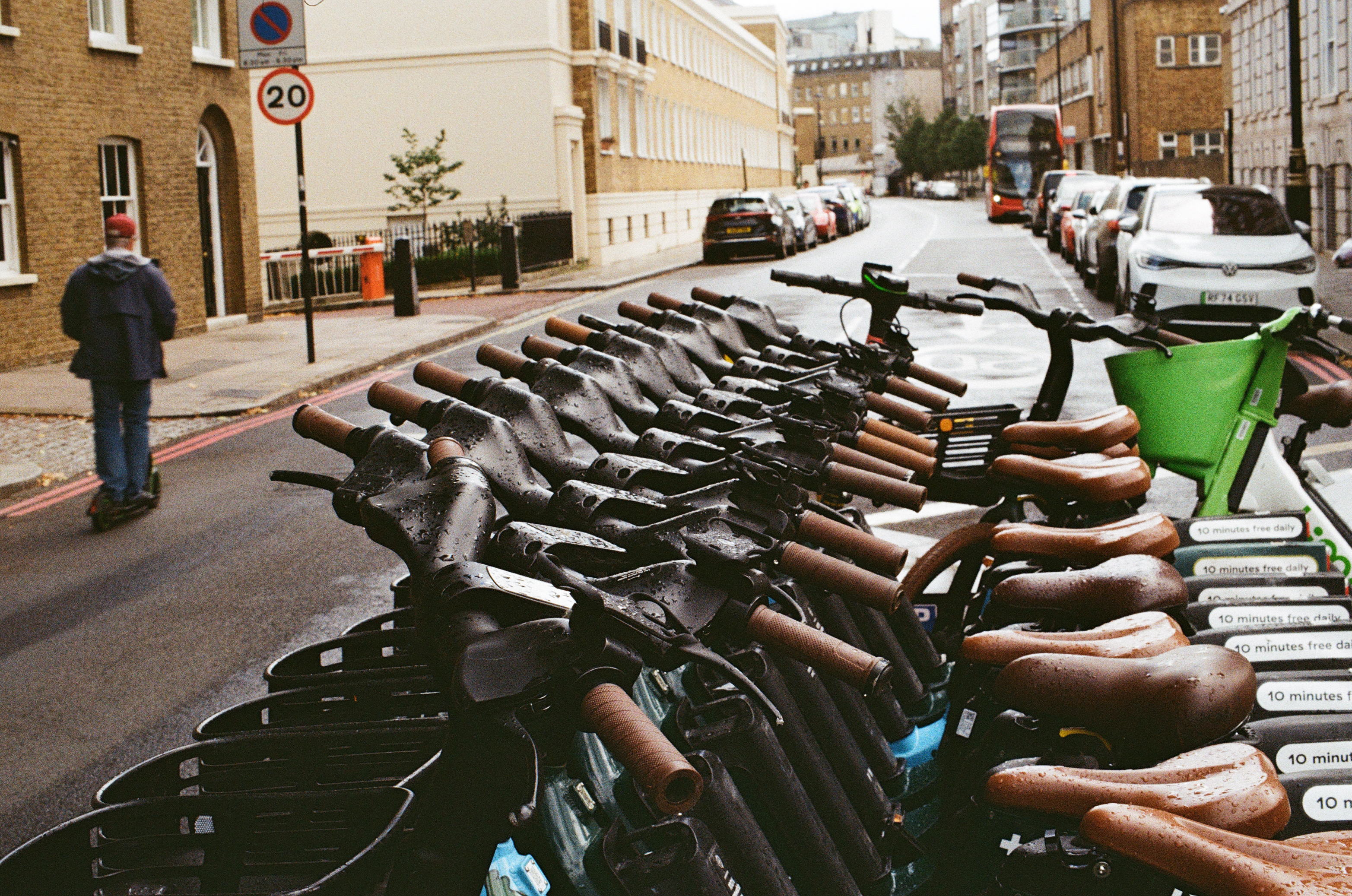
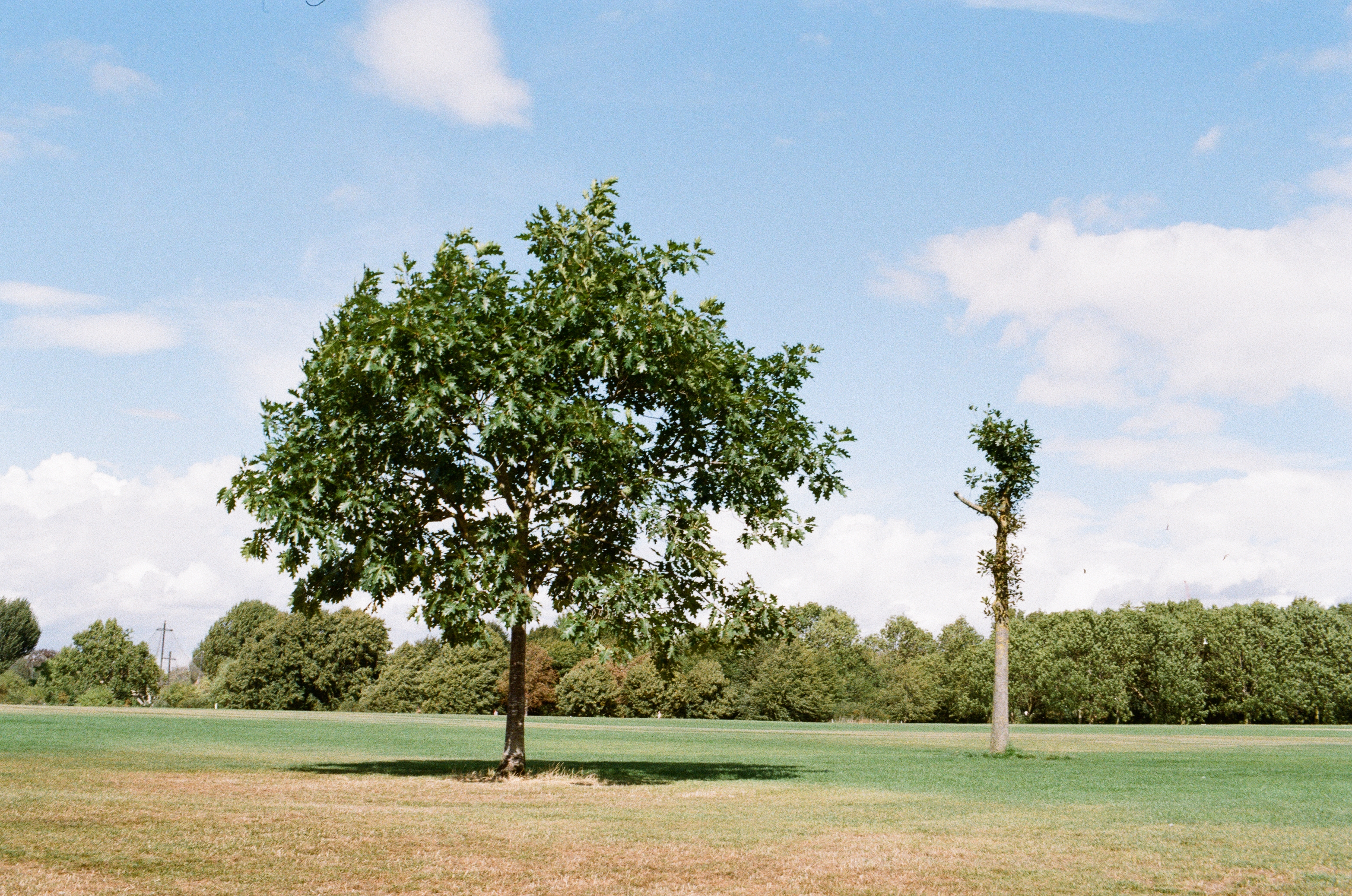
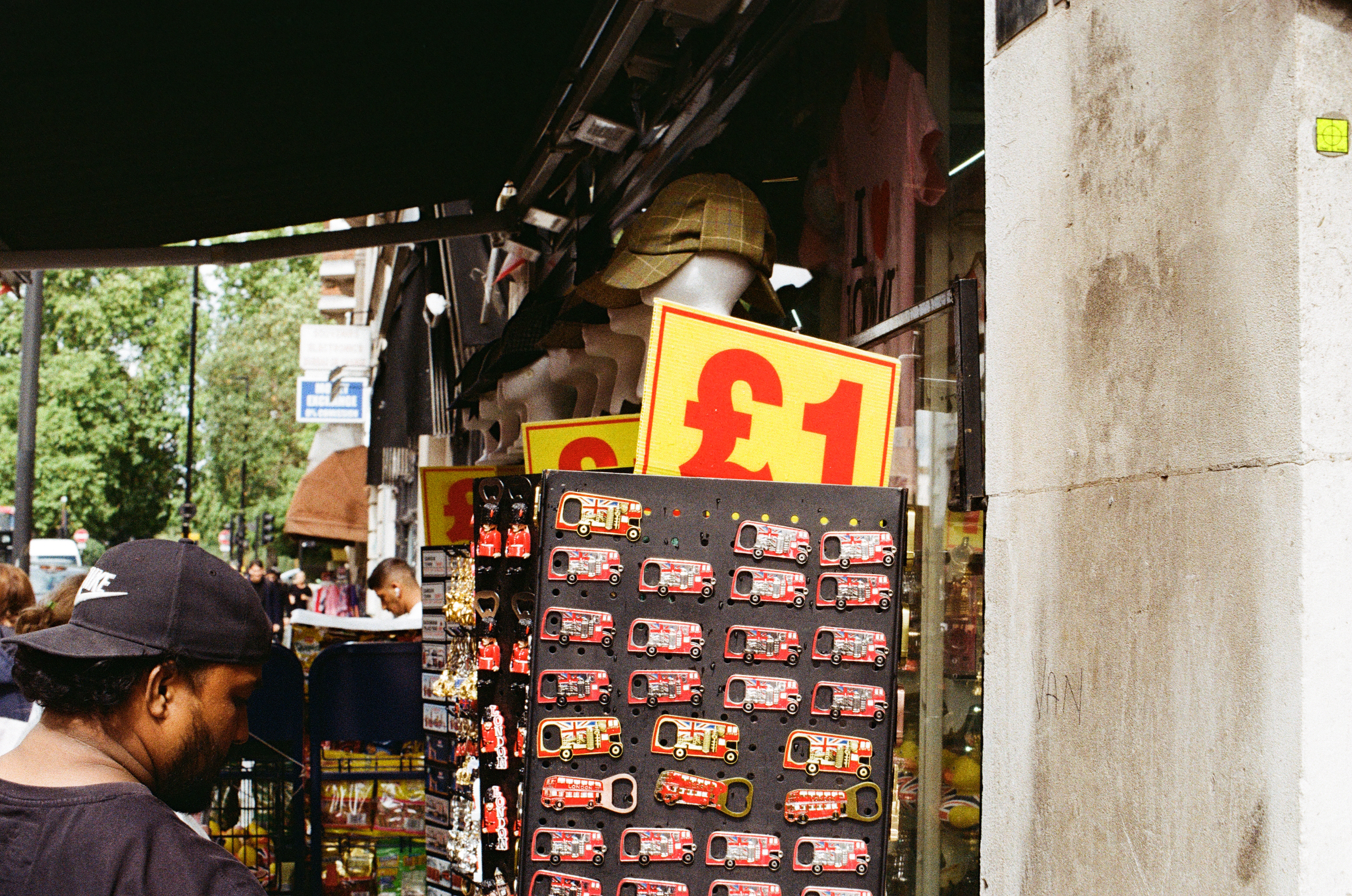
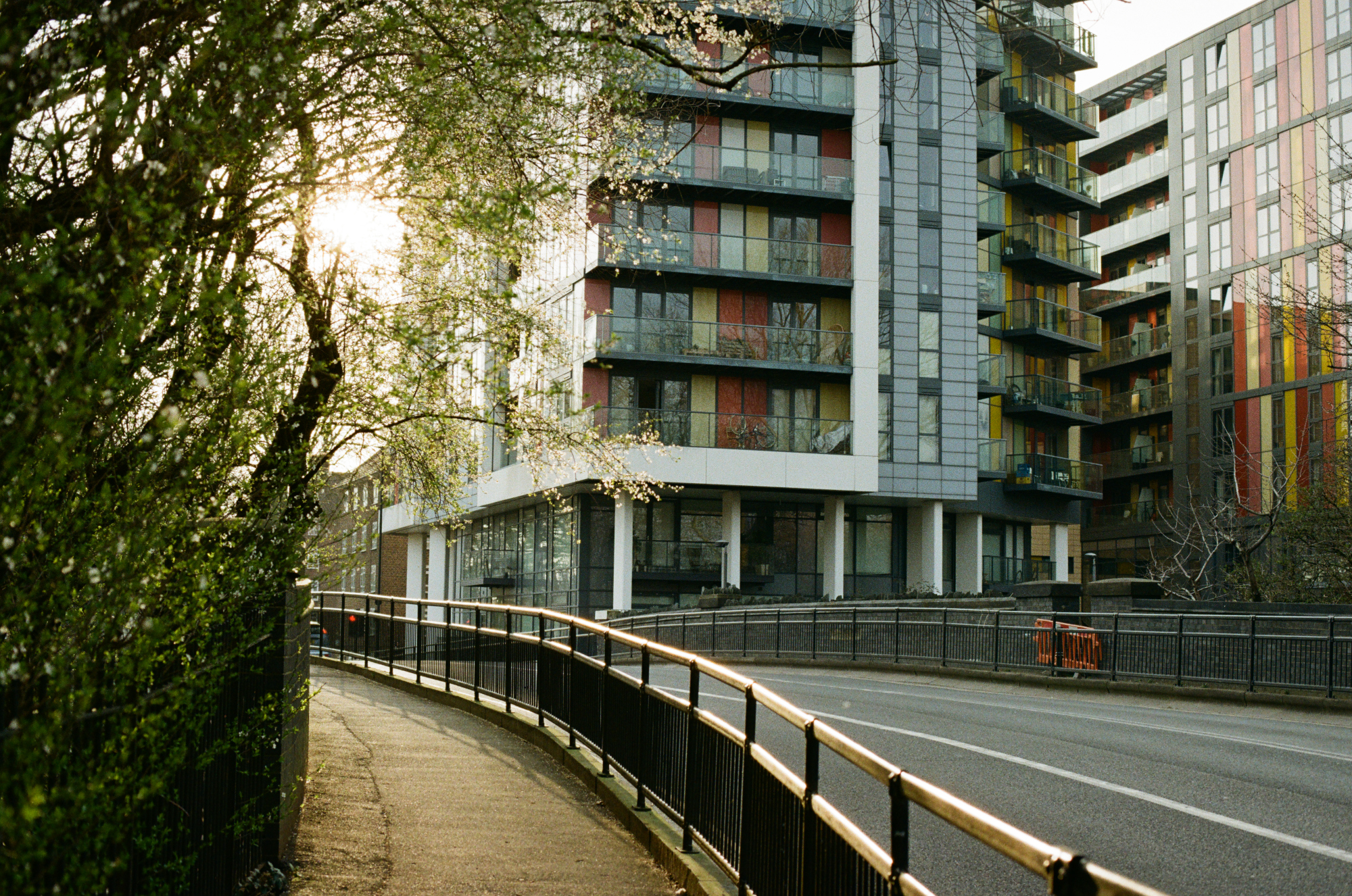
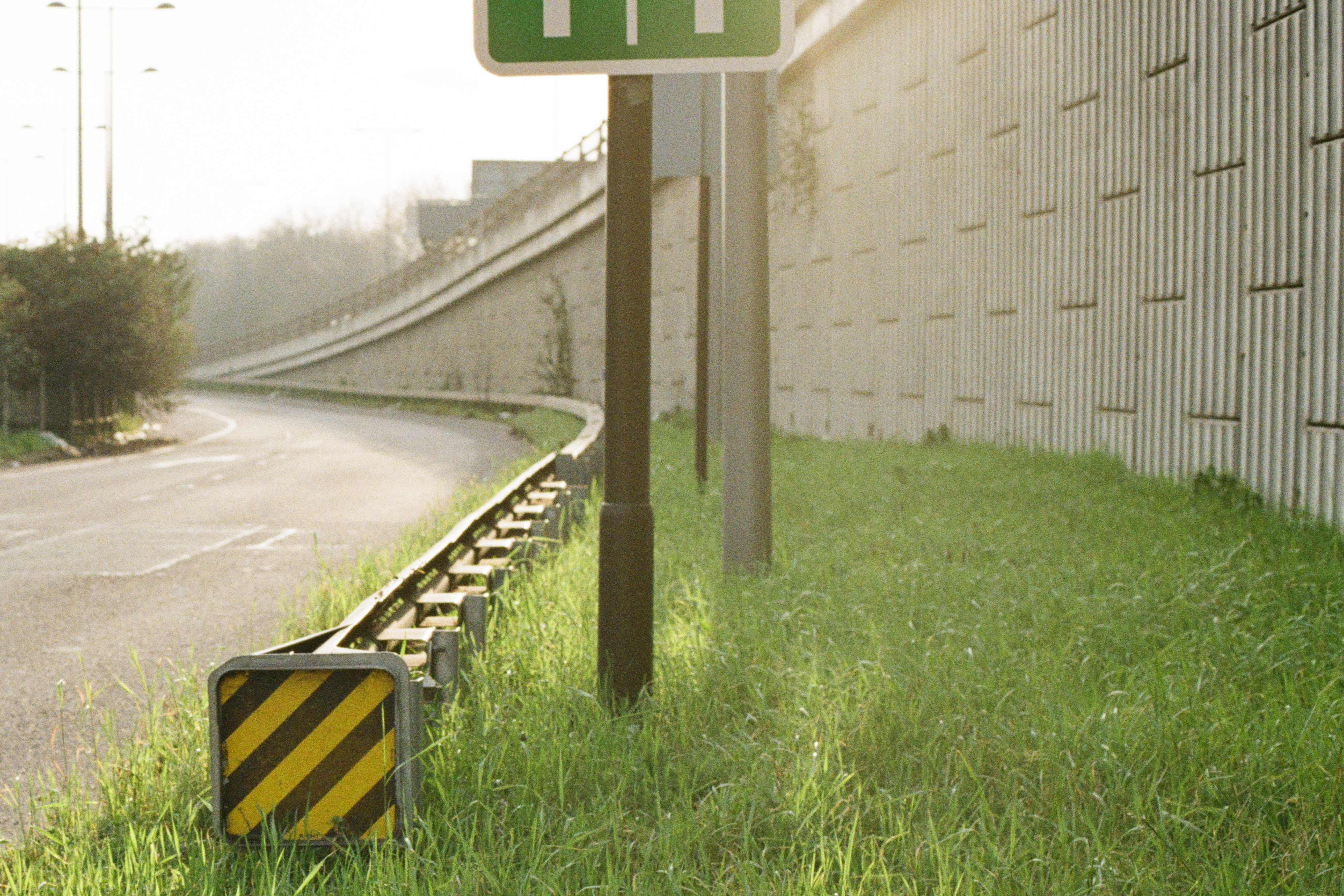
This is a very similar film in terms of looks and uses as Kodak Ultramax - the key difference is that it is a stop slower, with an ISO rating of 200. As such, this is the better choice of the two if you are shooting in bright outdoor conditions - as this should give marginally less grain than its ISO400 sibling. Widely available - and if you shop around this should be more affordable than many other color print films on the market (but do note that 24-exposure rolls can cost as much as a 36-exposure one!).
Read more: Kodak ColorPlus 200 review
Best black and white film
Specifications
Reasons to buy
Reasons to avoid
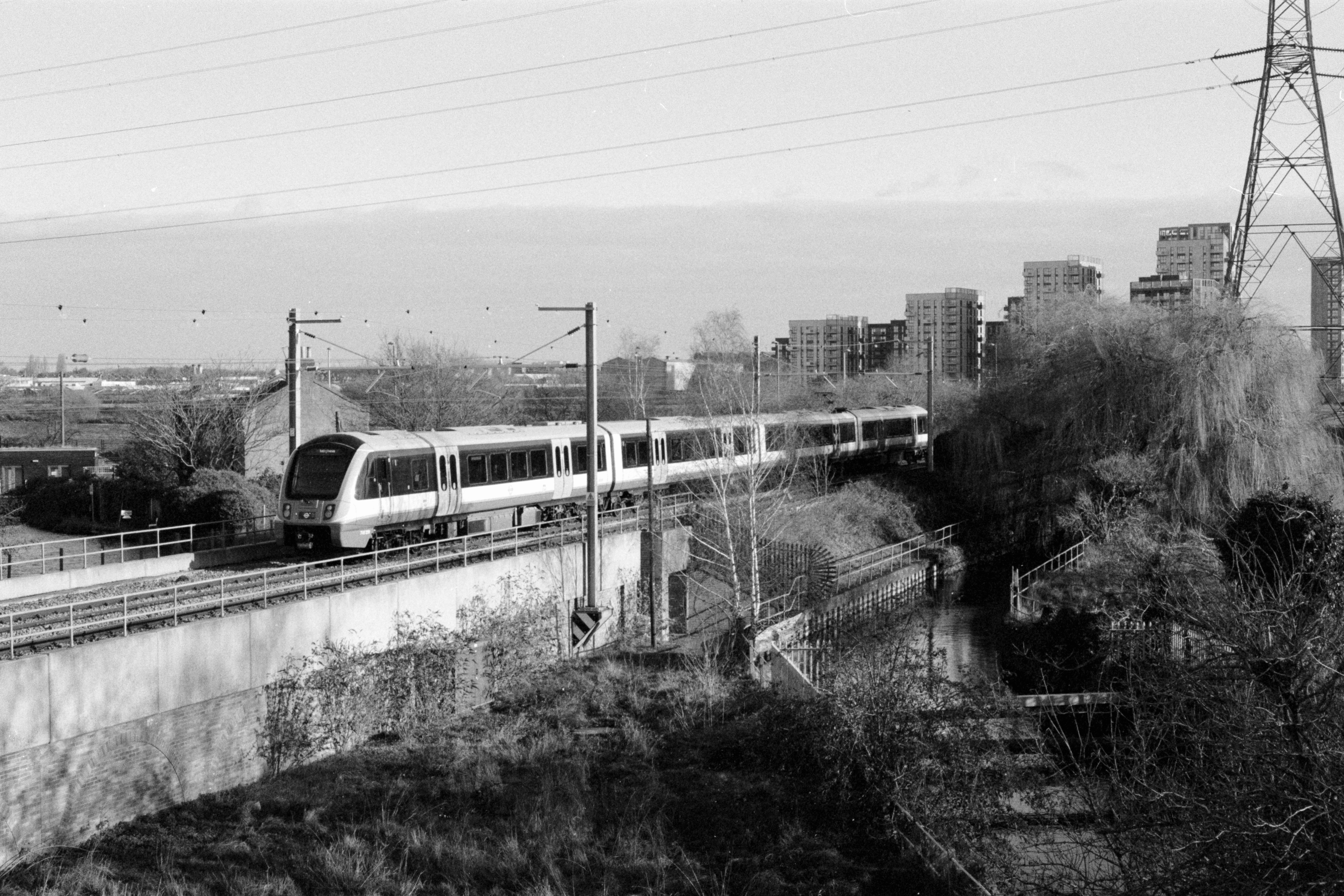
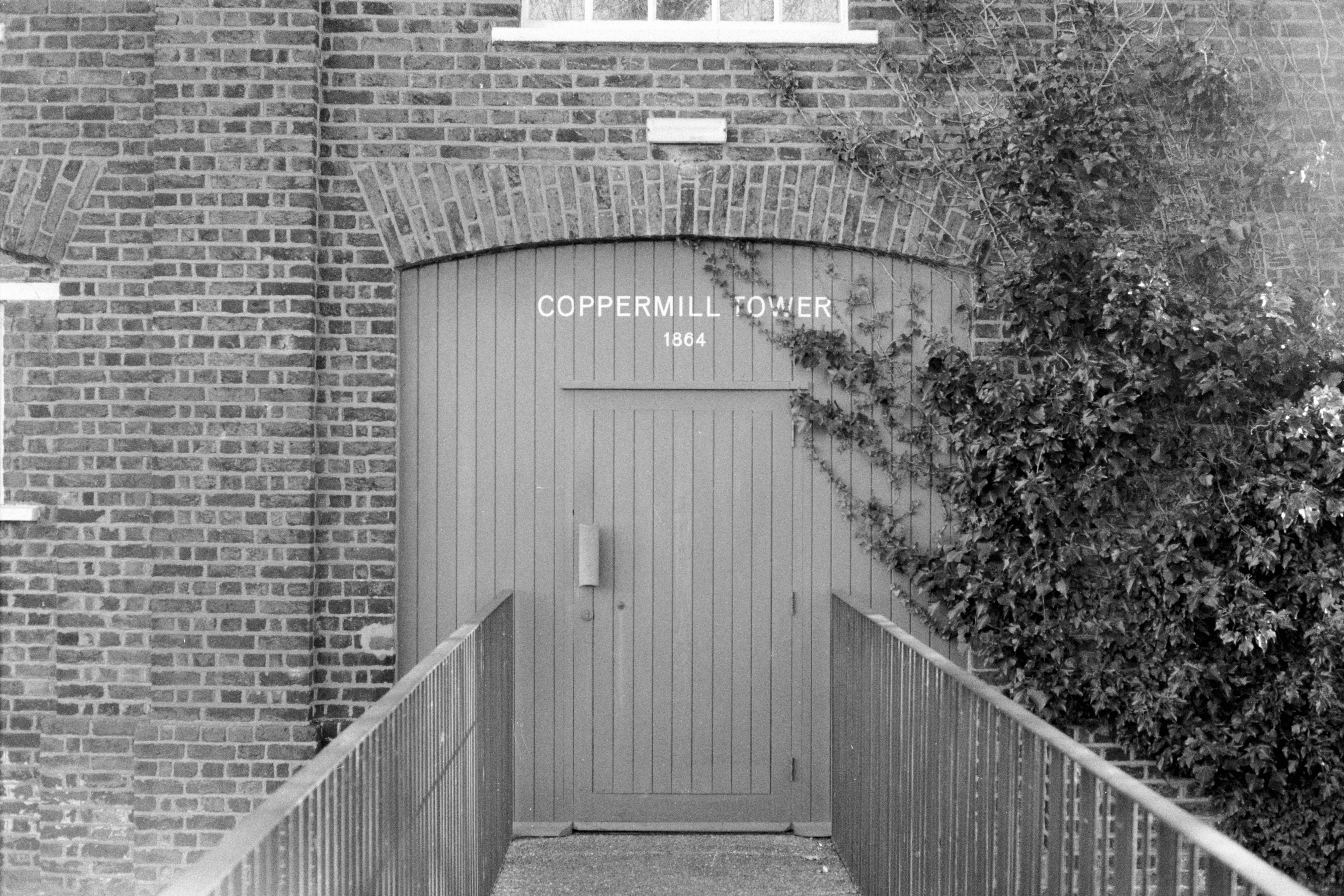
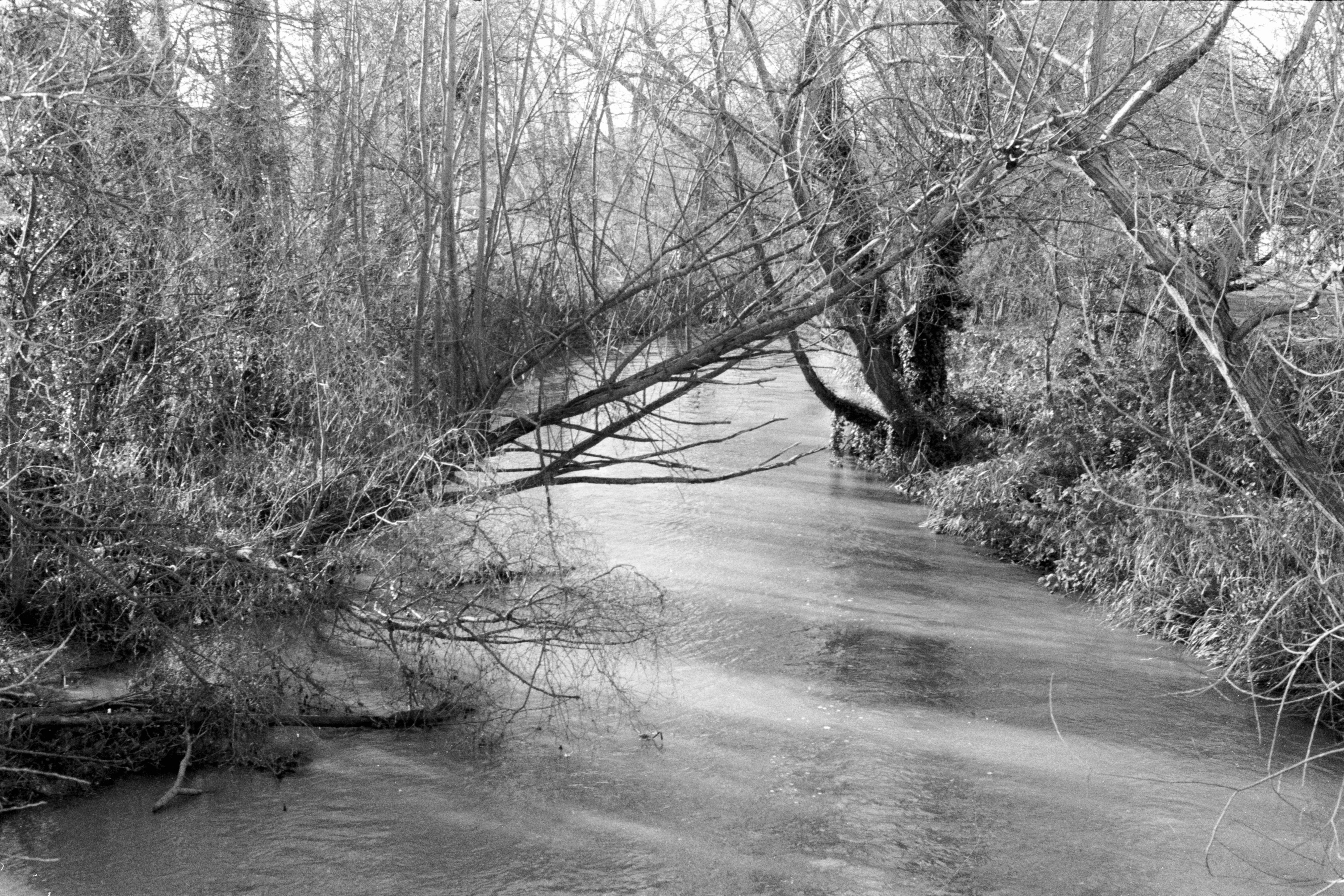
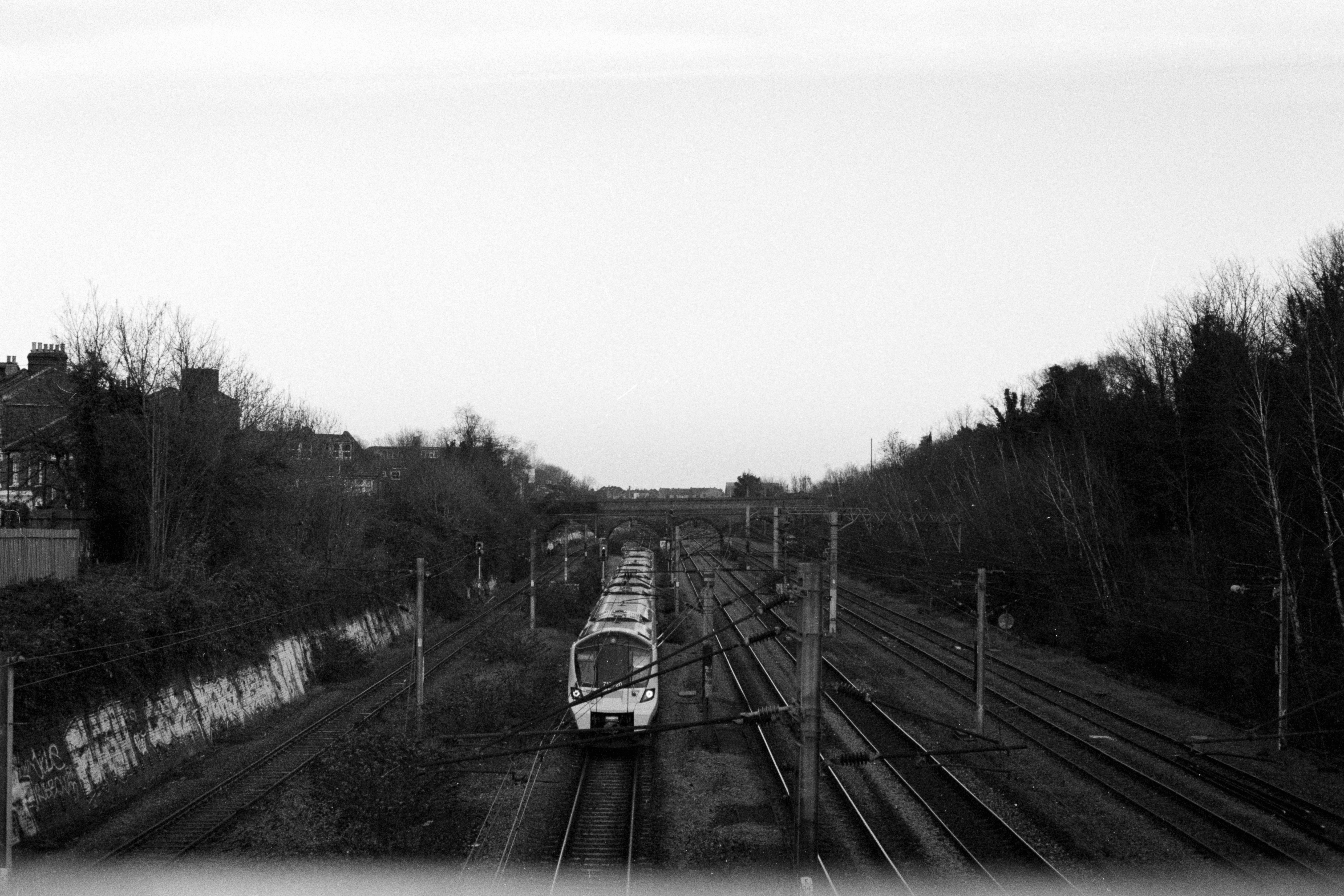
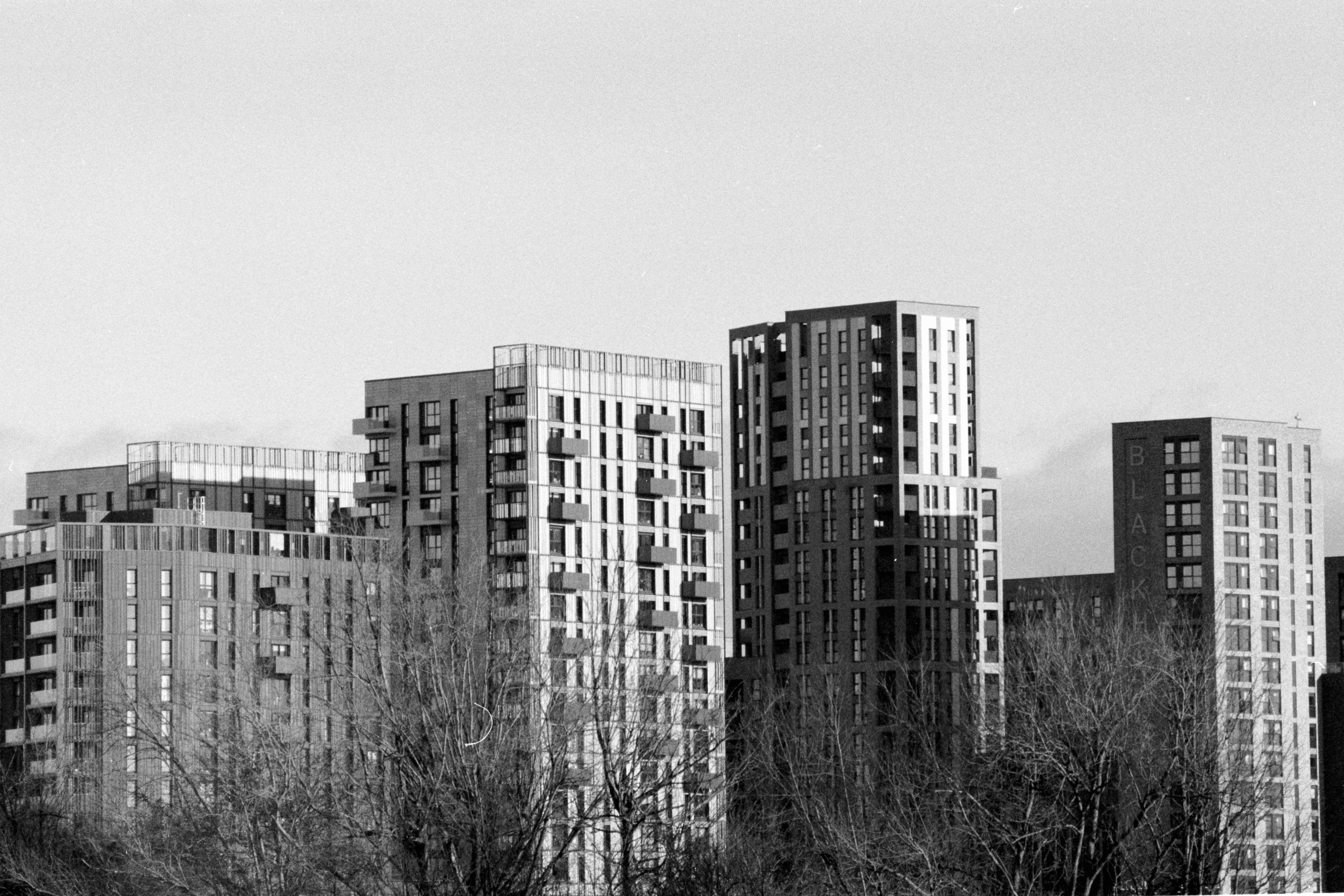
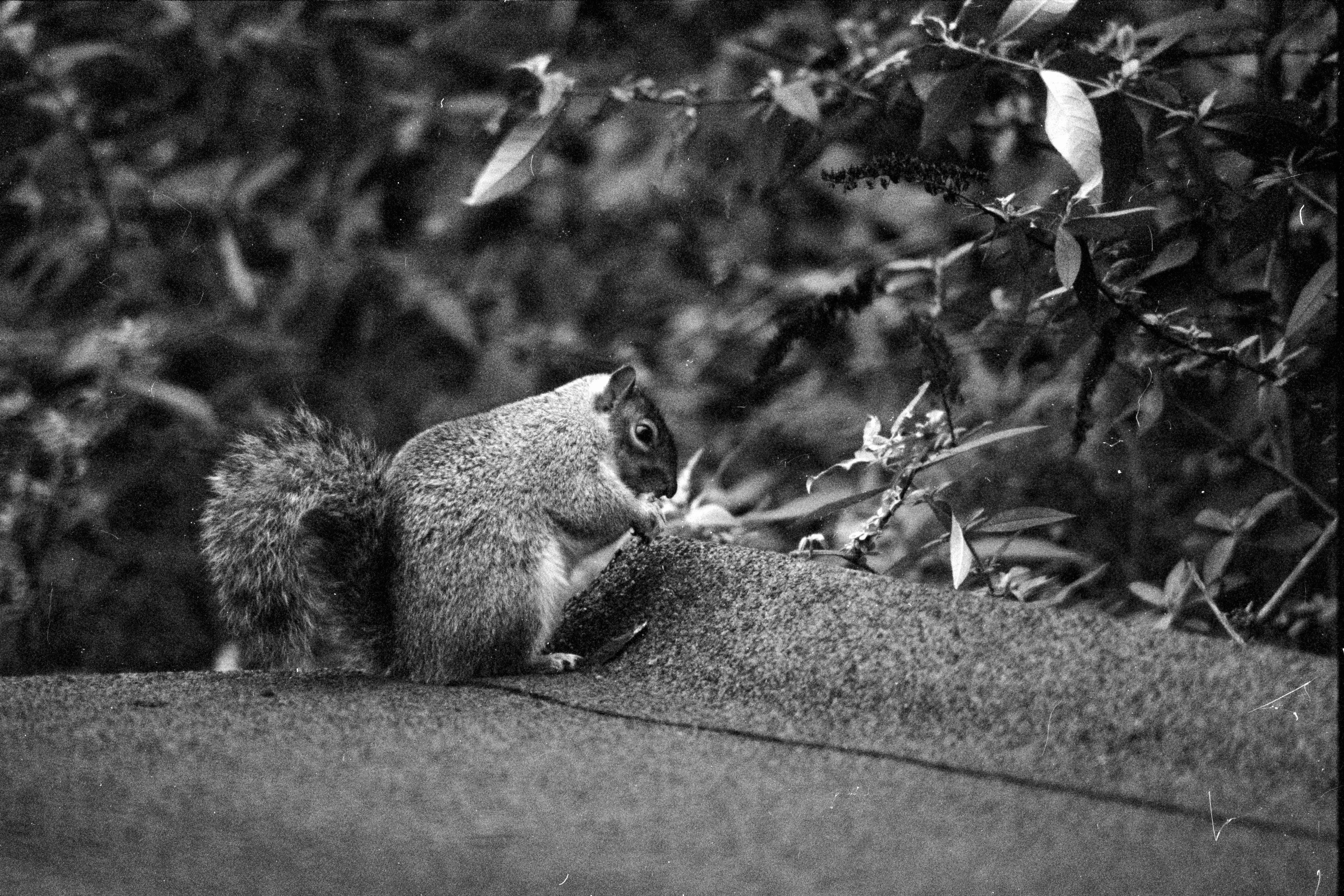
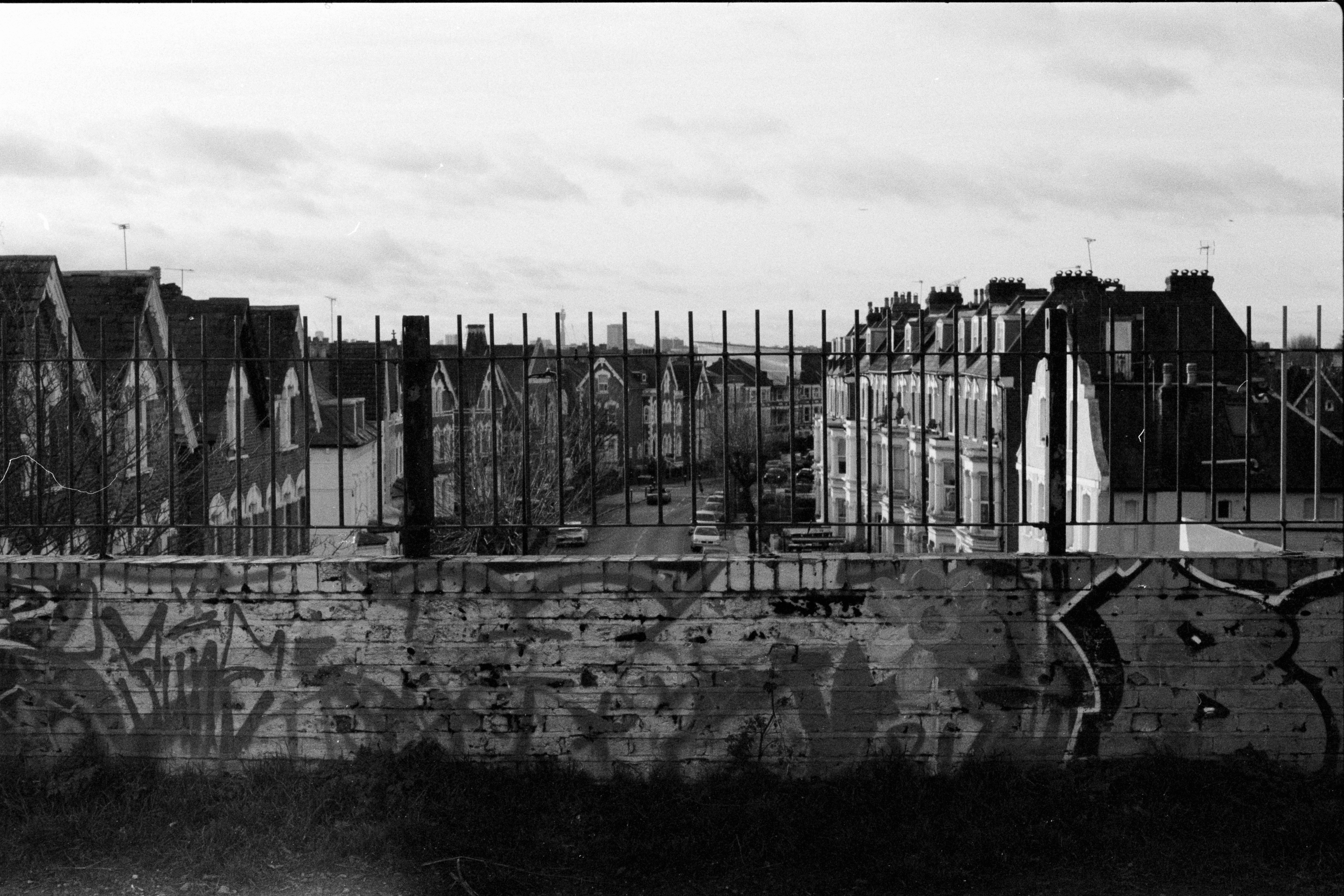
Ilford's latest version of its classic fast film can be developed in traditional black-and-white chemistry. It is a great all-round film, suitable for those who just want to try monochrome – or for those who are looking for a film that will respond well to push processing for lowlight use.
Read our full Ilford HP5 Plus review
Kodak TRI-X 400
Specifications
Reasons to buy
Reasons to avoid
What can you say about Kodak Tri-X? Made famous by a generation of documentary and war photographers, it's pretty tolerant of exposure variations and push/pull processing and produces strong gritty images with good detail rendition. Maybe a bit rough and ready for today's tastes, but it still has 'the look'.
Specifications
Reasons to buy
Reasons to avoid

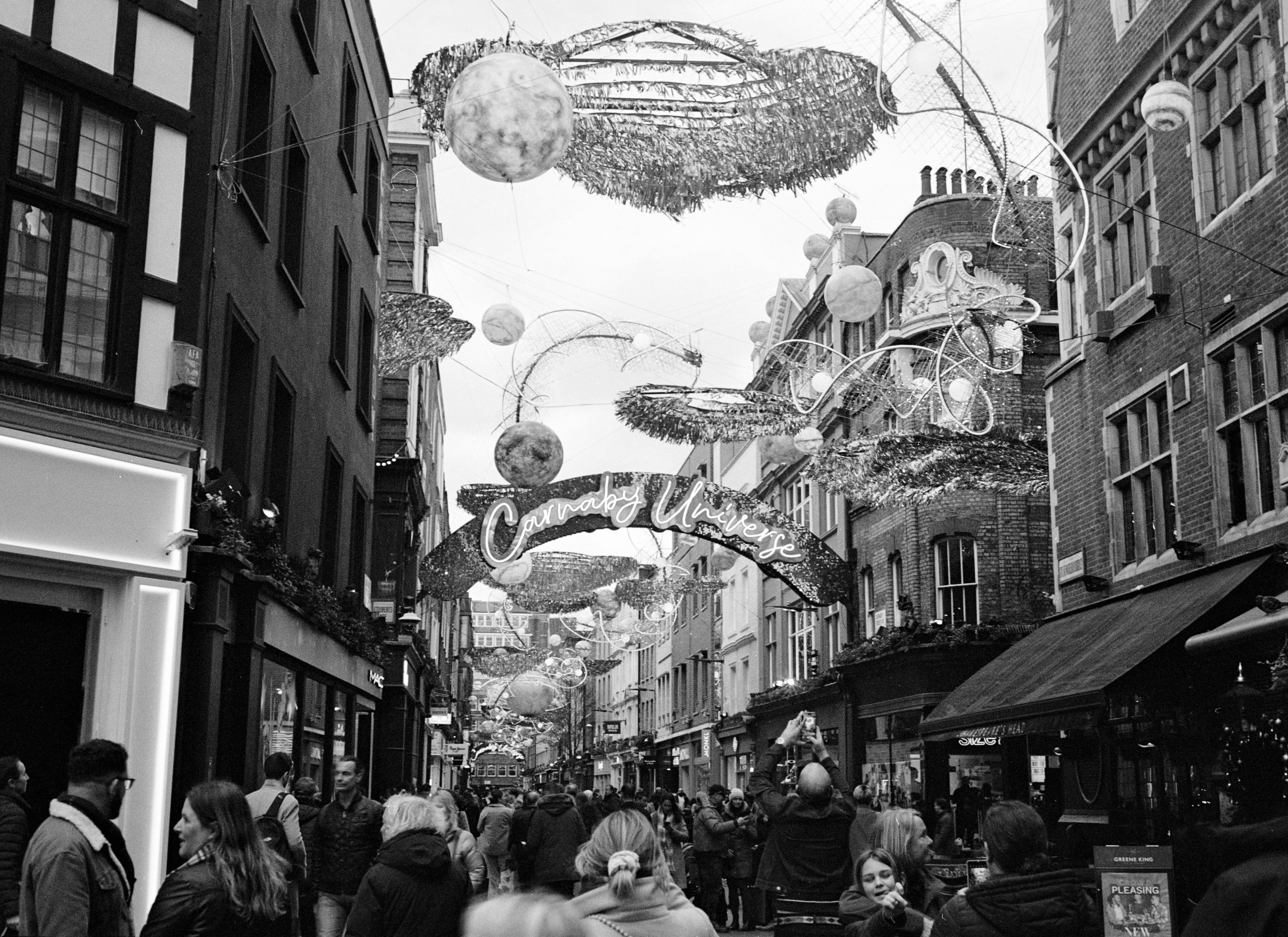
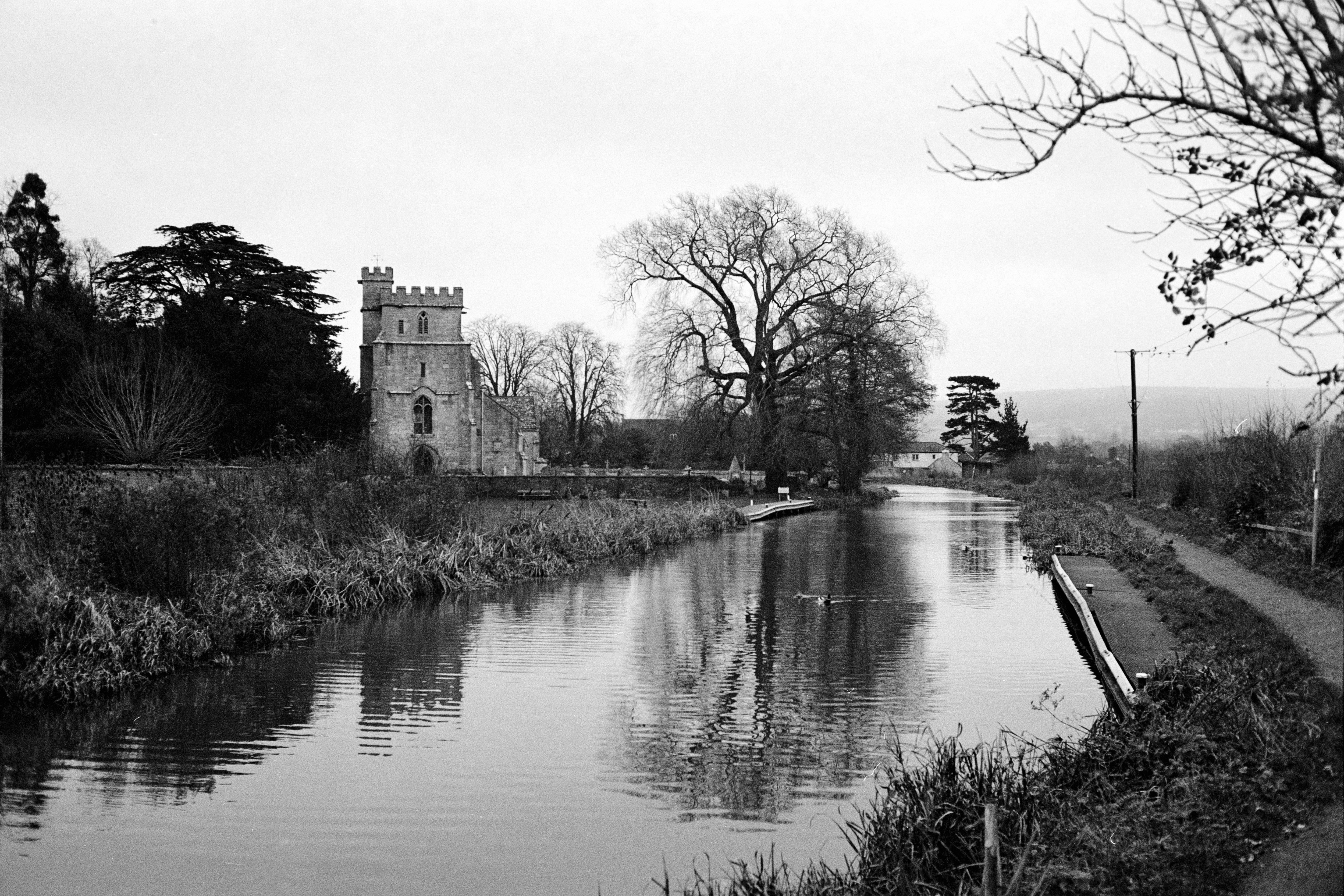
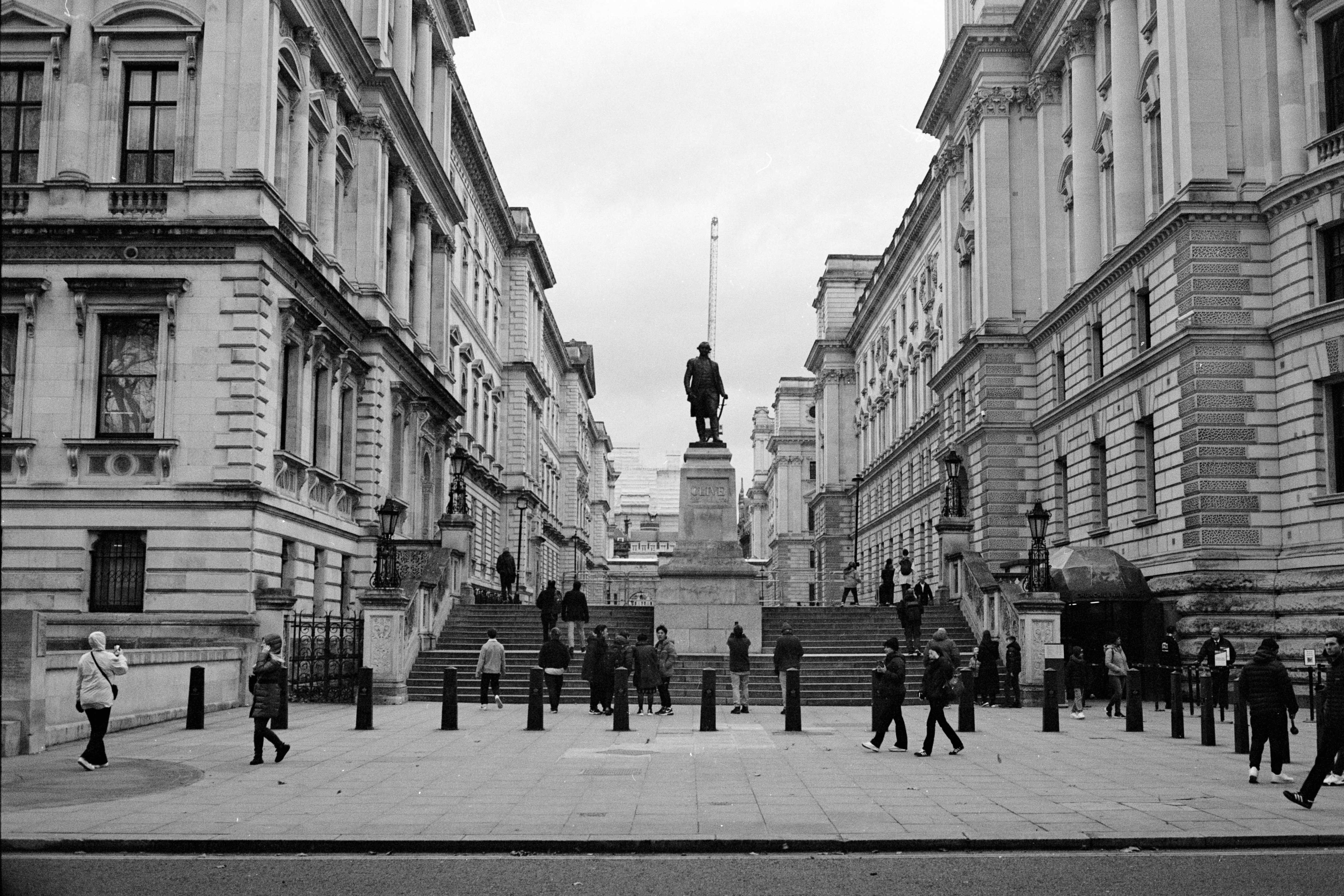

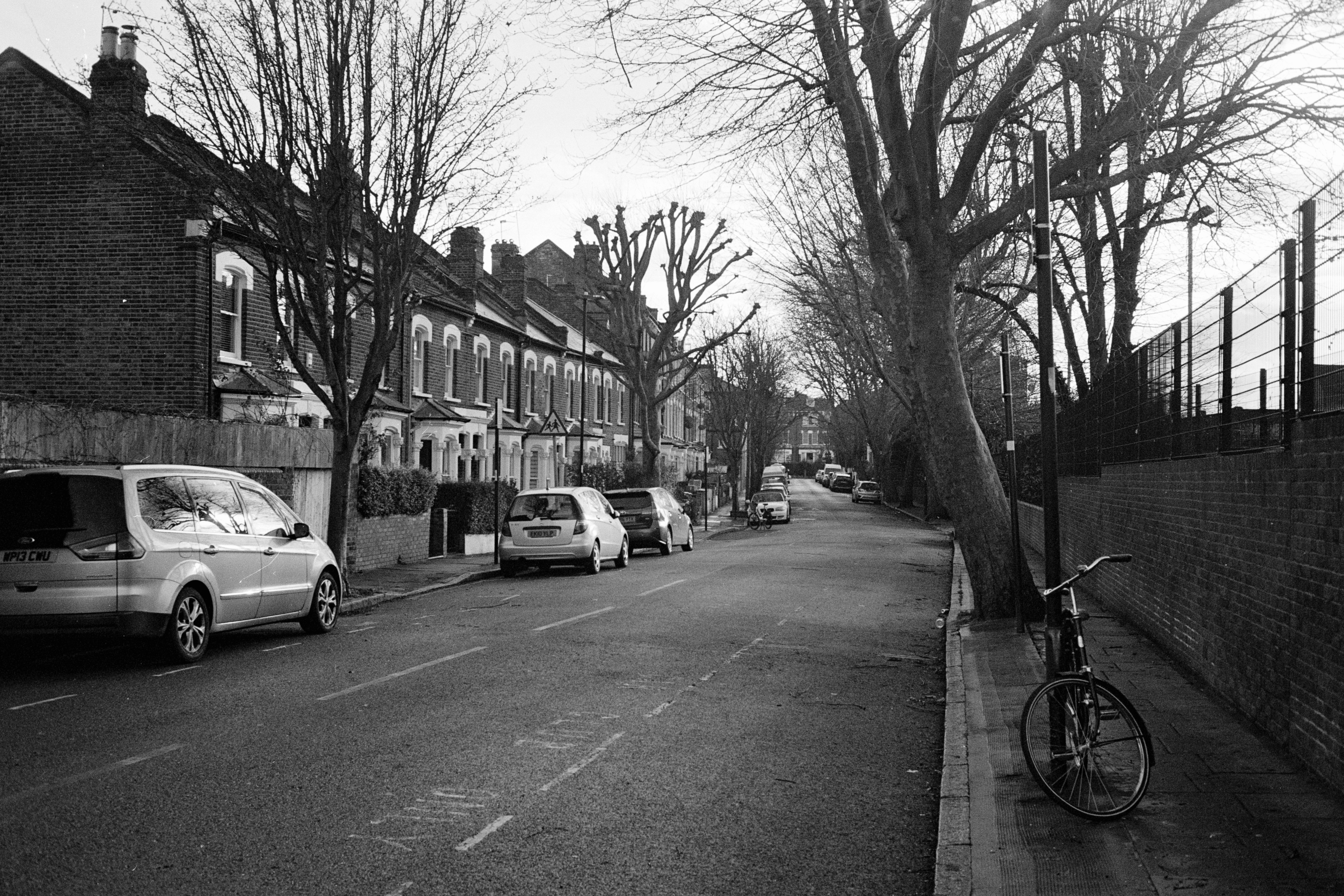
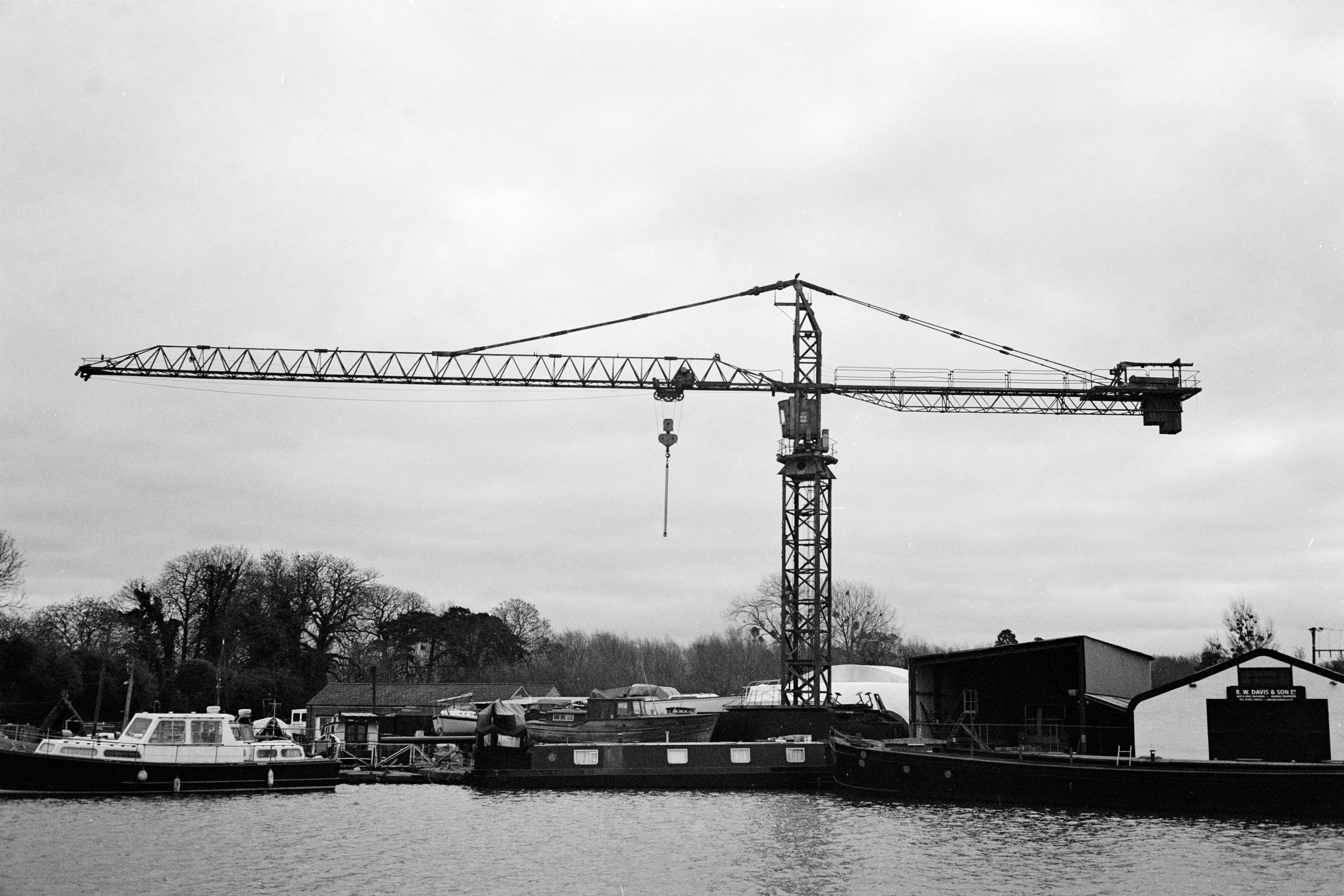
Ilford's XP1 'chromogenic' film caused quite a stir when it first appeared, offering black and white photographers the exposure latitude and easy lab processing of color negative film, with smoother, finer grain than other ISO 400 mono films. The updated XP2S is still an interesting option for 35mm black and white fans who like latitude and not grain!
Read our full Ilford XP2 Super 400 review
Ilford FP4 Plus
Specifications
Reasons to buy
Reasons to avoid
Ilford FP4 Plus is an evolution of a film that's been a favourite among scenic photographers for decades. It's an all-rounder, offering reasonable speed, good contrast and definition and pretty fine grain – though its characteristics will depend on which of many available developers you use with it.
Best transparency film
Fujifilm Velvia 50
Specifications
Reasons to buy
Reasons to avoid
Velvia has gained a reputation as the world's richest, most super-saturated, and sharpest color transparency film ever. Kodachrome used to carry that crown, but it looks positively restrained by comparison. Not everyone loves Velvia 50's strong colors and contrasts, but it's now gained immortality among Fujifilm's digital Film Simulation modes.
Kodak Ektachrome E100
Specifications
Reasons to buy
Reasons to avoid
This film has just been revived by Kodak (the new Kodak film-making spin-off following the break-up of the old company). It offers the same ISO rating as Velvia 100, but you might find it has slightly less exaggerated colors. It uses the same generic E-6 transparency processing chemistry, though, so getting your films developed shouldn't be a problem.
Fujifilm Velvia 100
Specifications
Reasons to buy
Reasons to avoid
Velvia 100 arrived as Velvia 50's more responsible, more usable sibling. It's one f-stop faster, which makes it a fraction easier to use if the light's not good, and the colors are perhaps a bit more natural-looking than Velvia 50's, but there's not much in it. Both films use widely-available E-6 processing, unlike the other old favorite, Kodachrome.
How to choose the best film
Film photography falls into three main categories: color negative film, black-and-white negative film, and transparency (slide) film.
Color Negative Film – This is one of the most widely used types of film, available at specialist camera stores as well as online retailers like Amazon. Developed using the C-41 process—offered by nearly all film labs—it’s an excellent choice for digitization, as it easily accommodates the orange mask and negative tones inherent to color film.
Black-and-White Negative Film – Often considered a more artistic choice, black-and-white film is a favorite among film enthusiasts. One of its biggest advantages is that it can be developed at home, making it popular with students and those who enjoy the hands-on process of film development. However, home processing requires more effort than simply sending it to a lab.
Transparency (Slide) Film – Once a top choice for professional photographers, slide film produces direct positives rather than negatives, eliminating the need for an intermediate printing stage that could degrade quality and add costs. In the past, it was a go-to for submitting work to editors and picture libraries. While it’s less common today, a selection of slide films is still available. Modern transparency films are developed using the E-6 process, which is still widely offered by labs.
What types of film camera are there?
You can read our massive best film cameras guide to find out more, but generally they split into three types: 35mm, medium format and large format cameras. 35mm cameras are the most common, so that's what we'll start with, but medium format cameras are popular too as they offer better quality from their larger negatives and easier high-quality scanning with a flatbed scanner.
Large format cameras are specialized tools used by particularly dedicated photographers. The cameras are expensive, unwieldy and more complex to set up. The film is supplied in sheets and has to be pre-loaded into holders for swapping plates out in the field. Every exposure is an occasion, but that's part of the charm (that and the extraordinary image quality) for fans of large format cameras.
Why do people still shoot film?
Film photography has found its feet again - and it’s not just the die-hards and purists keeping it alive. From Gen Z creatives to seasoned digital shooters looking for a fresh perspective, more people are picking up analog cameras in search of something real, something with character. There’s a charm to film that digital can’t quite replicate. It’s slower, more intentional, and a little bit unpredictable. But that’s exactly where the magic lies.
Modern mirrorless cameras might give you face detection, pin-sharp autofocus, and 60fps bursts, but let’s be honest - it’s all a bit clinical. Film gives you a feeling. The mechanical clunk of the shutter, the deliberate wind-on between frames, the weight of the camera in your hands - it’s a tactile, almost meditative experience. And unlike digital, where you see your image the second after taking it, film makes you wait. There's no instant gratification, just the quiet anticipation of seeing what you’ve captured. And when you do get it right, the payoff is beautiful.
Of course, choosing the right film can feel like a minefield at first. There are different formats - 35mm, medium format, and large format - and each has its own look and feel. Then there’s the aesthetic: color or black and white, soft and muted or rich and contrasty. Think of it as the original way to set your style - long before Instagram filters or Fuji’s digital film simulations came into play.
This guide breaks it all down. Whether you're after the nostalgic grain of a classic emulsion or the bold punch of something a little more modern, I’ve picked out the best films you can buy today. And if you’re still finding your feet, don’t worry - once you’ve got your camera and format sorted, the rest starts to fall into place.
How we test film
At Digital Camera World, many of our reviewers and other contributors have been shooting since the heyday of film, so we're more than prepared to lend our critical eye to analog photography kit as well as digital. When we test film, we do exactly what you would expect – load it up into a film camera and shoot a few rolls. We assess the film's colour palette, consistency, dynamic range, grain and tolerance for over/underexposure.
We shoot a variety of different subjects – human, vegetable, animal and mineral – to get a sense of how the film performs in different situations, and will generally do our shooting at the manufacturer's recommended box speed. Learn more about how we test and review at Digital Camera World.
The best camera deals, reviews, product advice, and unmissable photography news, direct to your inbox!
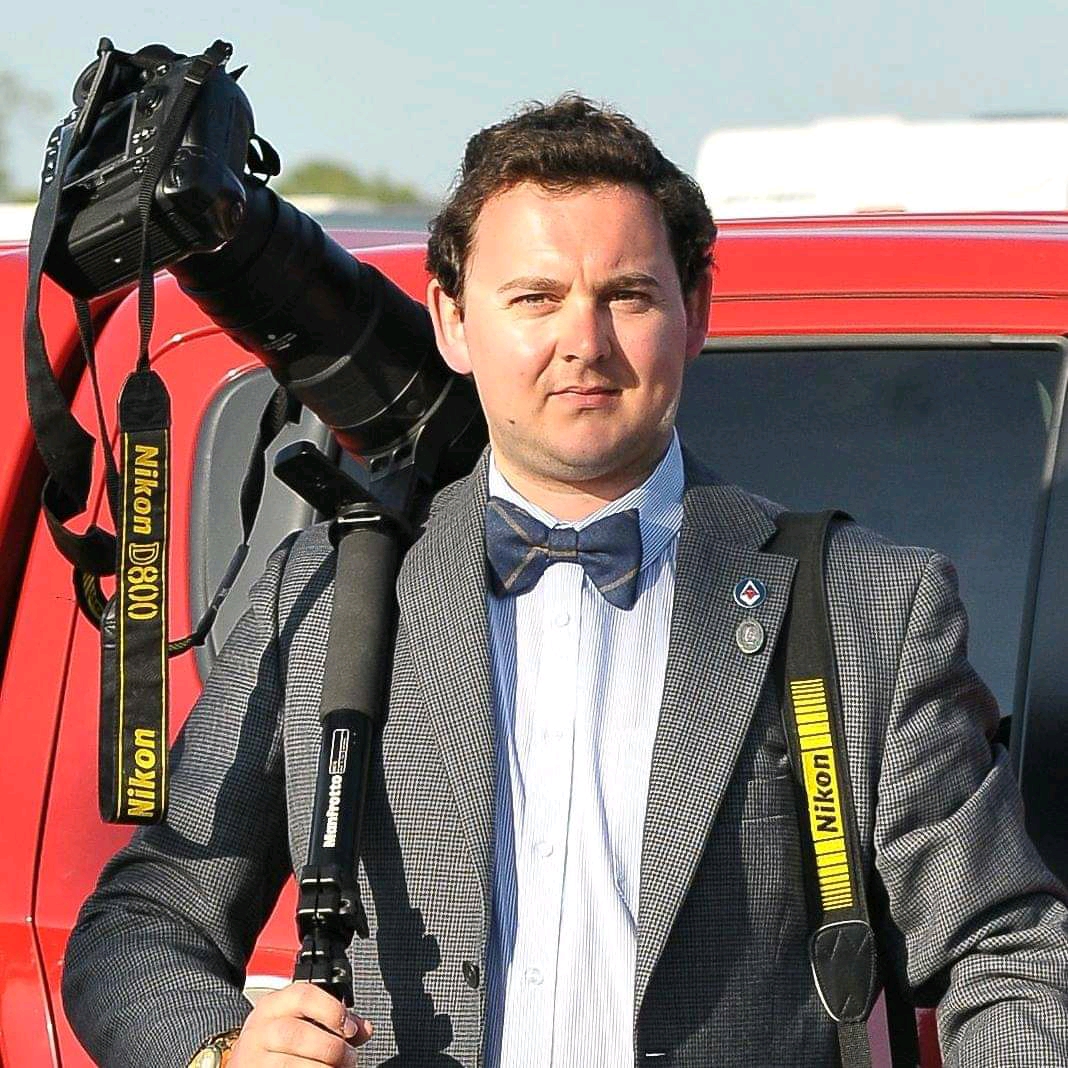
For nearly two decades Sebastian's work has been published internationally. Originally specializing in Equestrianism, his visuals have been used by the leading names in the equestrian industry such as The Fédération Equestre Internationale (FEI), The Jockey Club, Horse & Hound, and many more for various advertising campaigns, books, and pre/post-event highlights.
He is a Fellow of the Royal Society of Arts, holds a Foundation Degree in Equitation Science, and holds a Master of Arts in Publishing. He is a member of Nikon NPS and has been a Nikon user since his film days using a Nikon F5. He saw the digital transition with Nikon's D series cameras and is still, to this day, the youngest member to be elected into BEWA, the British Equestrian Writers' Association.
He is familiar with and shows great interest in 35mm, medium, and large-format photography, using products by Leica, Phase One, Hasselblad, Alpa, and Sinar. Sebastian has also used many cinema cameras from Sony, RED, ARRI, and everything in between. He now spends his spare time using his trusted Leica M-E or Leica M2, shooting Street/Documentary photography as he sees it, usually in Black and White.
- Gareth BevanReviews Editor
- Jon Stapley
